We’re back in the Bay! First impressions are that it’s cold, crowded, and there are just not enough sunlight hours to keep us going. However, everyday is getting a little easier and our focus is becoming clearer. We’re staying with our parents in Livermore and we’ve both started working in Oakland leaving us with a bit of a commute. This brings us to the challenge of balancing our work days to find time to cook healthy meals. For the past 2 weeks, we’ve been spoiling ourselves eating out at Ethiopian and Vietnamese restaurants. We even found some amazing vegan South Indian dosas in Berkeley that made us think of Fiji.
We feel empowered by making delicious food at home that both saves money and is generally healthier. However, there are a few select restaurants that we like to treat ourselves to from time to time. When we're staying in or around Suva, our go-to restaurant is Govinda Vegetarian Restaurant in Sports City.
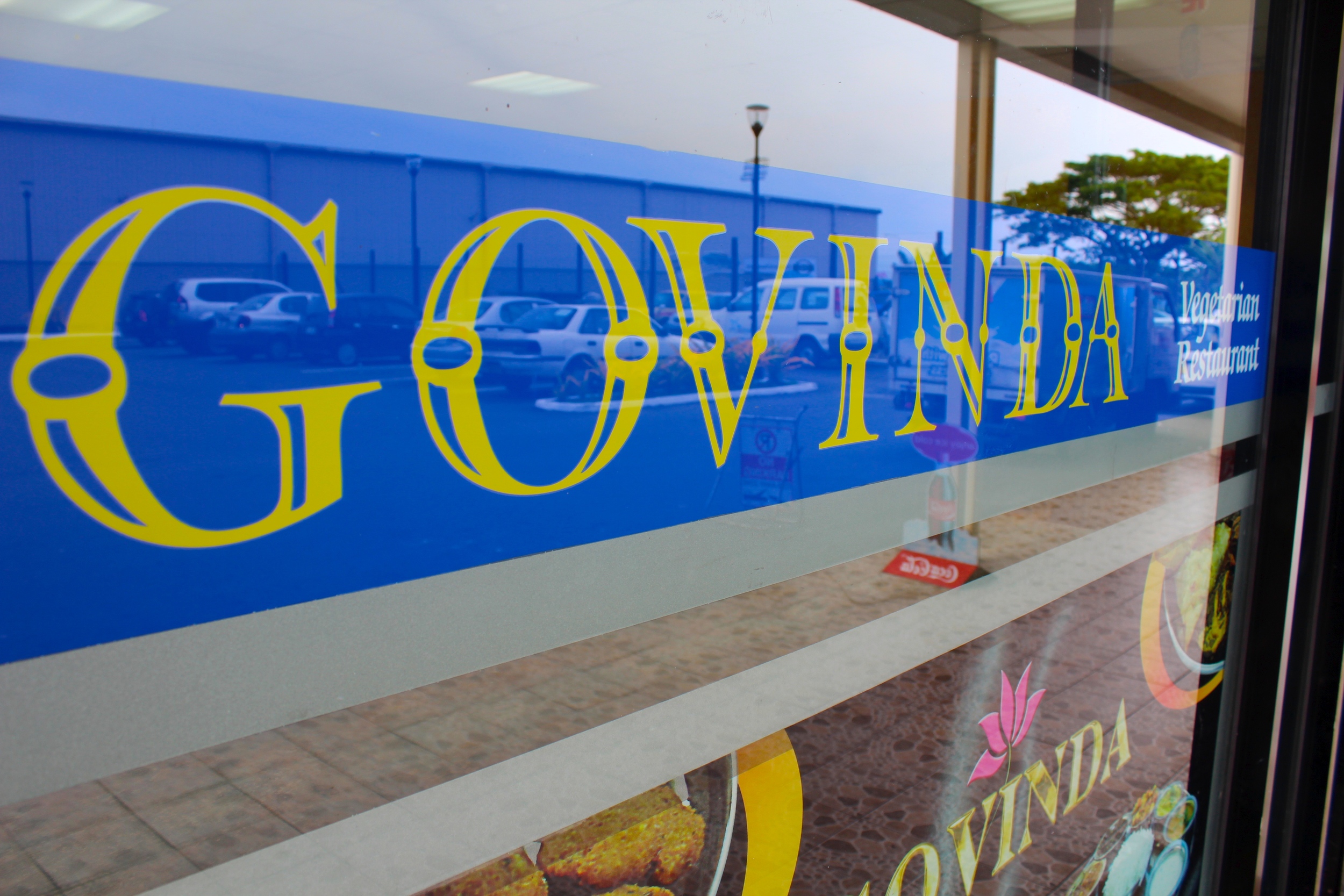
Govinda has a cafeteria-style setup that allows you to pick a large variety of dishes. Each dish is about $2FJD or less, allowing you to choose a large variety. Many of the curries are vegan, though some to have dairy, so be sure to ask.
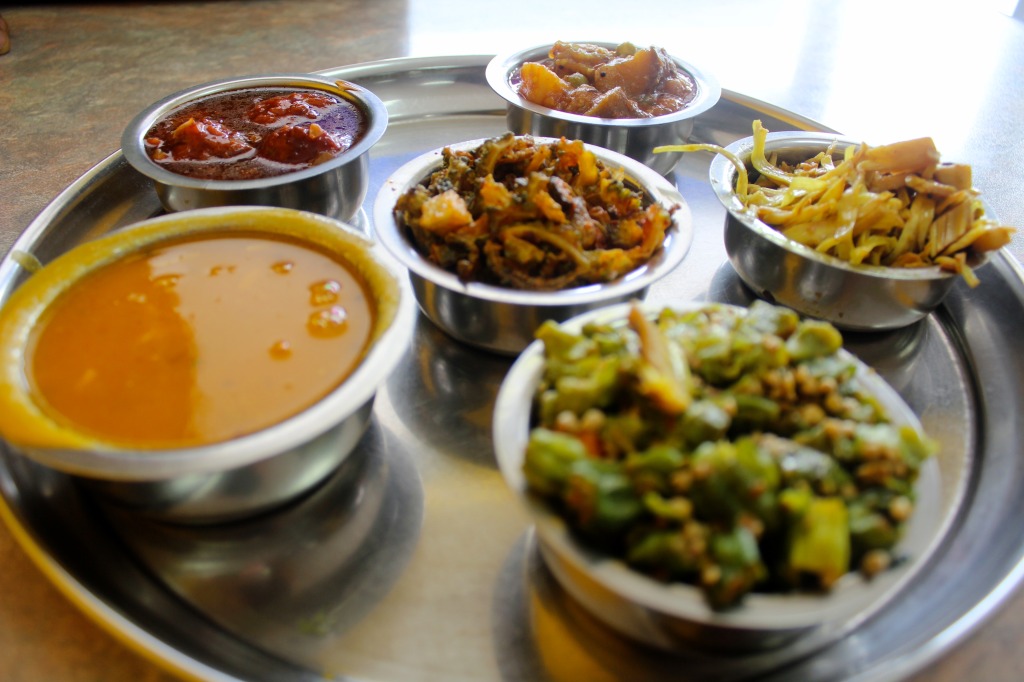
We love that the selection varies from day to day, and we've never left feeling hungry or disappointed. Our favorites include:
Dal soup- They offer two types of dal lentil soups; a south Indian dal that is thick and savory, and a Gujarati dal that has complex sweet/sour taste we can’t get enough of.
Dosa with coconut chutney- On Thursdays and Fridays, Govinda offers made-to-order dosas. A dosa is a South Indian rice and lentil crepe that is filled with curry (potato/aloo) and served with an amazing spiced coconut chutney. Honestly we can’t get enough of these! A dosa can easily be split between two people and is served with dal.
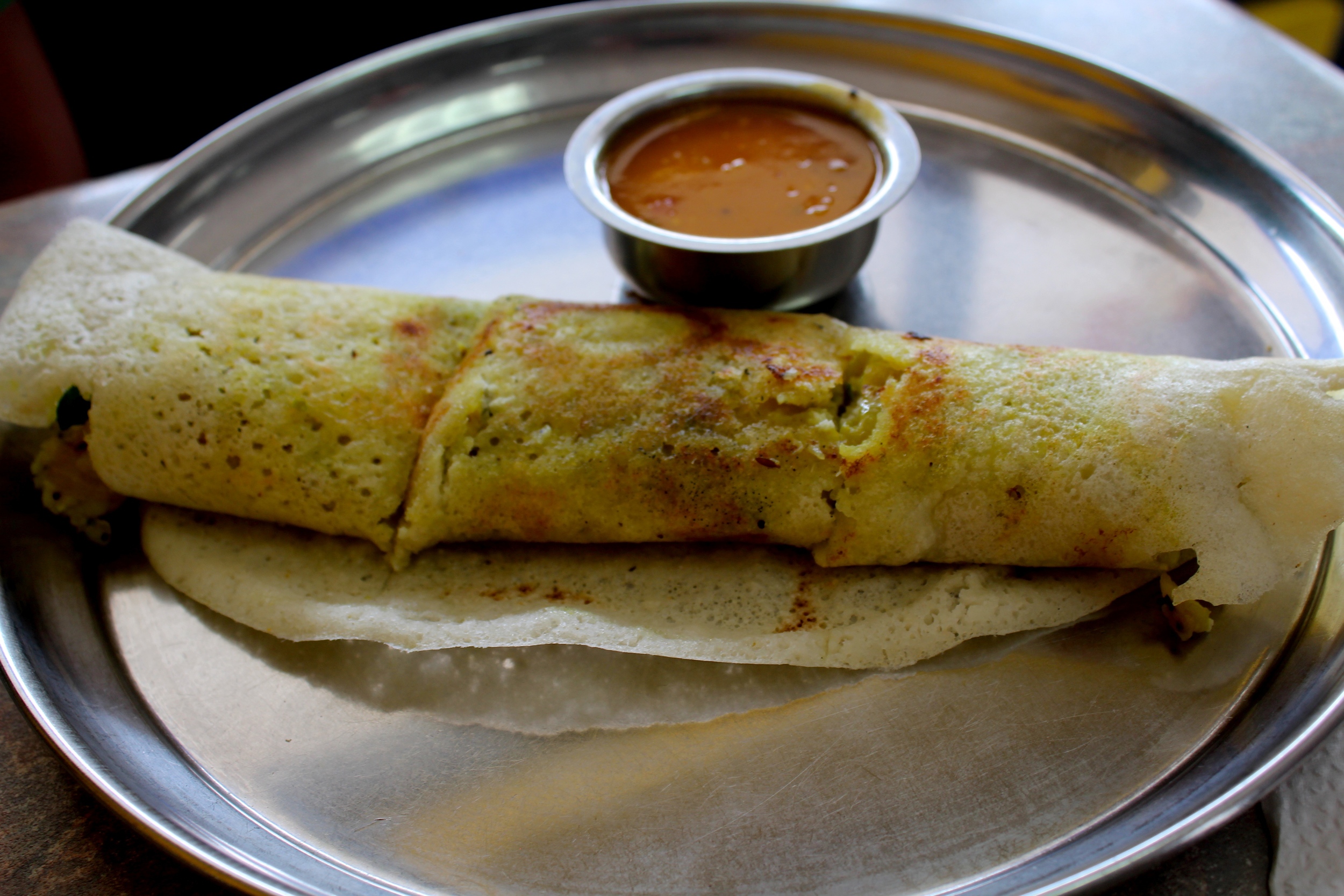
Jackfruit curry – We had jackfruit curry at our wedding because we absolutely love it. We laughed at how many people asked us if it was pulled pork or chicken; it's just a surprising texture for a fruit. The jackfruit curry at Govinda does not disappoint.
Okra/Bhindi curry – I could enjoy okra prepared just about any (vegan) way. I love the simple, bhindi curry offered at Govinda.
Eggplant/Baingnan curry – They offer a few different baignan curries at Govinda, and all are delicious.
Bitter melon/Karela curry – Bitter melon (bitter gourd) was new for both of us, and we found it to be, well….bitter. But in the sense that bitter is a necessary taste and balances and complements the sweetness of the dal or the tamarind chutney. It’s also highly nutritious.
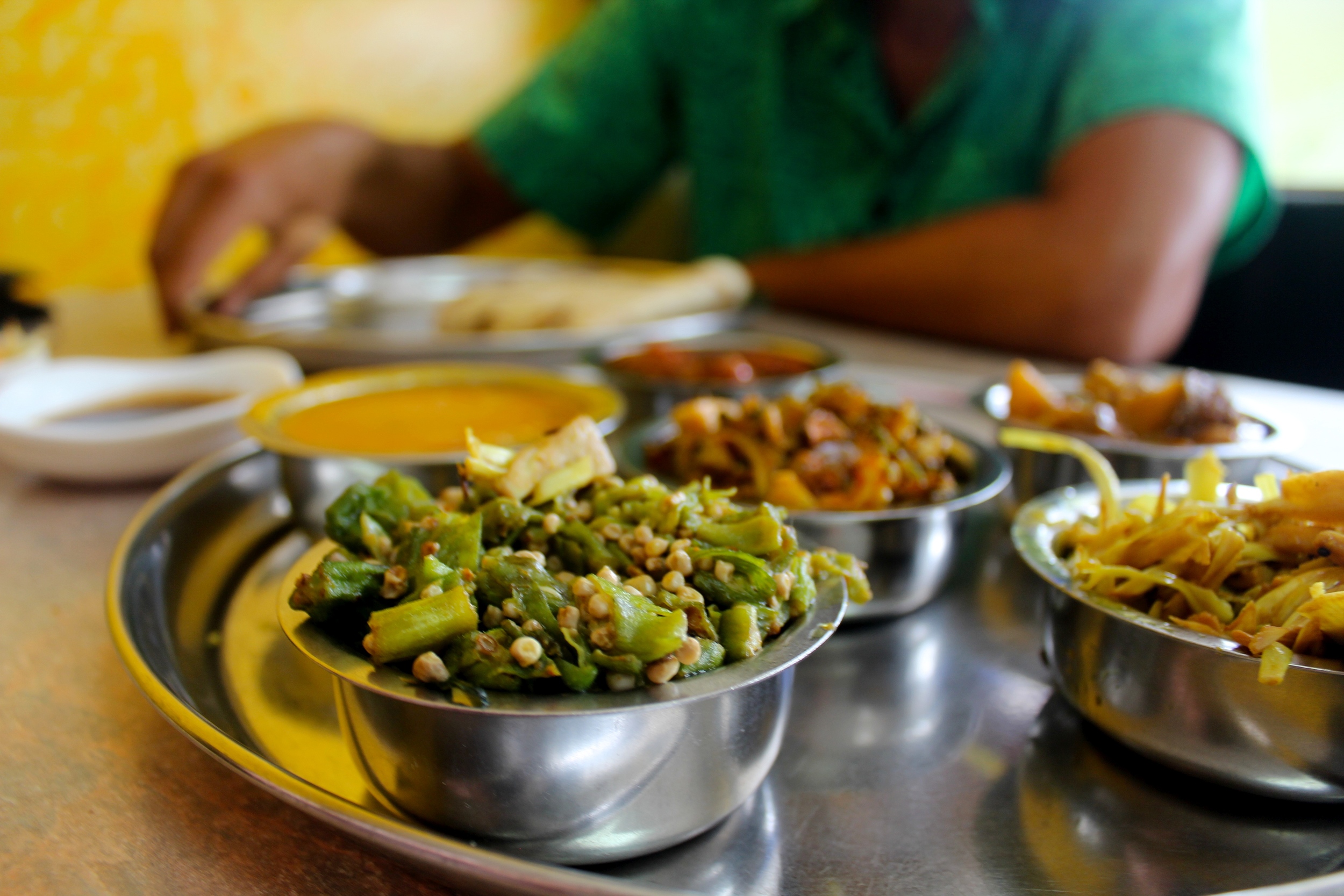
Pumpkin curry – We feel that pumpkin is the most undervalued vegetable in the States, and we love the variety of dishes that feature pumpkin in Fiji. Govinda makes a simple pumpkin curry that hits the spot.
Chana Masala- A classic chickpea curry with potato. It can serve as a main to balance the lighter, greener curries.
Spinach Bhaji – We can’t resist ordering this one when we see that a fresh batch has just come out. The fresher or hotter this is, the better it tastes.
Green Bean Curry- A really simply, yet tasty bean curry.
Vegetable Manchurian - This Indian Chinese dish is hard to describe. It features grated cabbage and carrot in a textured ball- imagine sweet/sour flavor and a crumbly texture- yum!
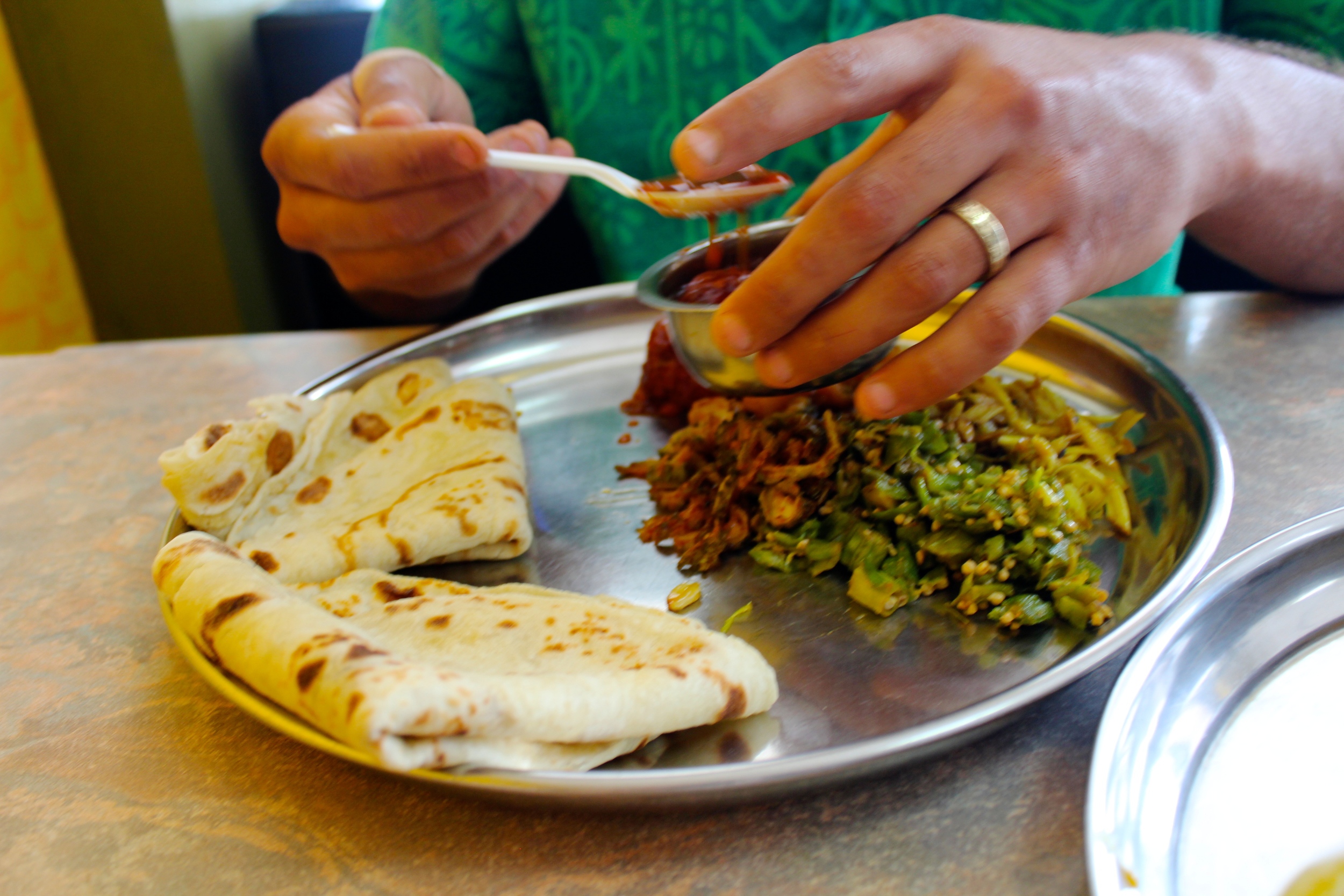
And don’t forget to order:
Roti- Their roti is superb- round, soft, and breaks apart perfectly to scoop up the curry.
Samosas- I tried really hard to not eat too many samosas in Fiji, just in an effort to limit fried floury foods. But on the rare occasion I did eat a Govinda’s samosa, I enjoyed every bite.
Tamarind Chutney- A nice sweet chutney that brings out the flavor in everything.

We tend to eat a lot and $20FJD gets the both of us a filling lunch. The lunch rush brings in a diverse group including USP students and local professionals. The earlier you can make it for lunch, the better, as the variety narrows throughout the afternoon. The ownership and staff are amazing and make visits here even more enjoyable. They even fill large to-go orders if you ever have an event to cater in Suva.
So next time you’re in Suva, go to Govinda- if we’re in town, we’ll probably see you there!





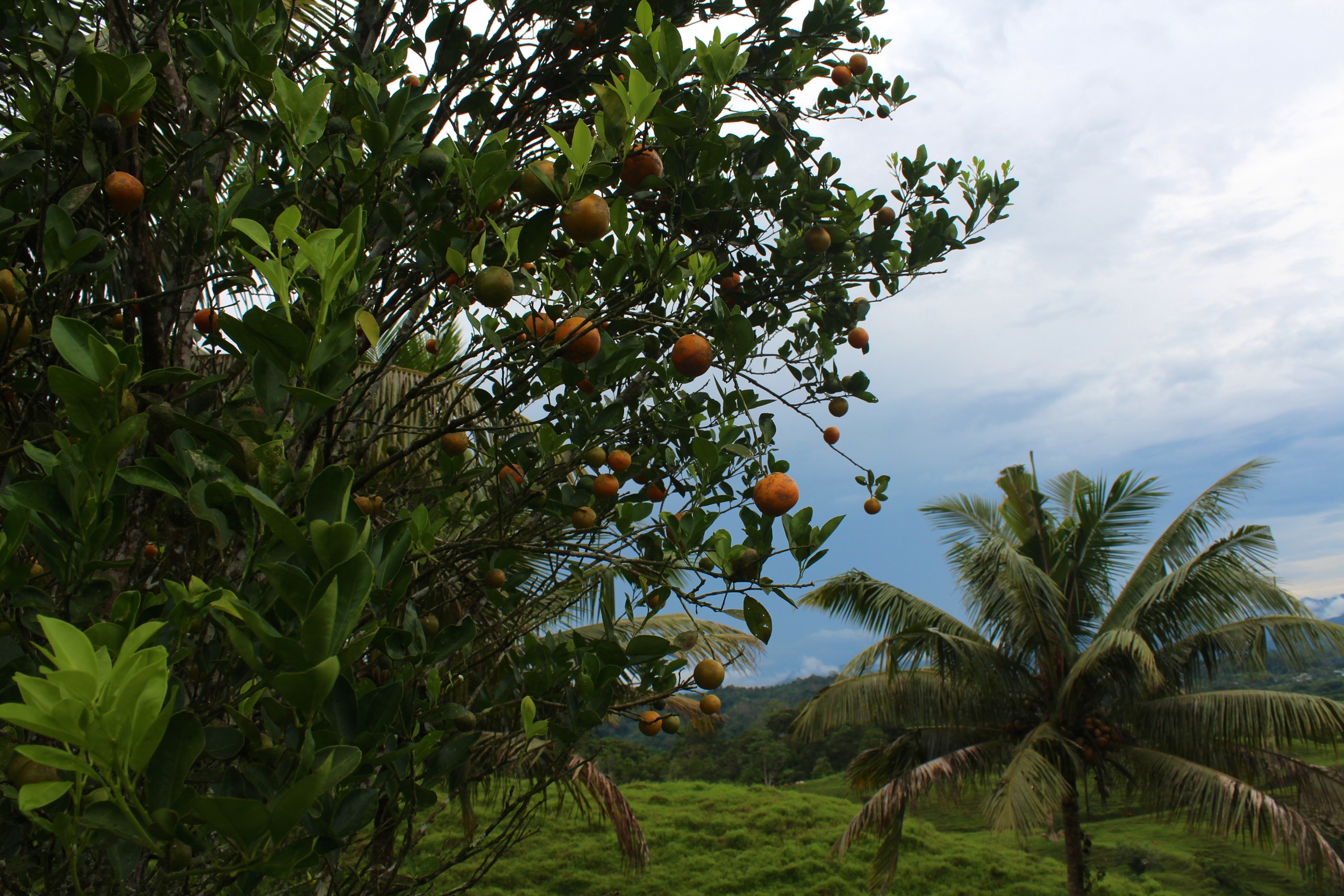
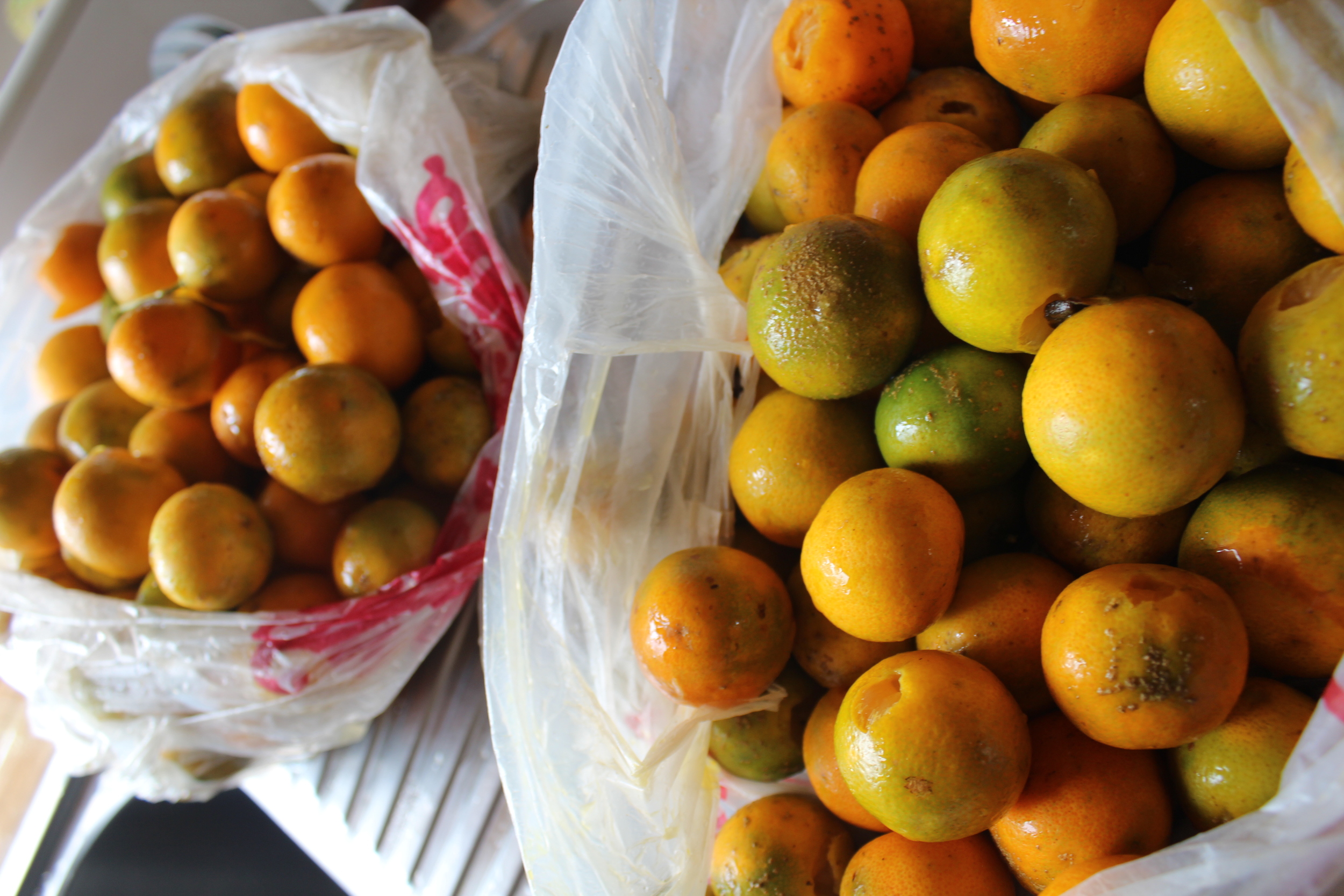

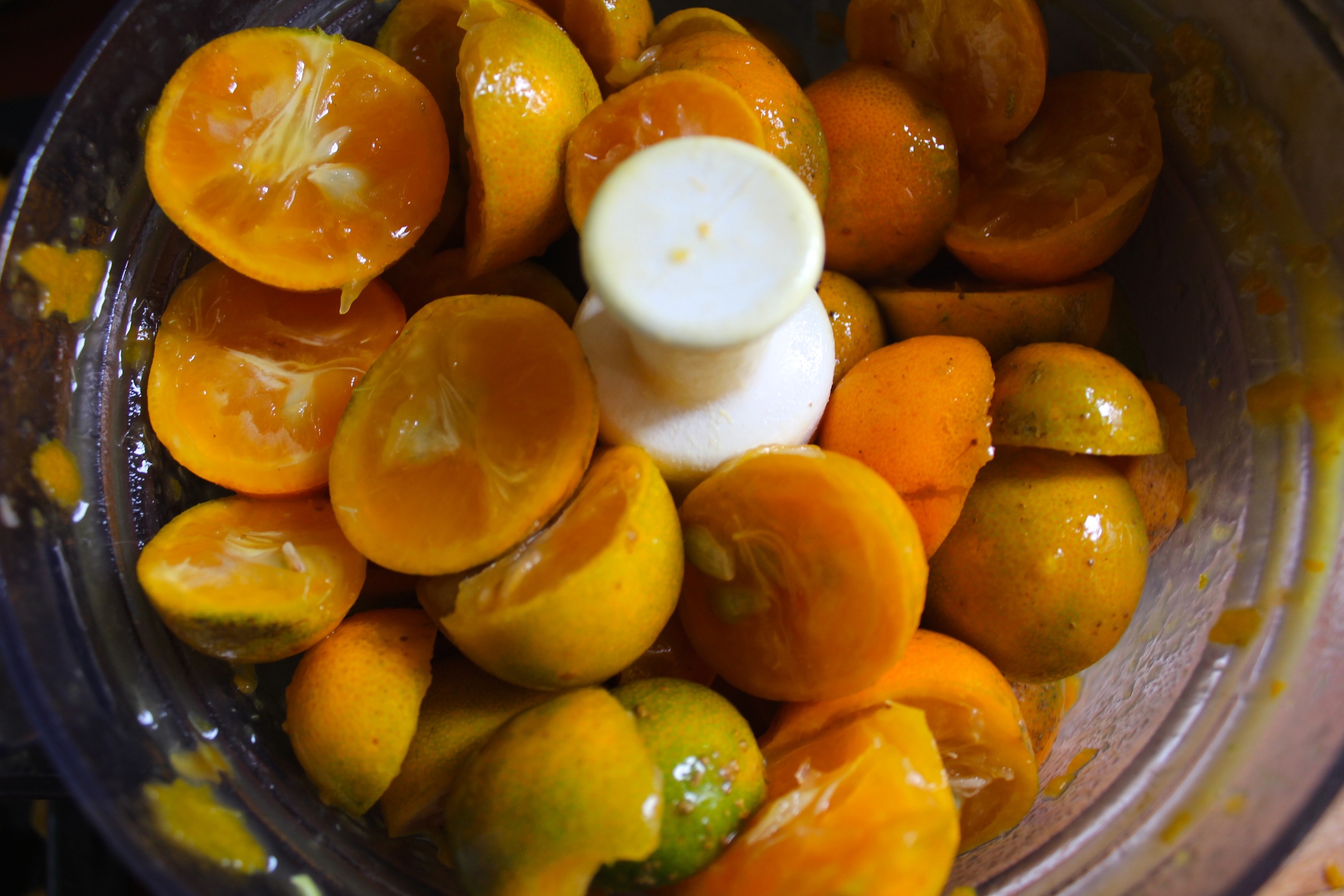

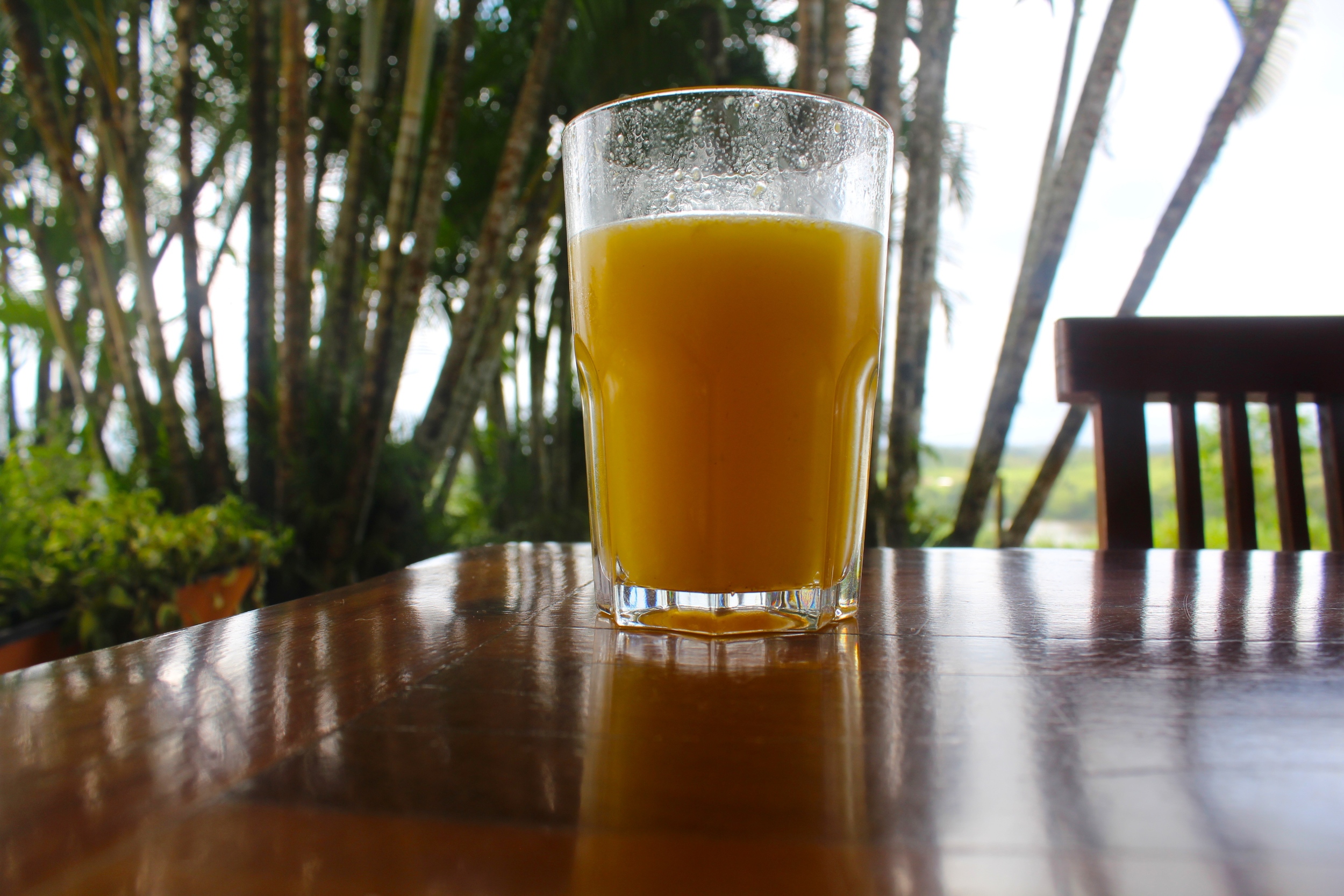

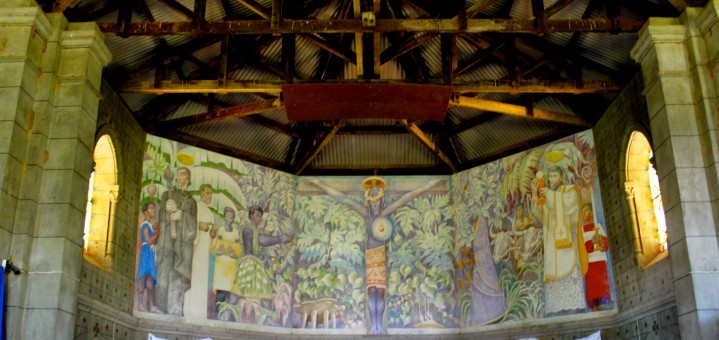
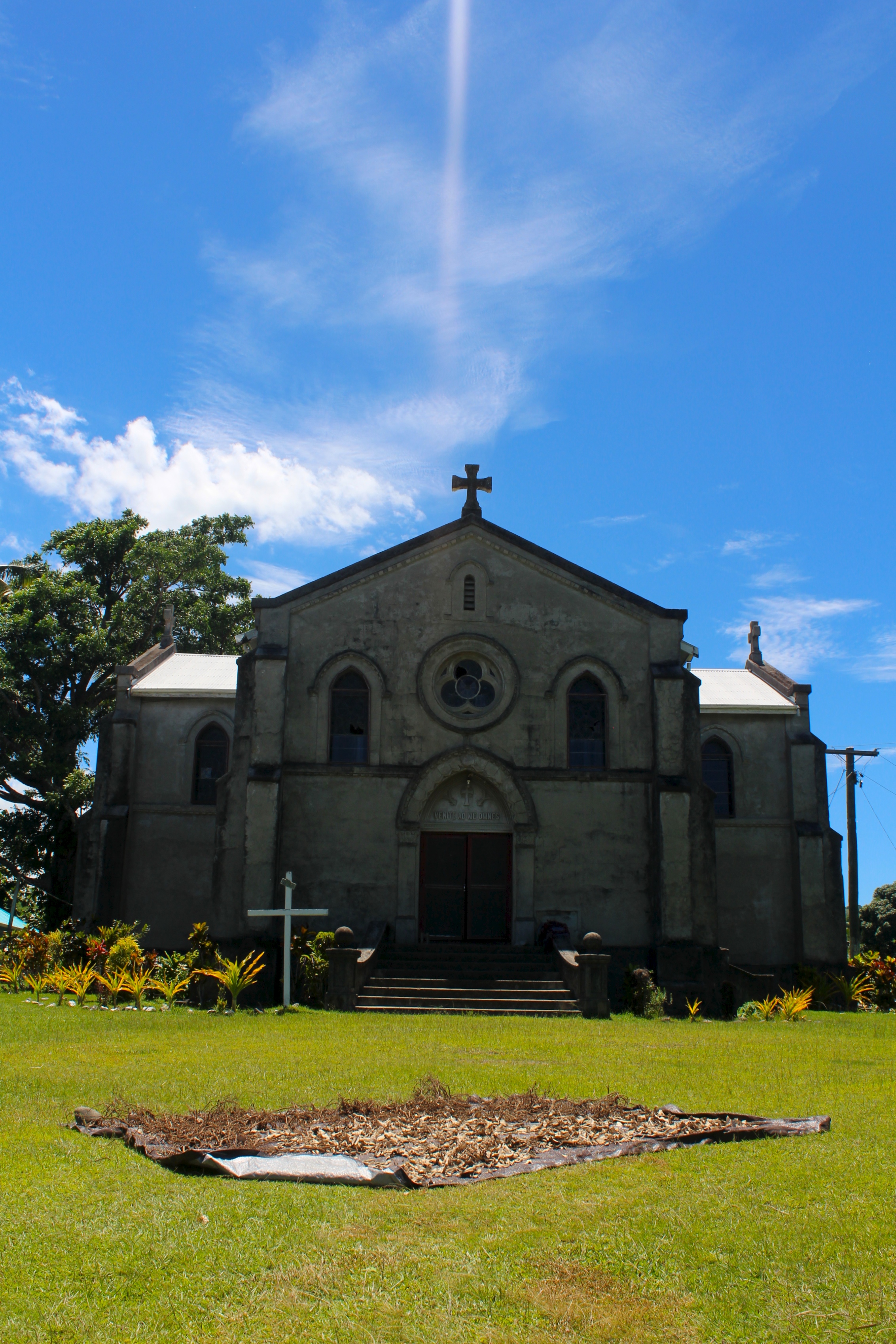
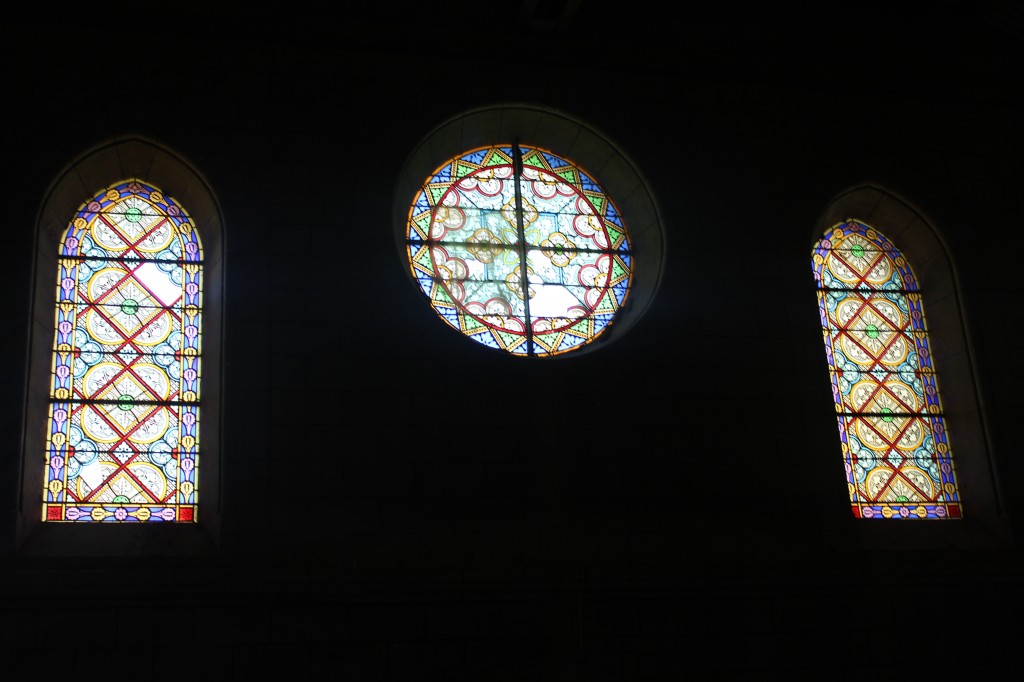
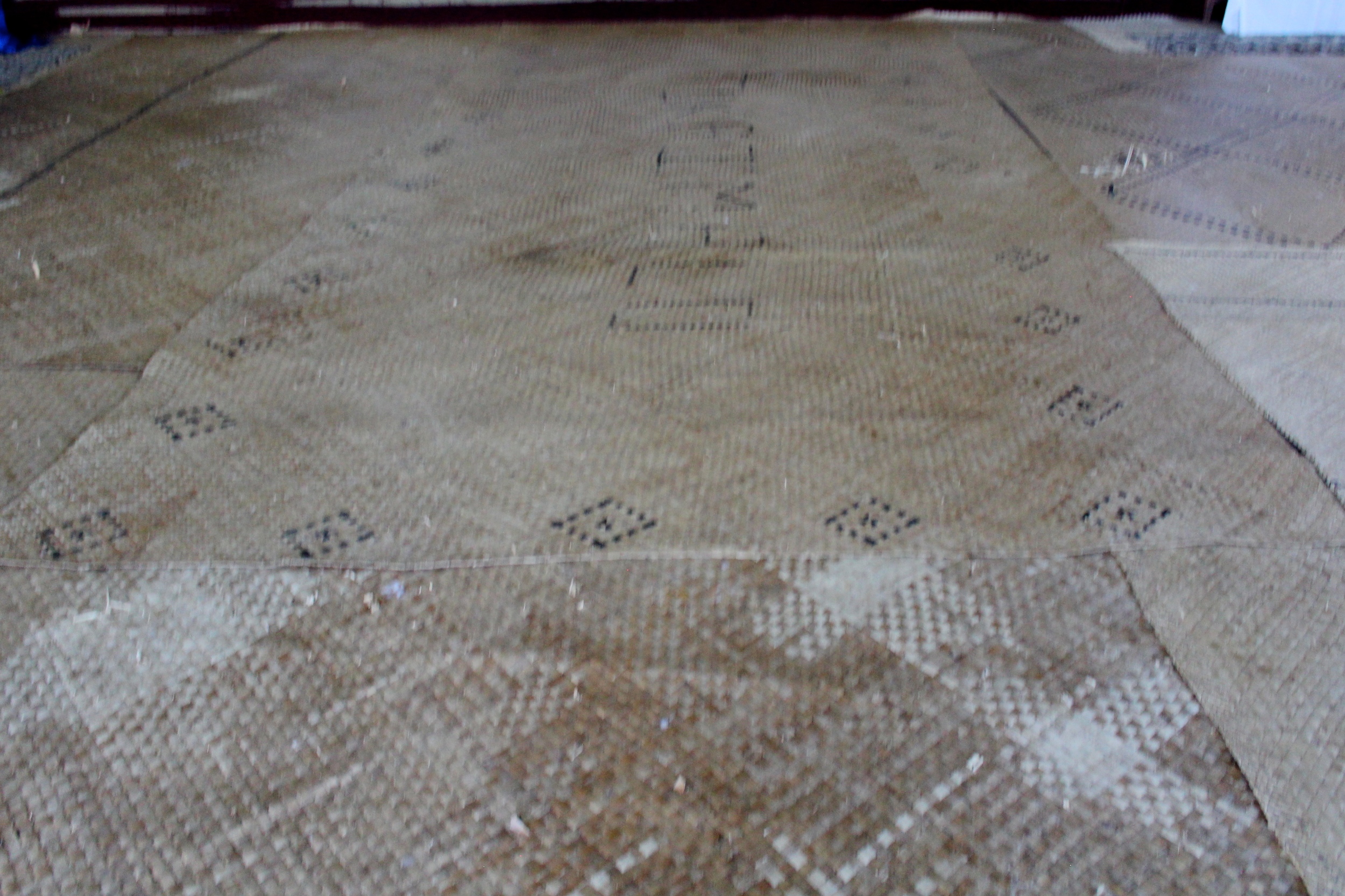
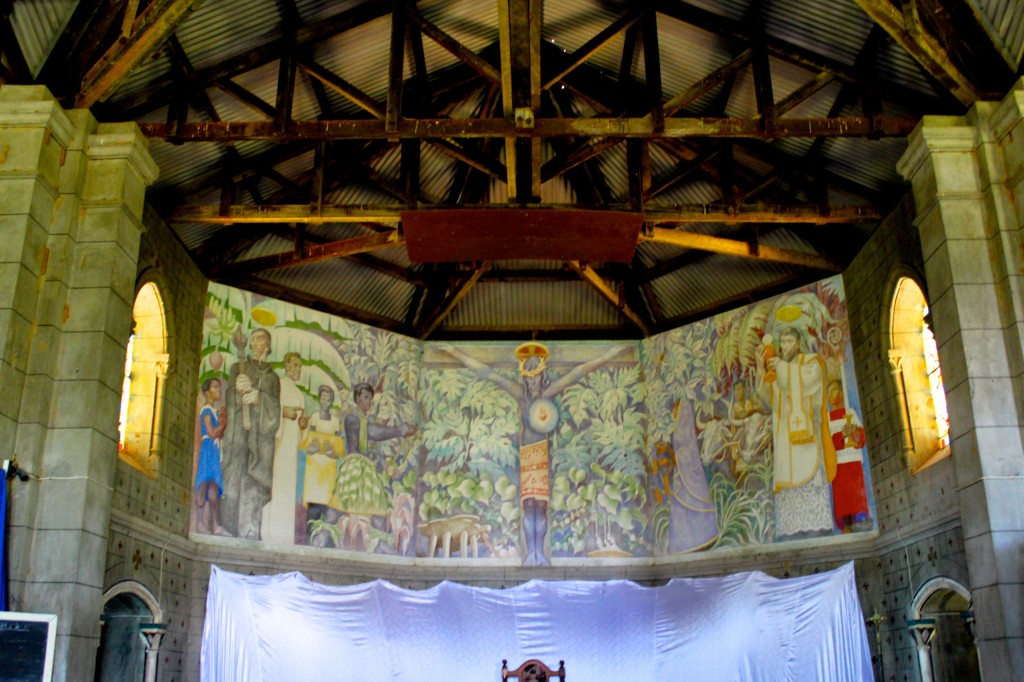
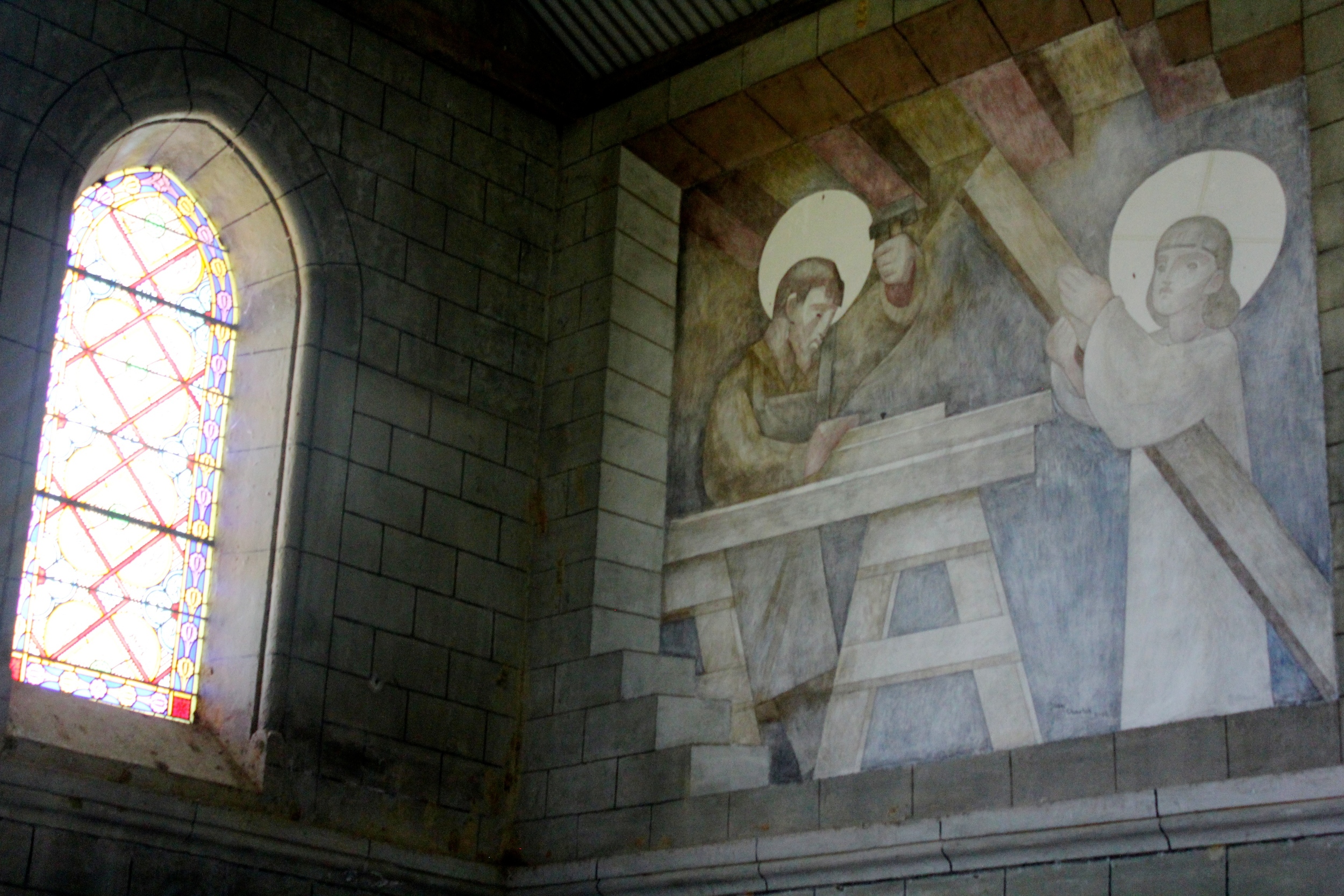
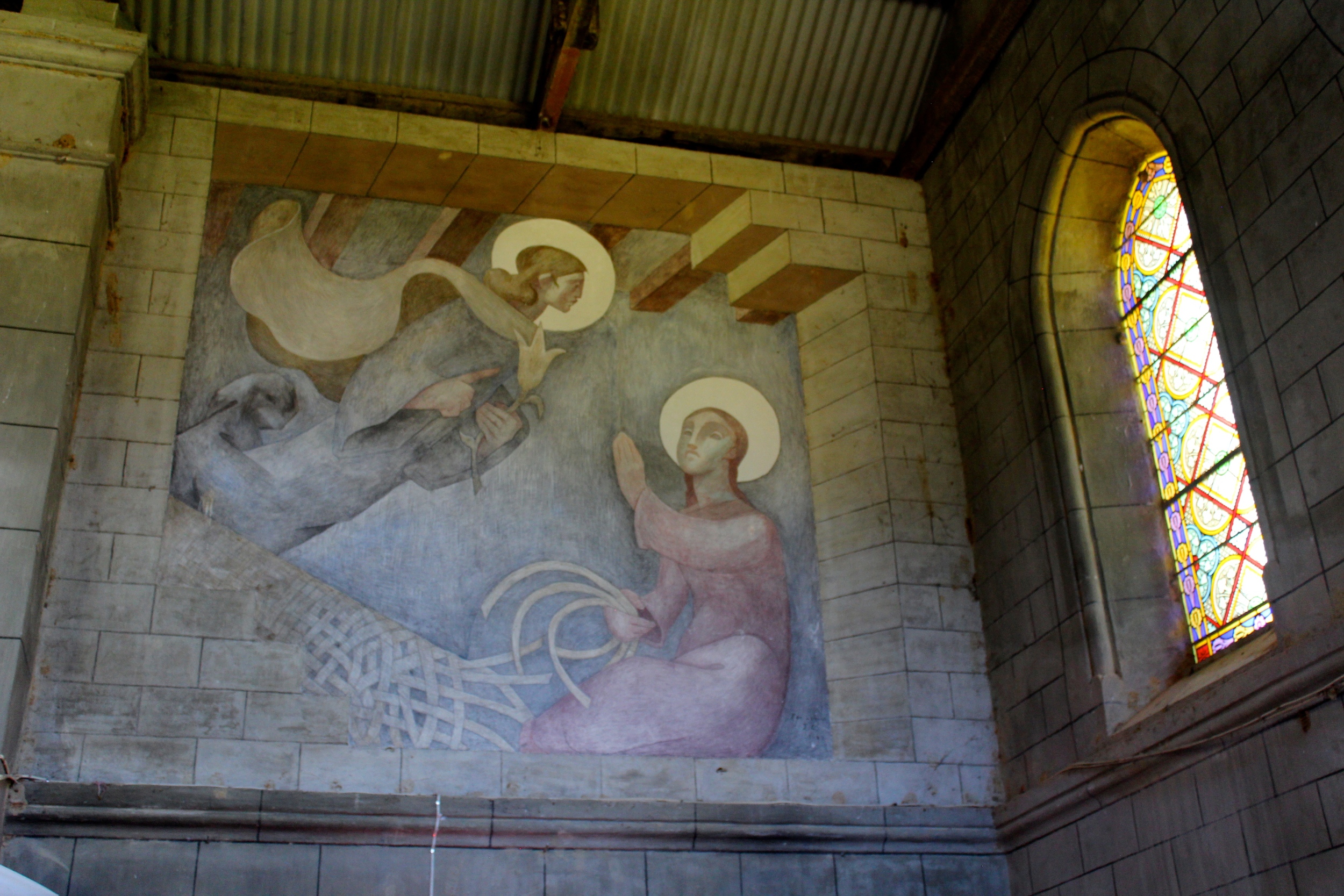
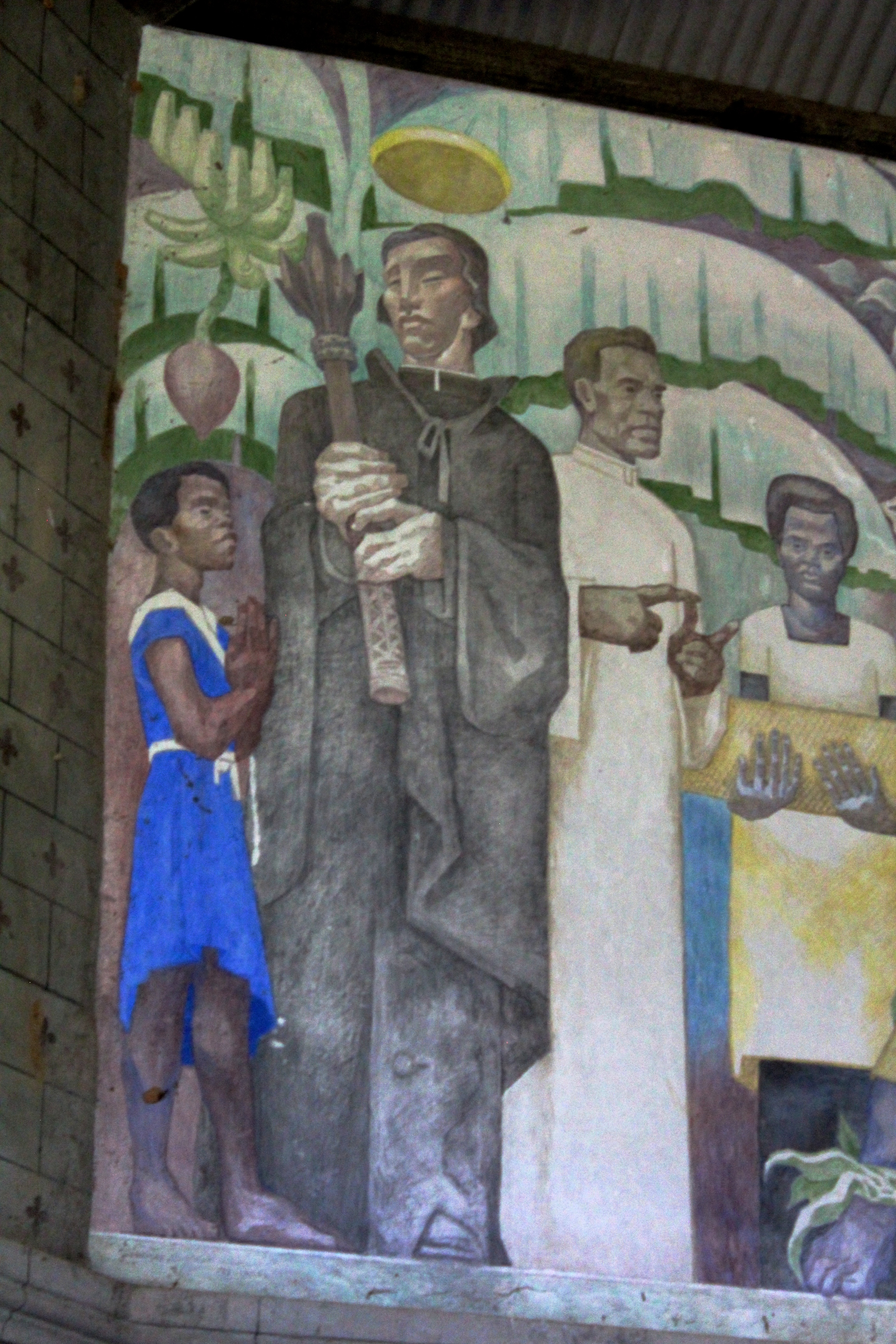
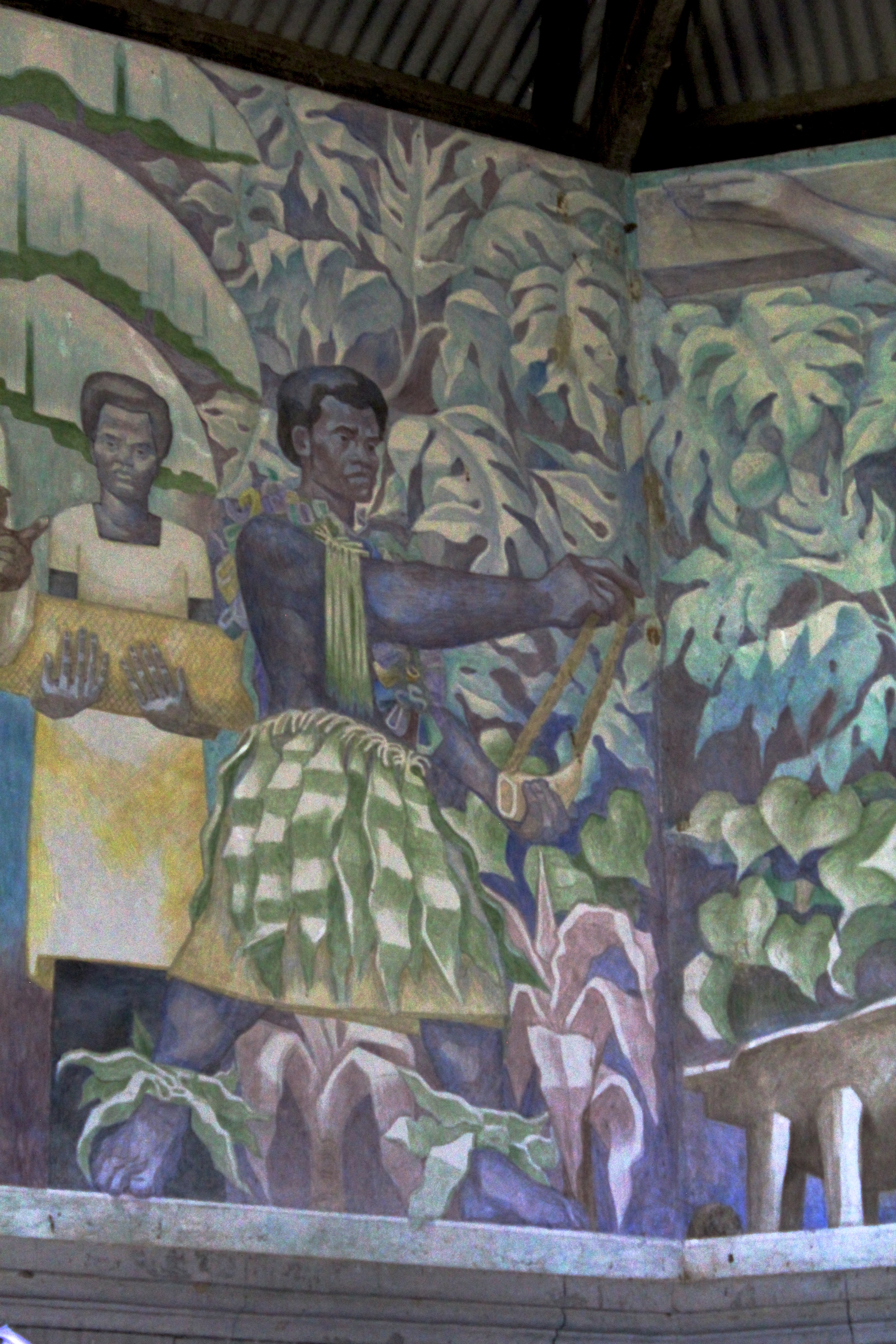
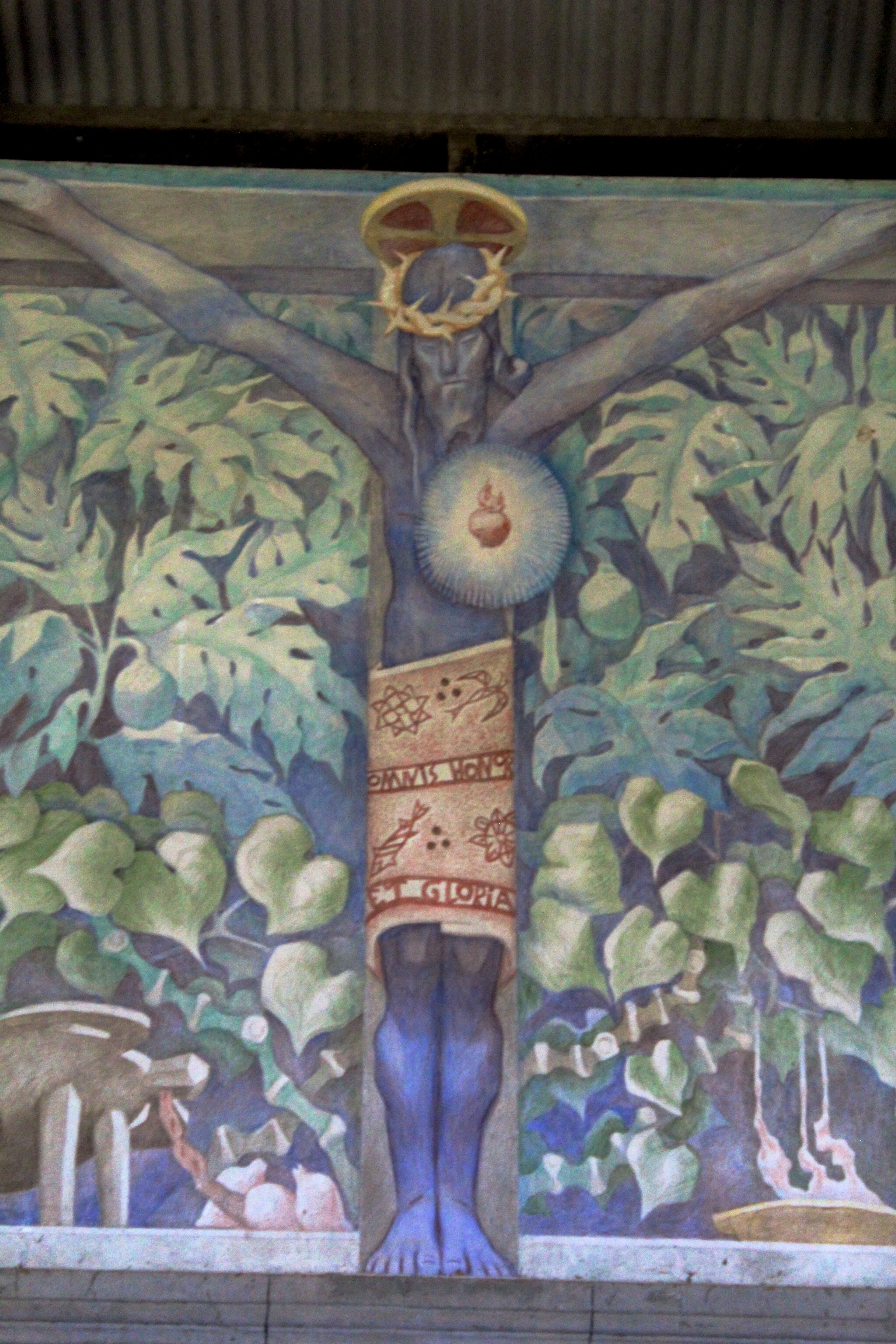
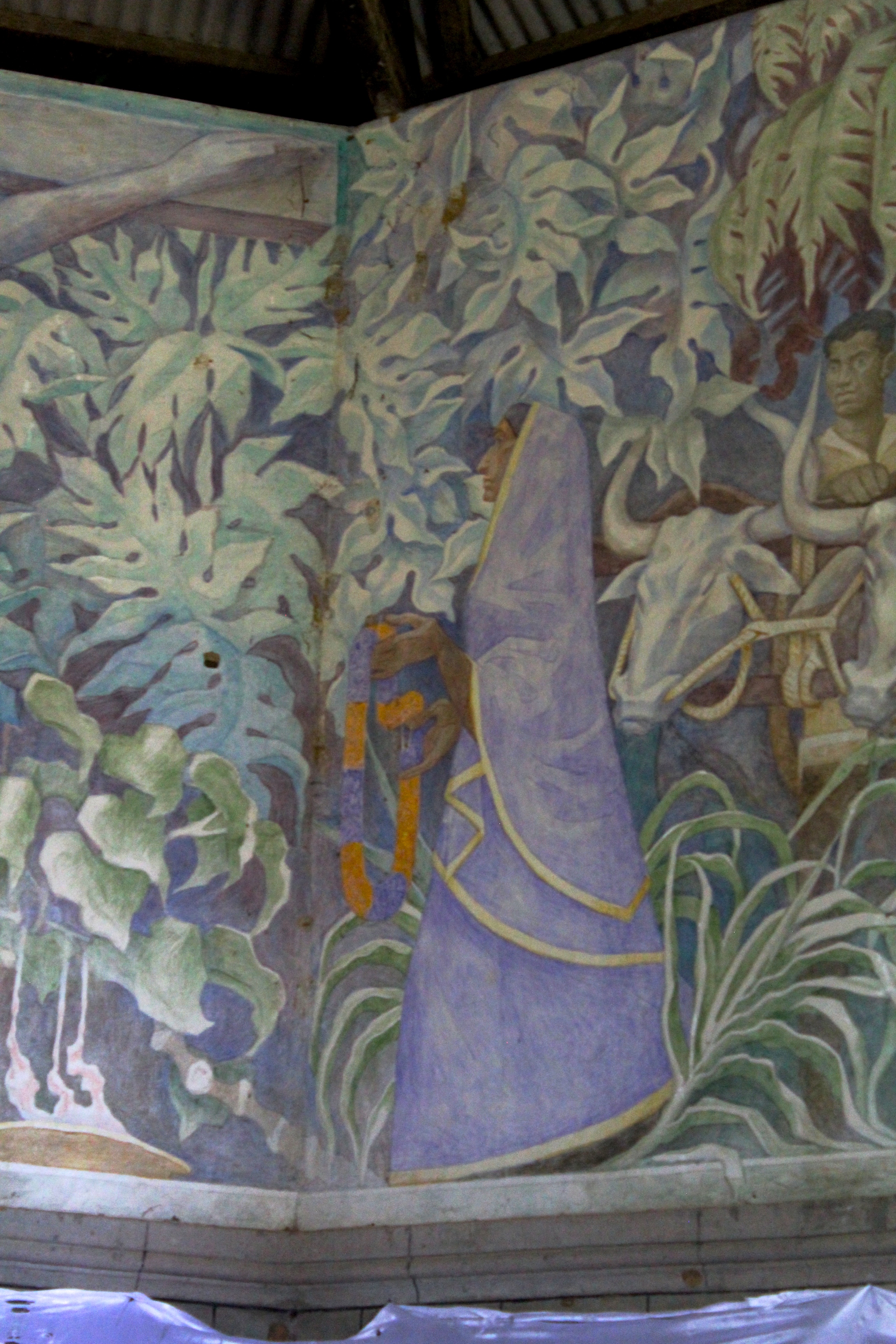
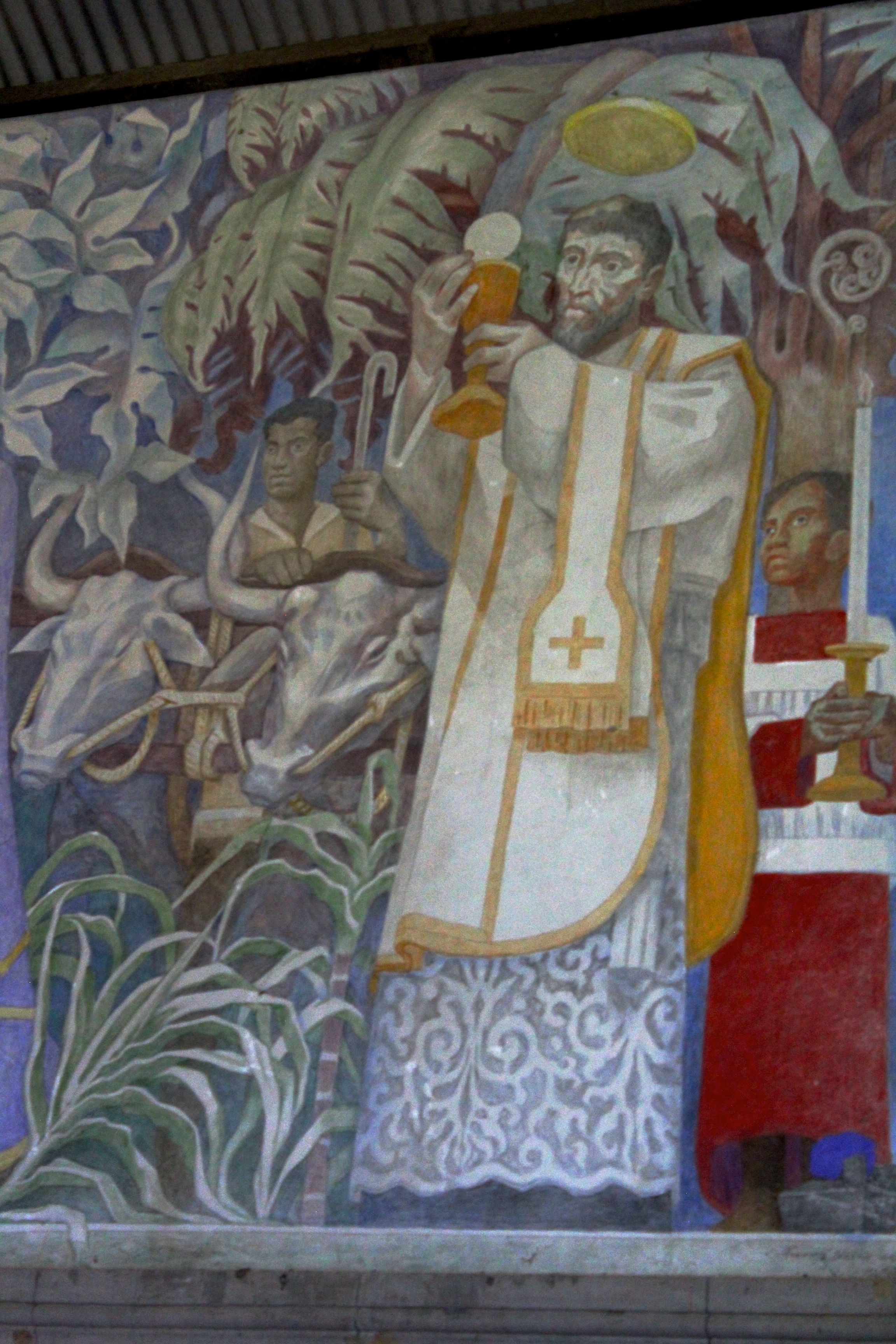


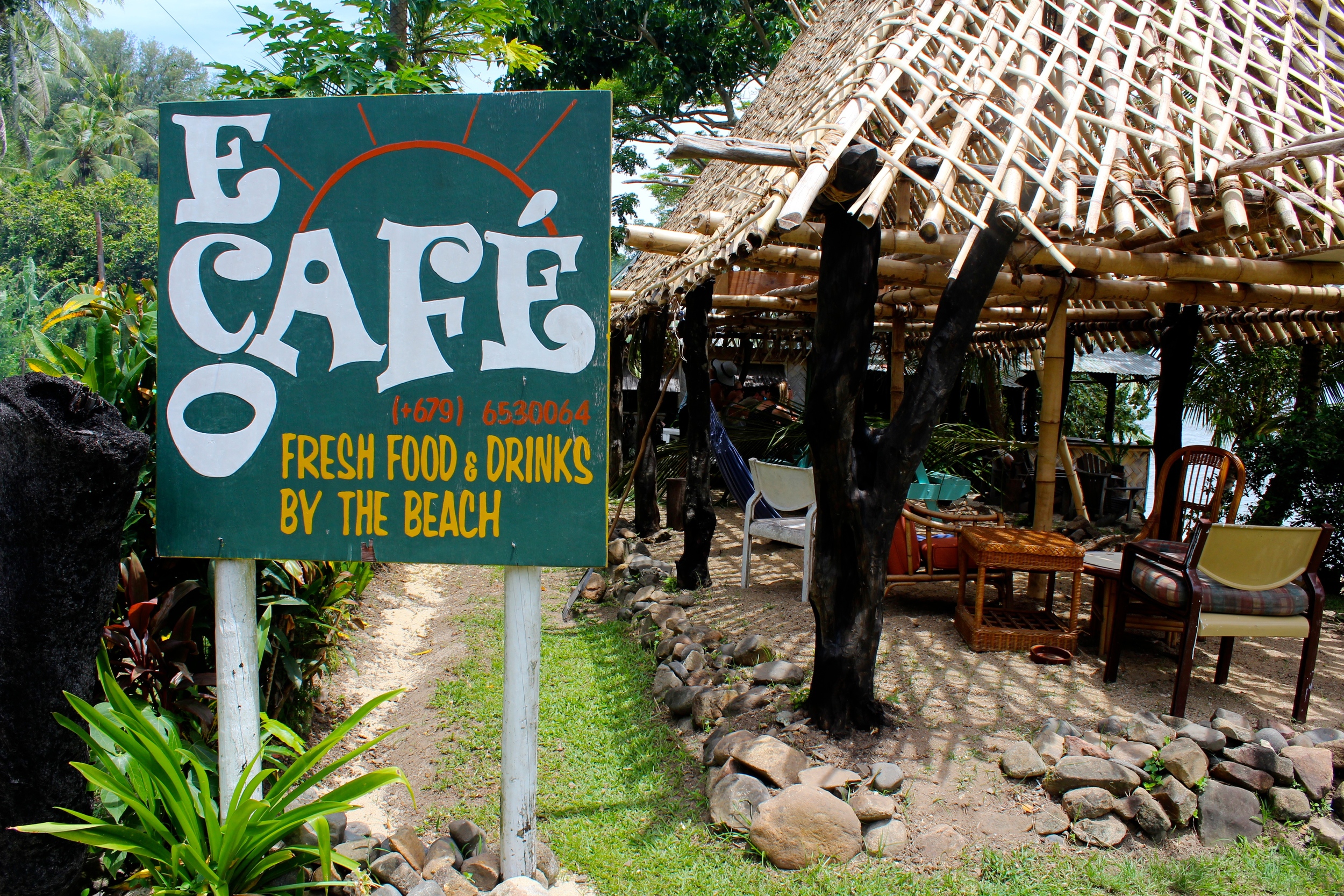
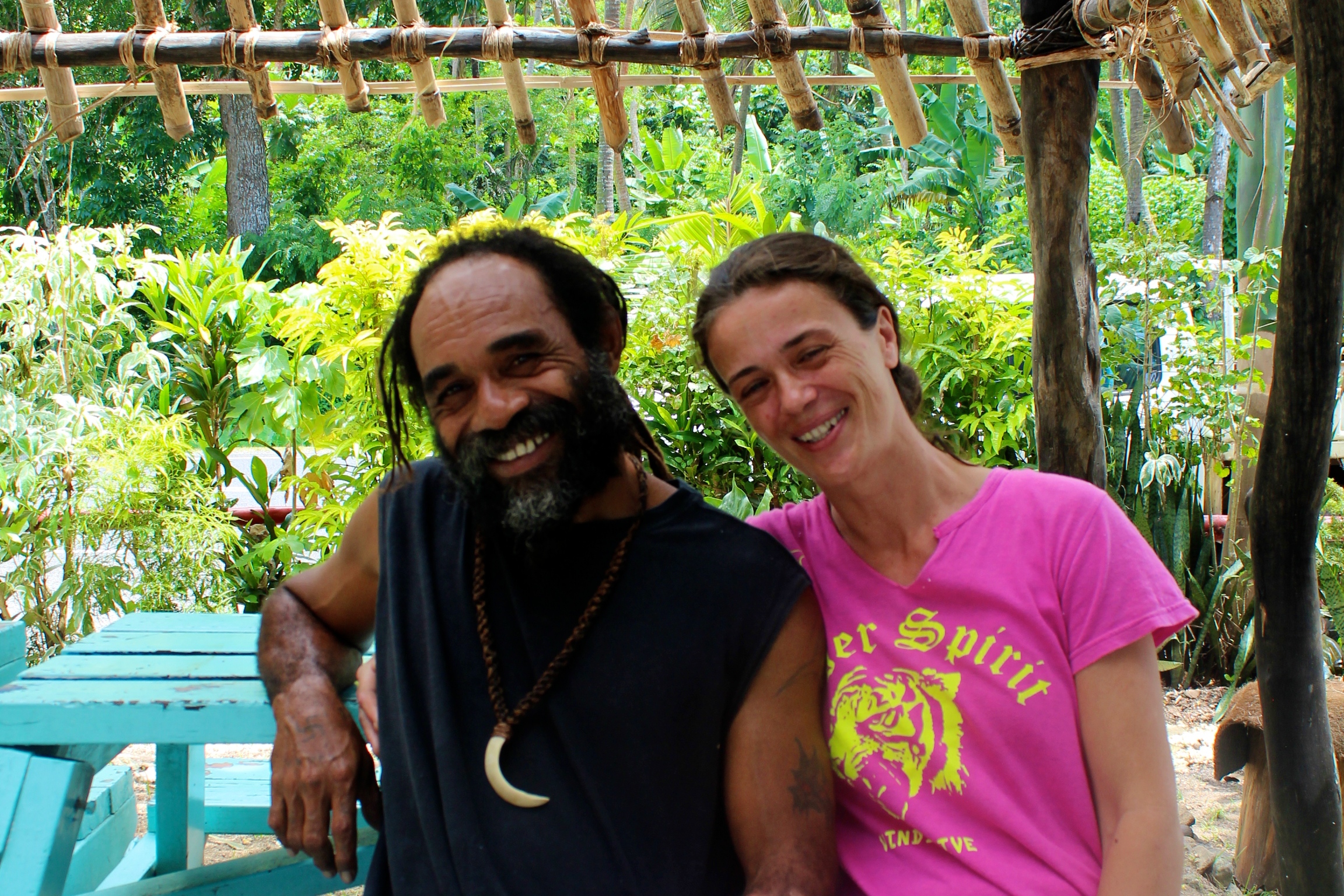
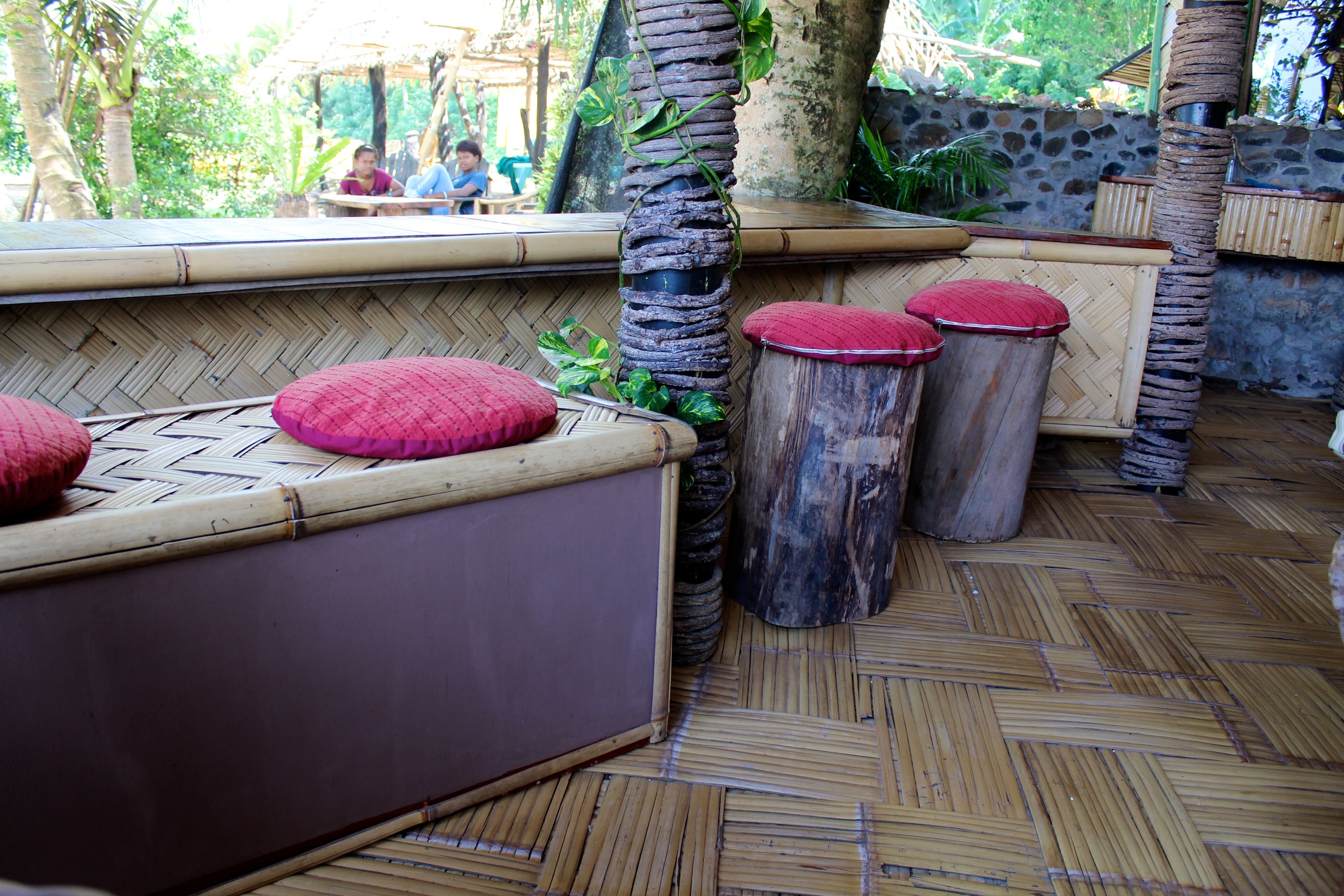
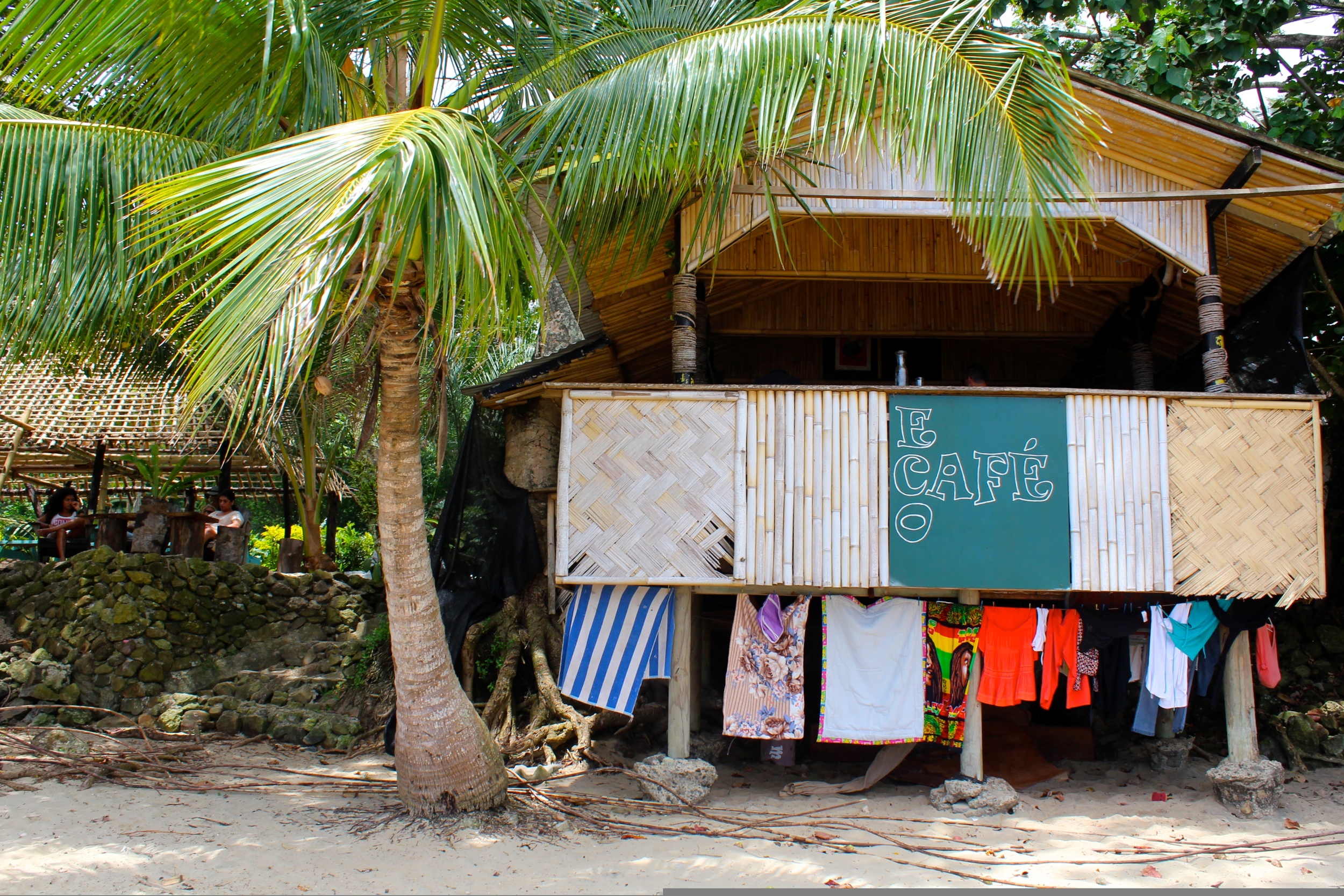
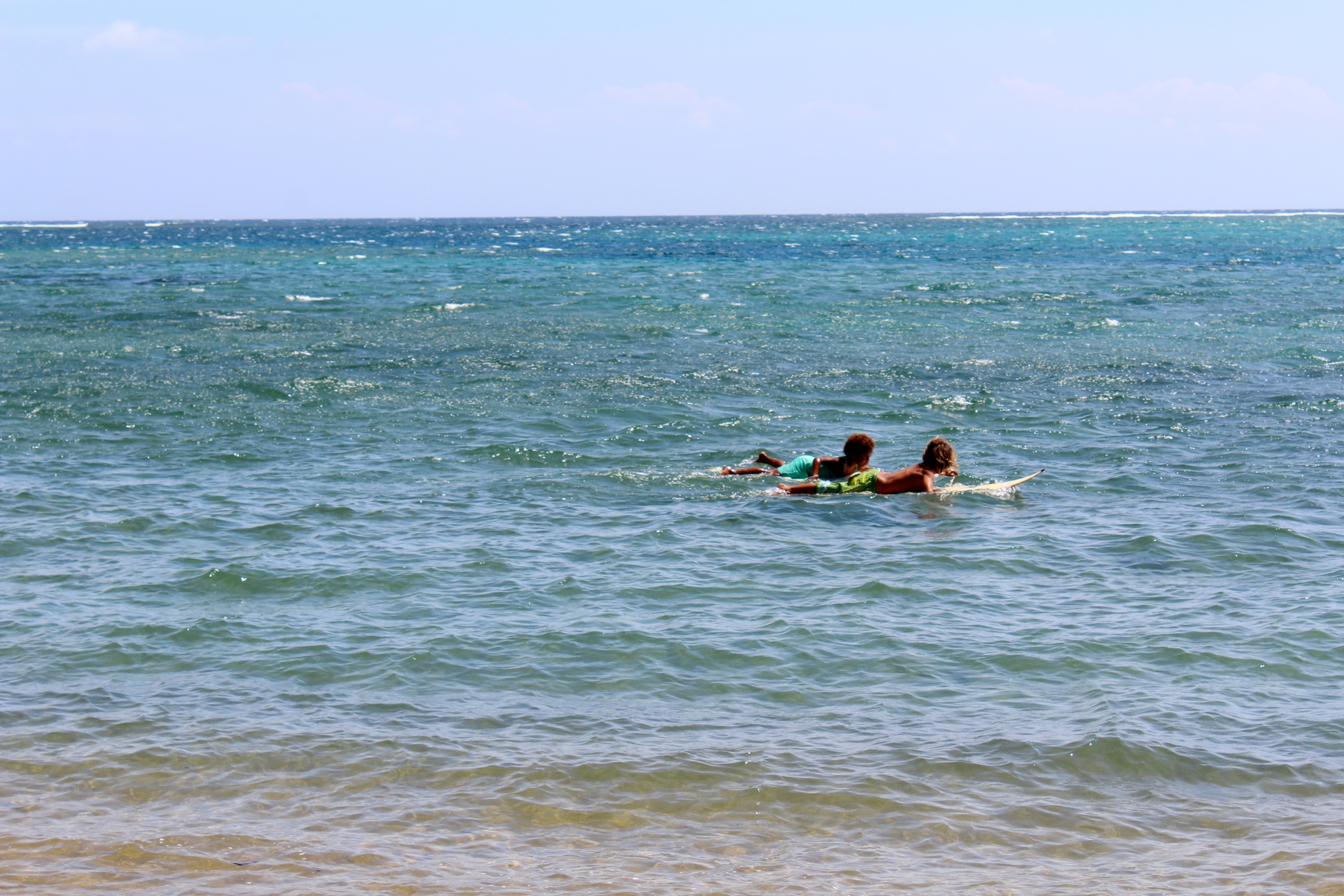


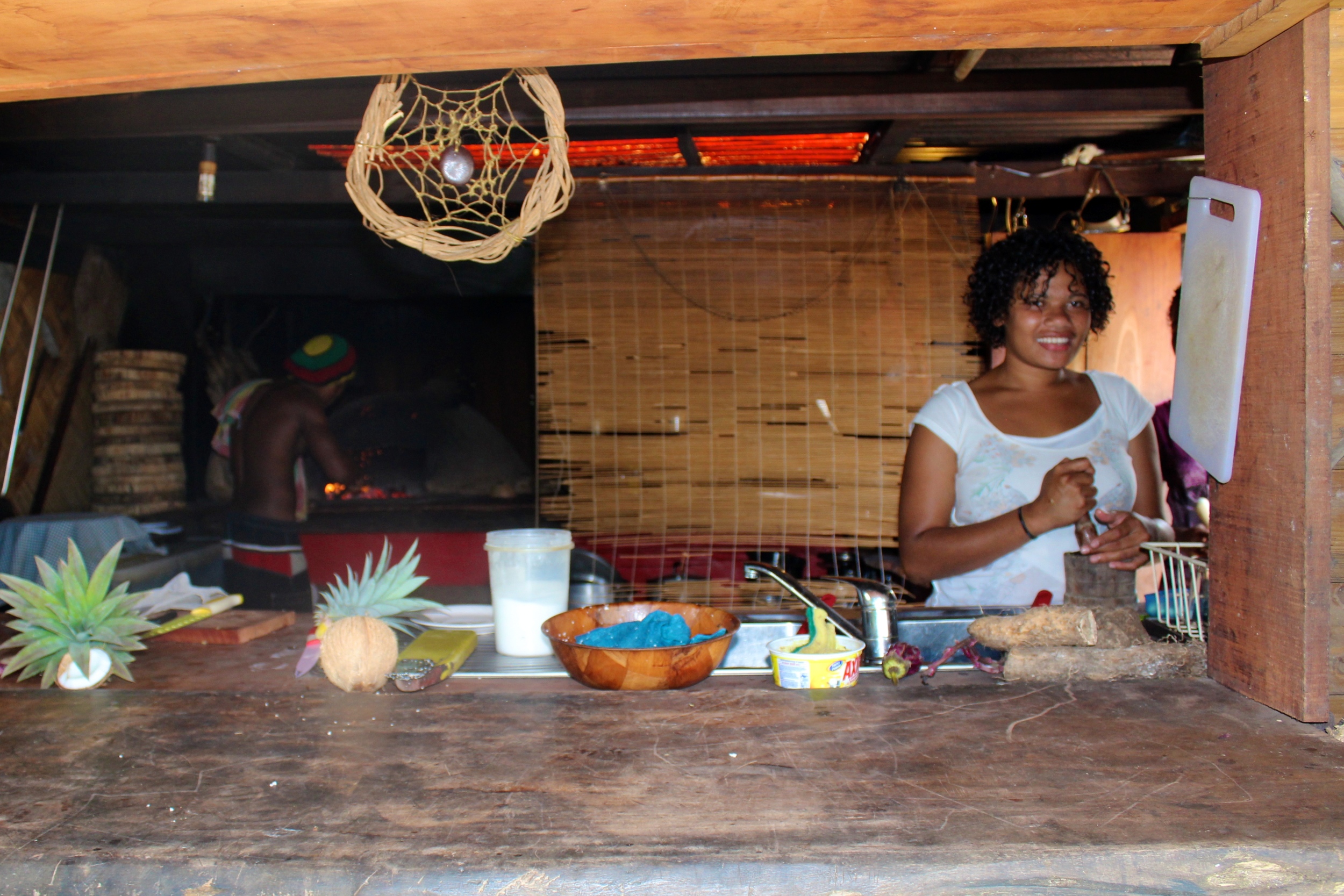
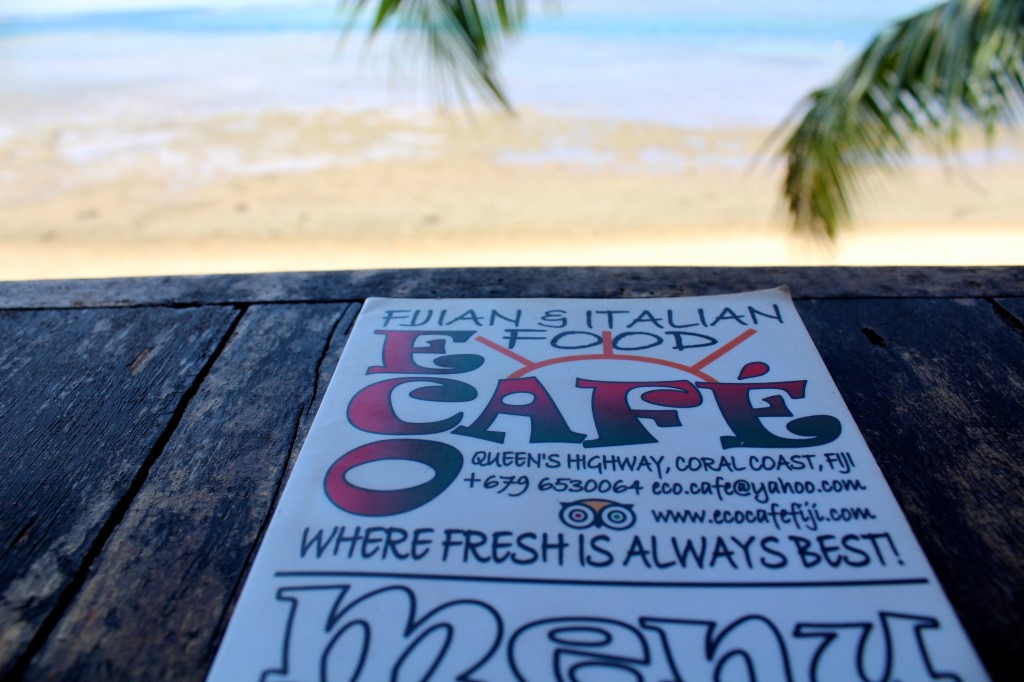
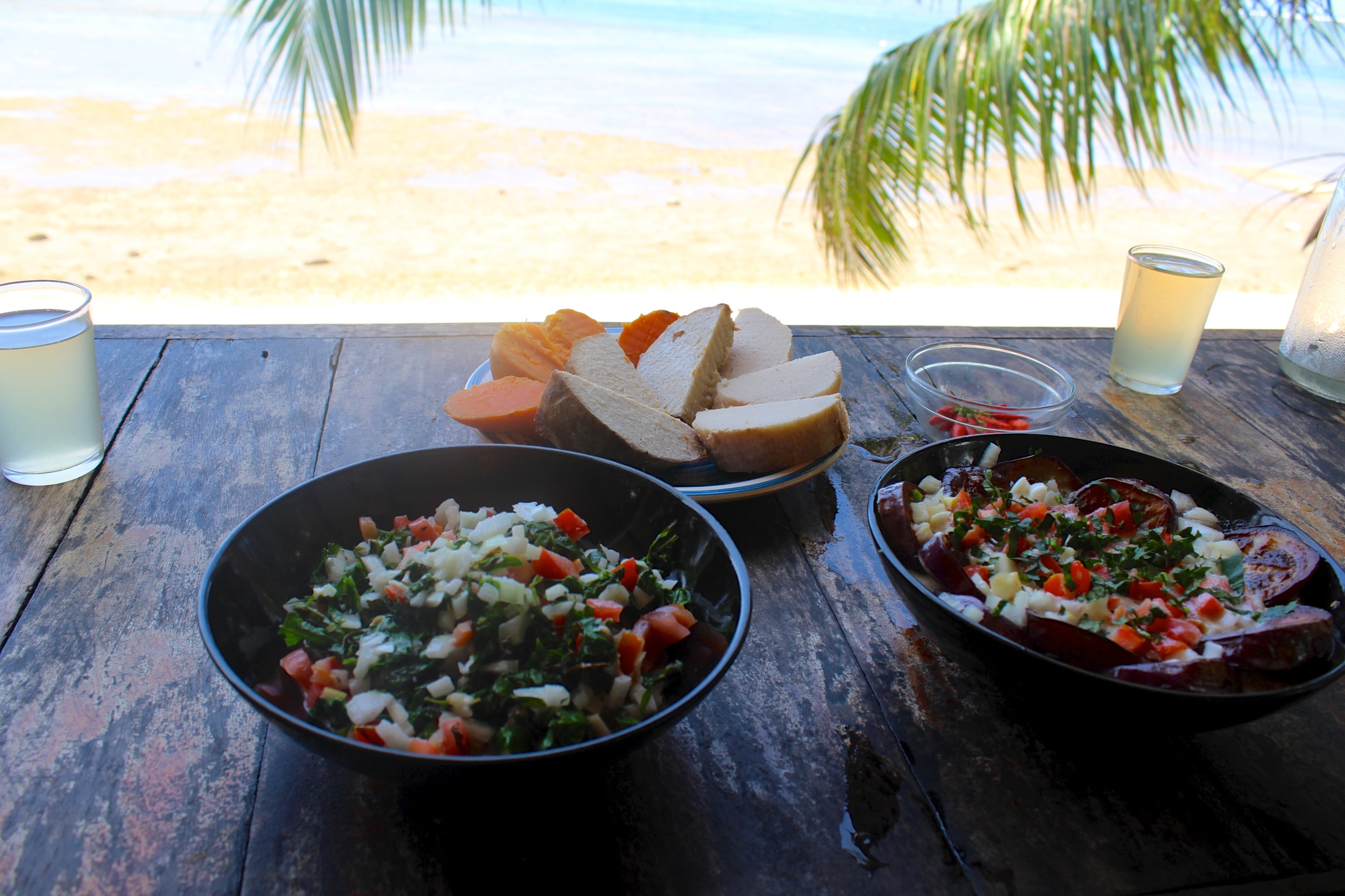
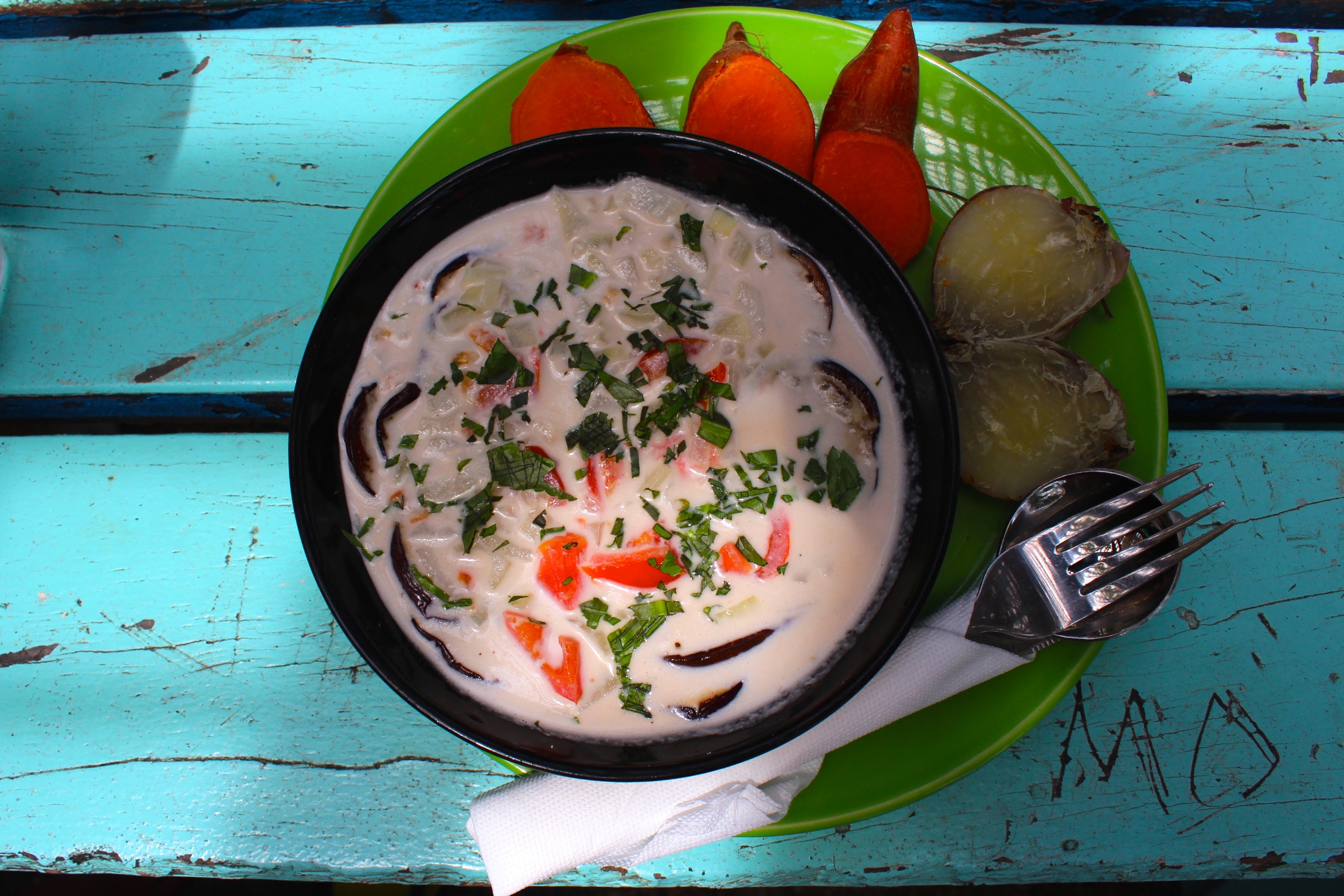
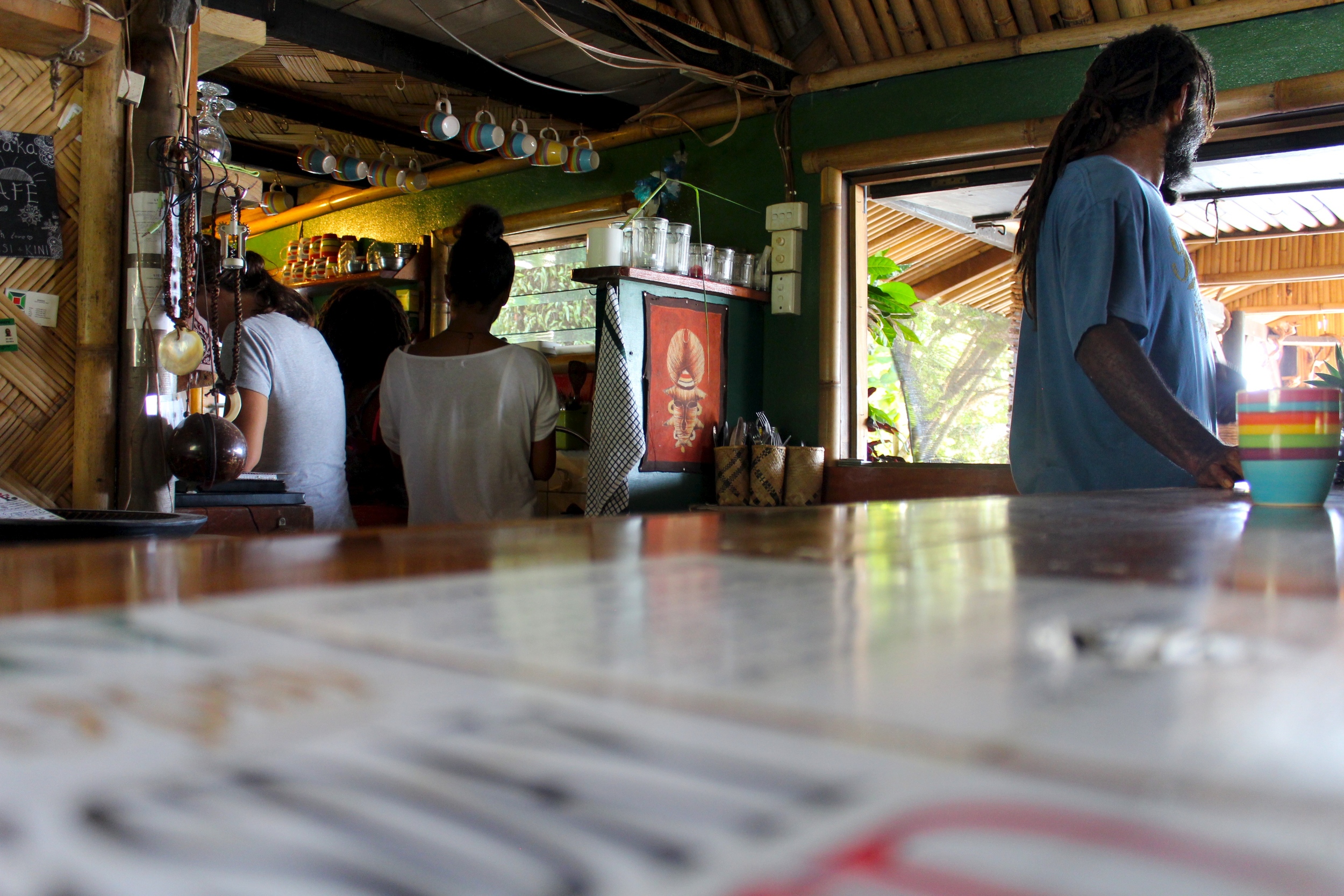


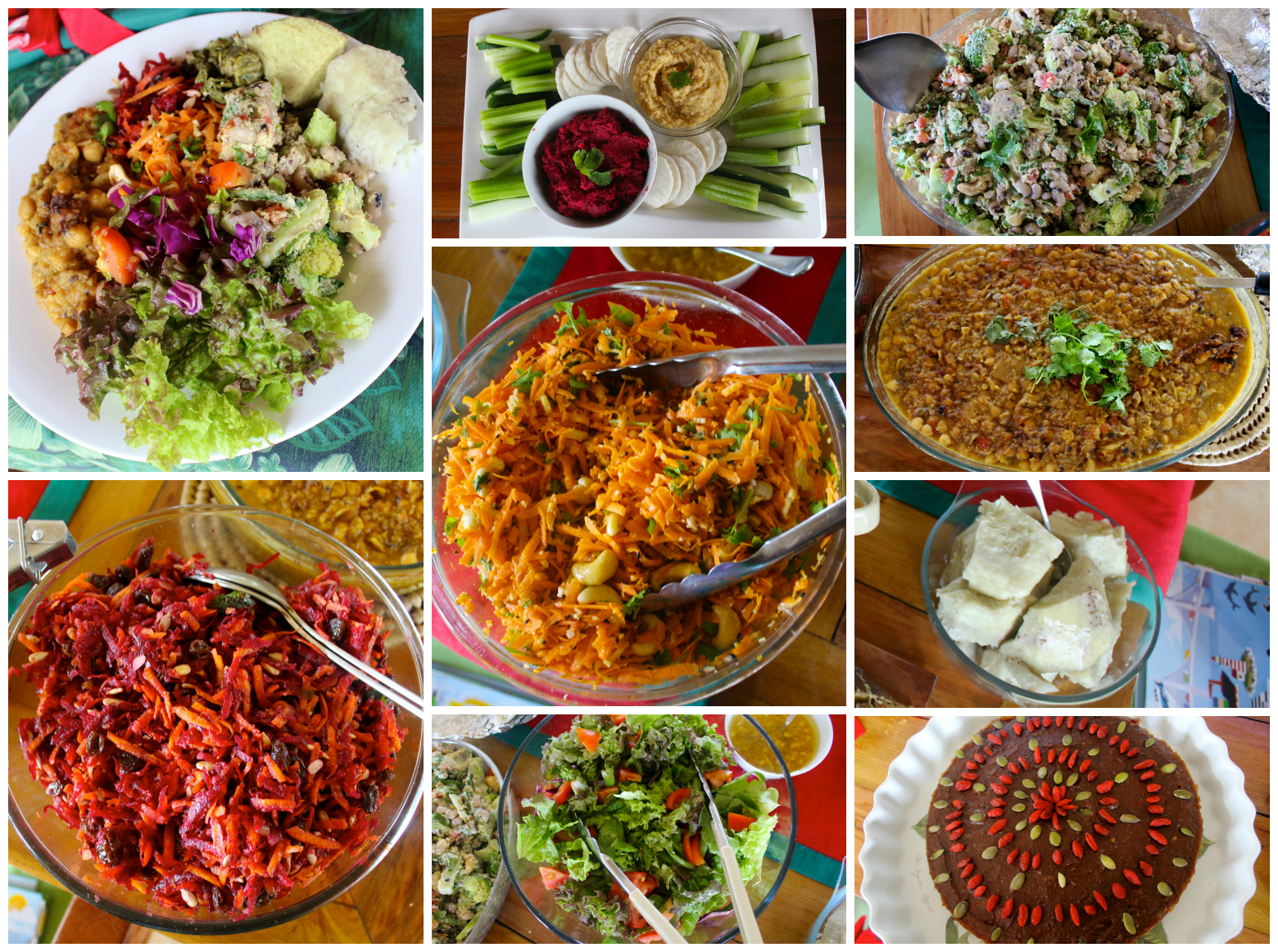


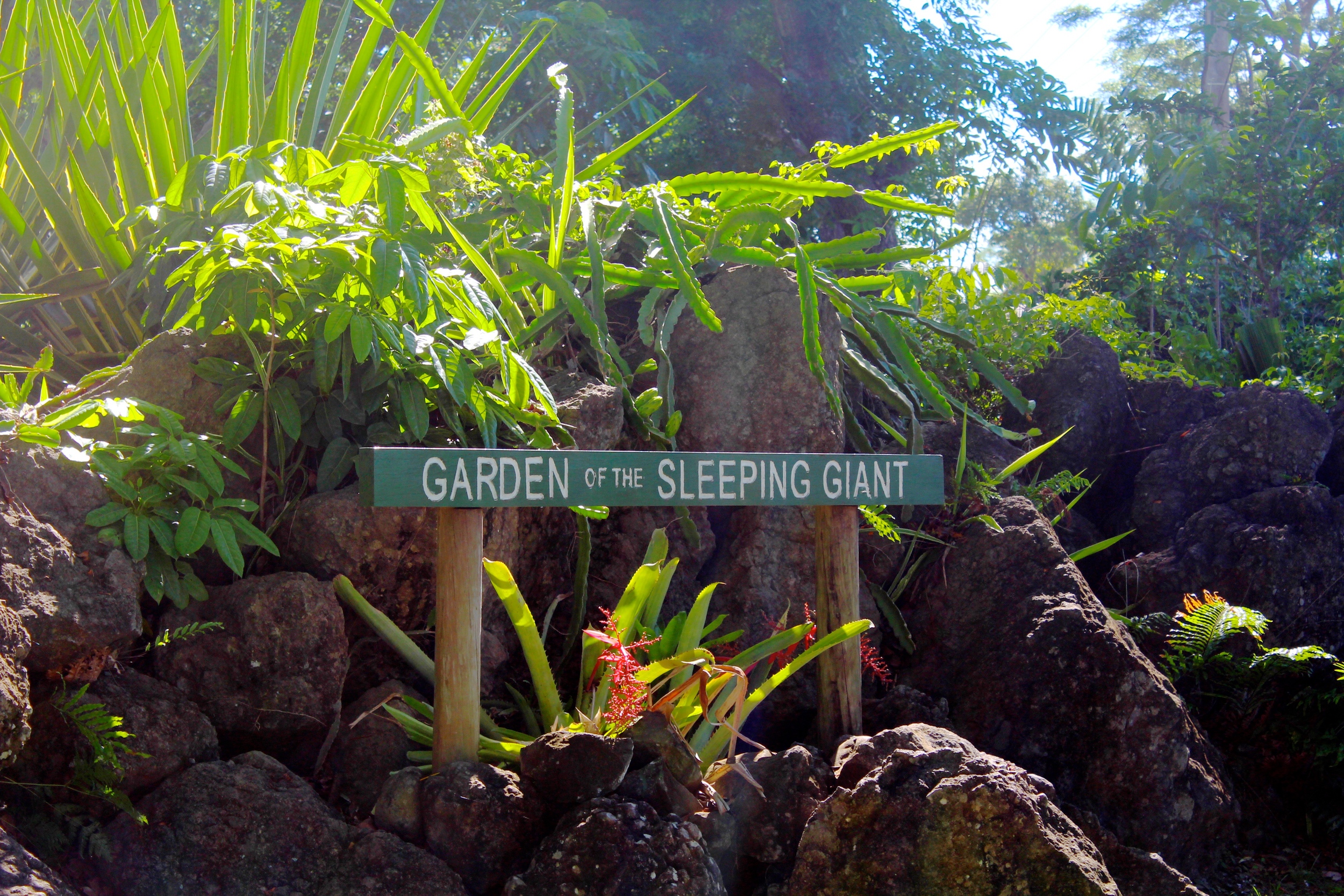
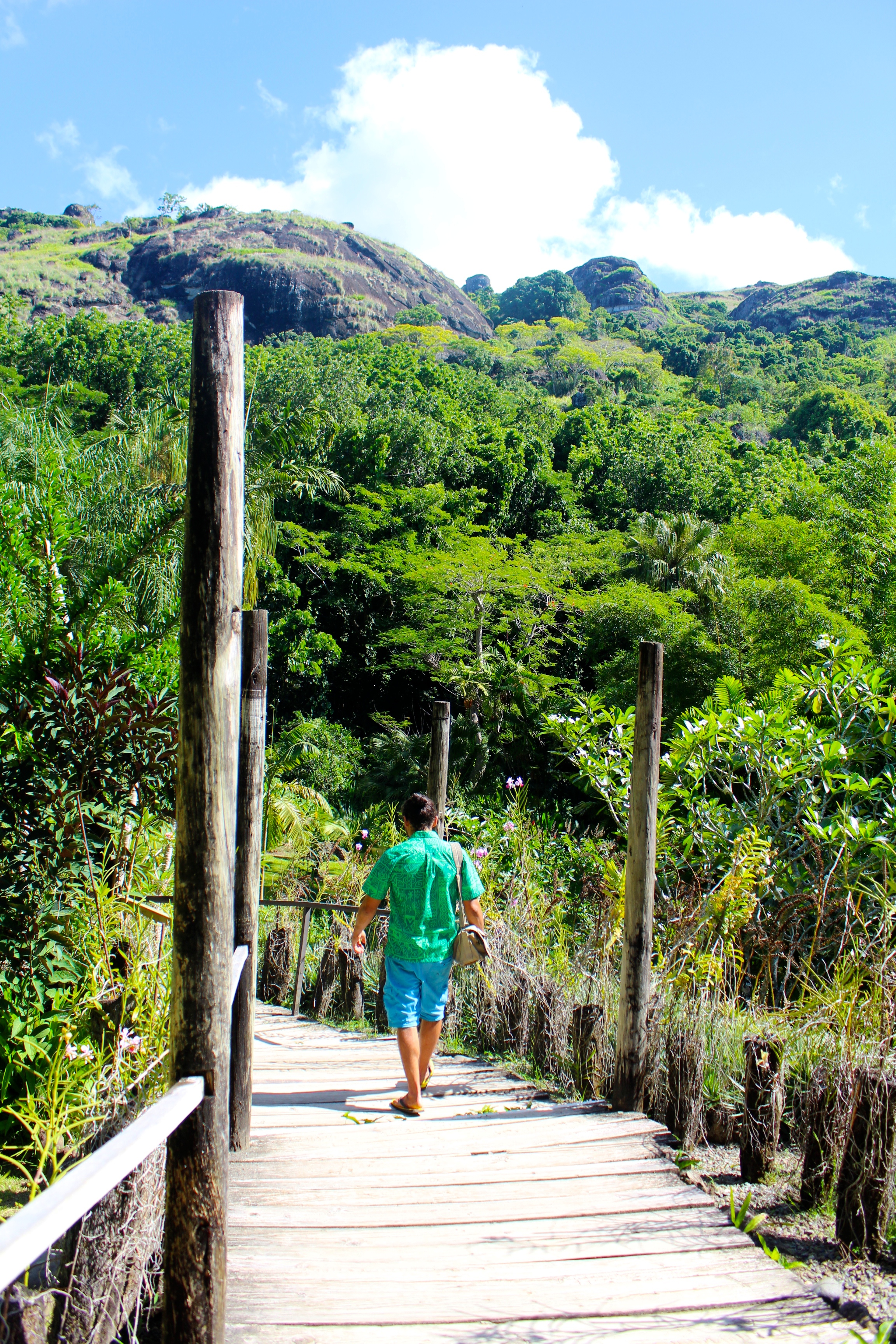
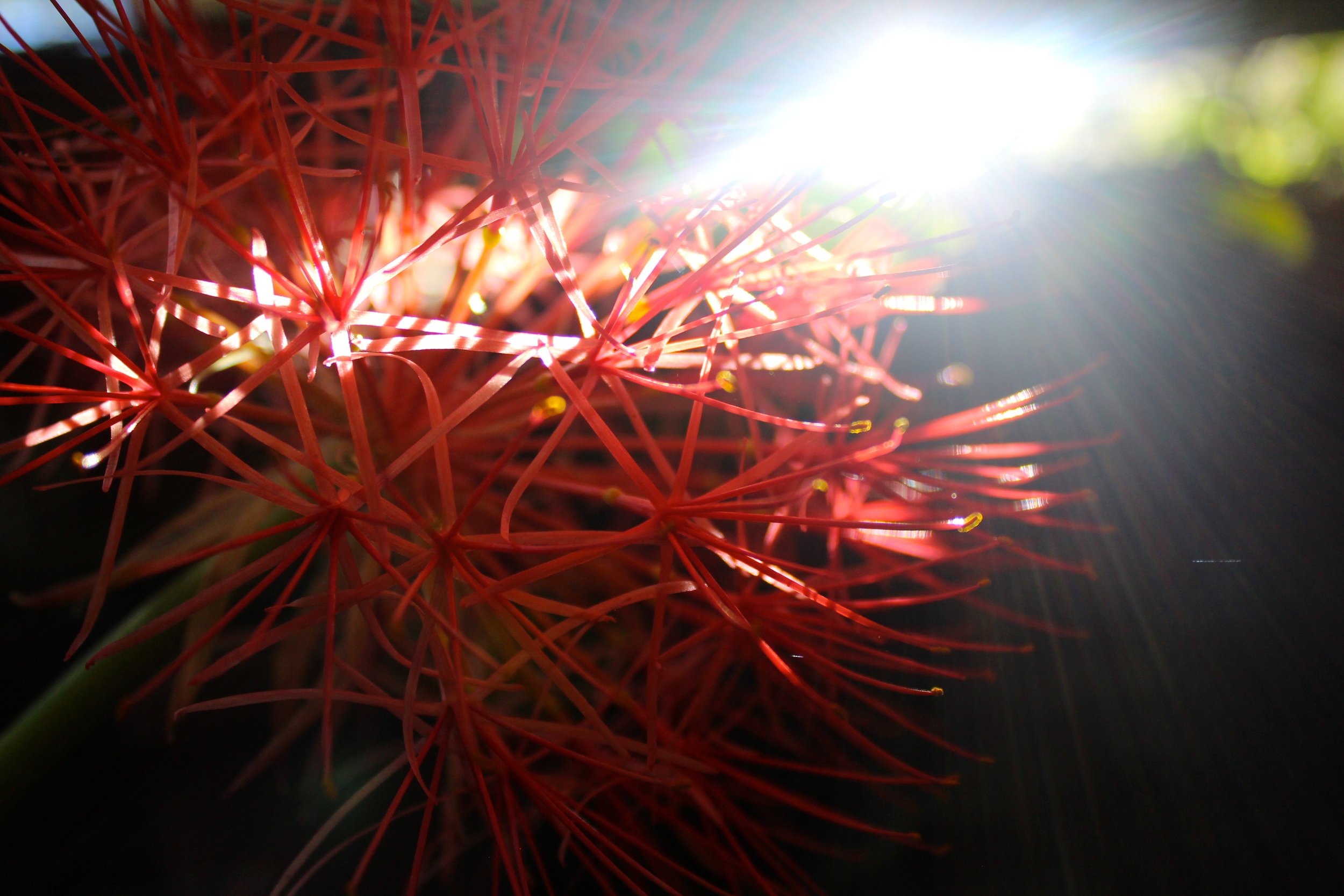
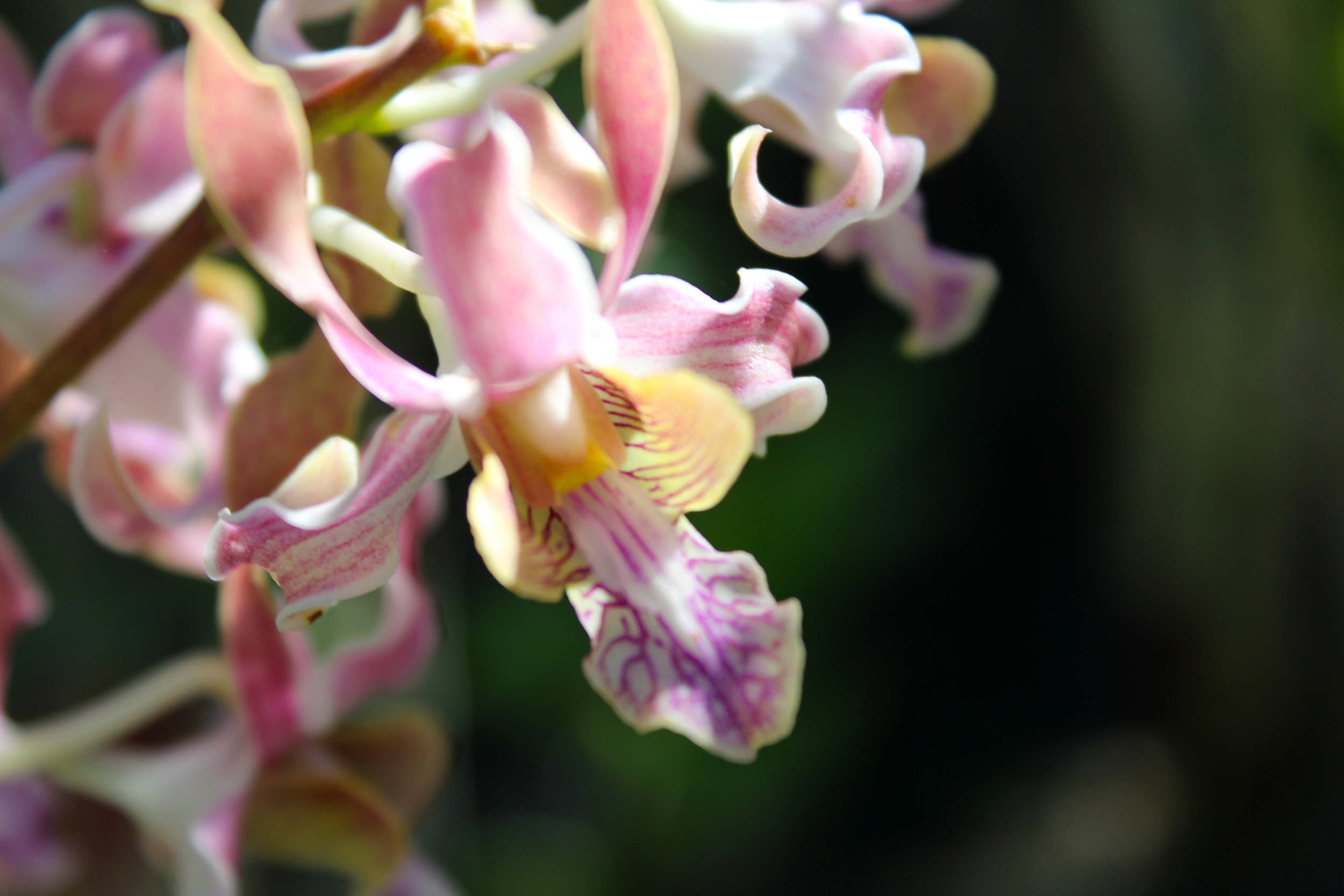
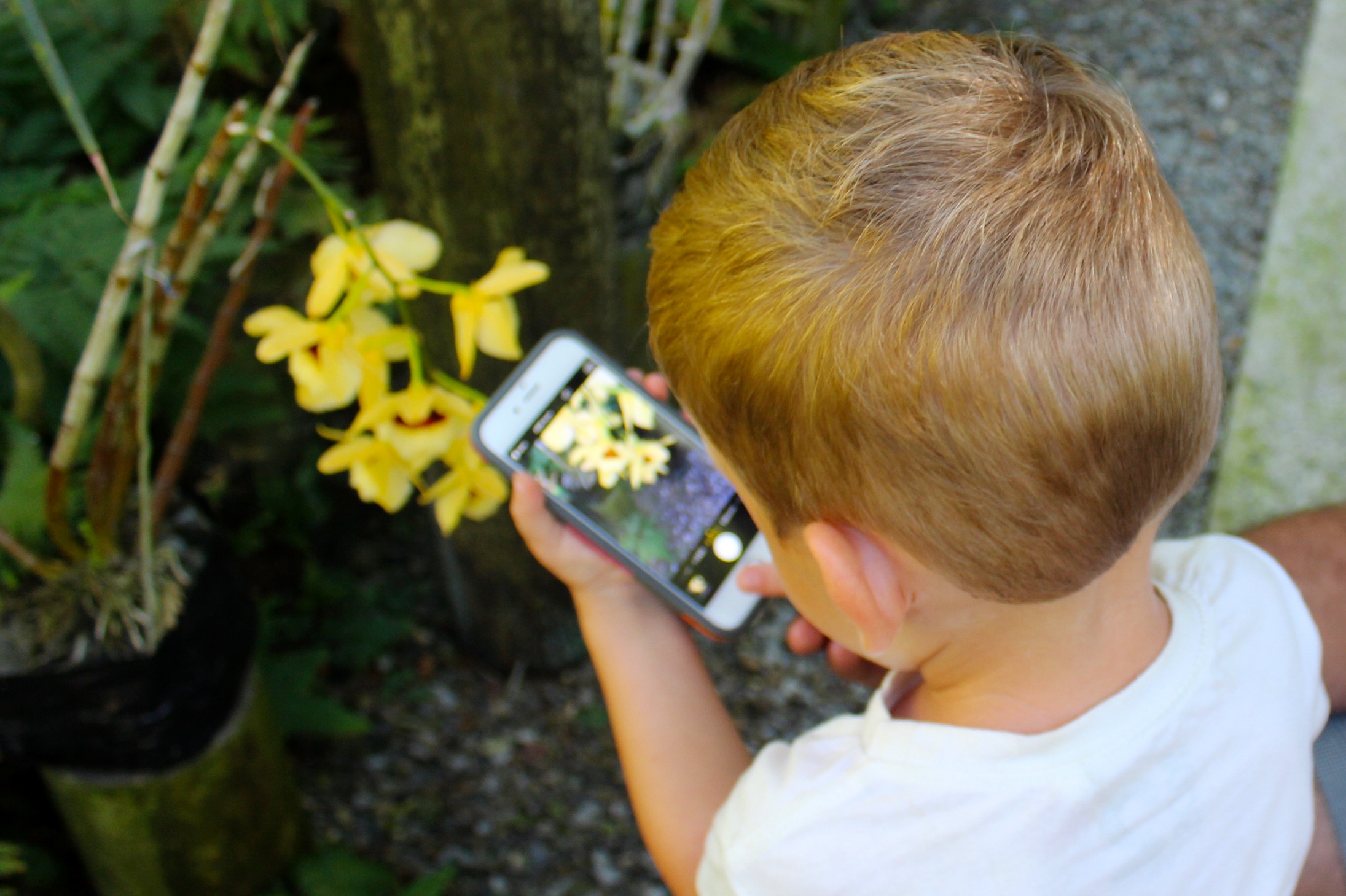
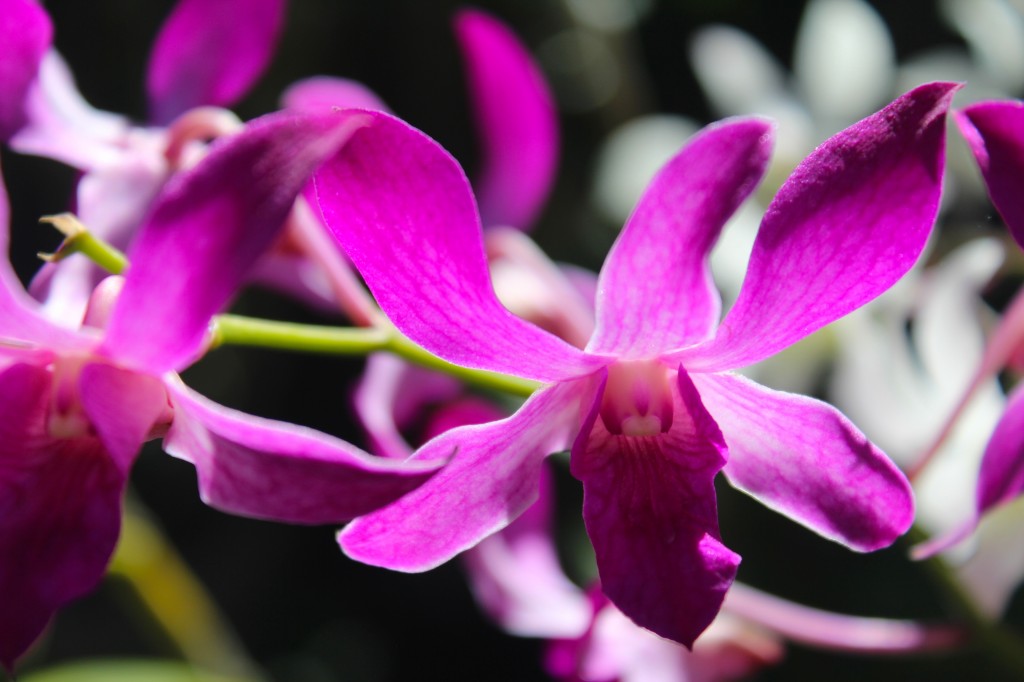
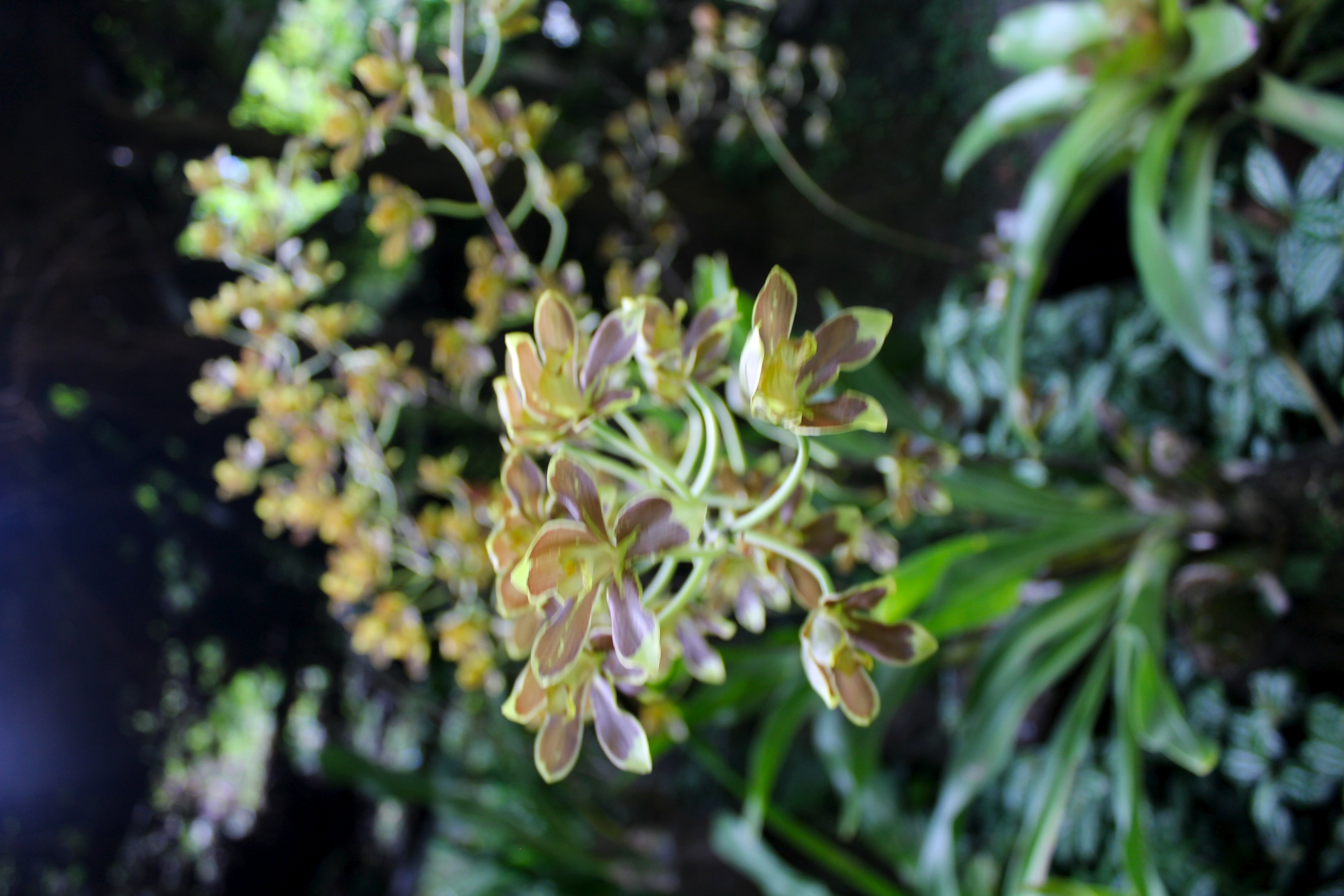
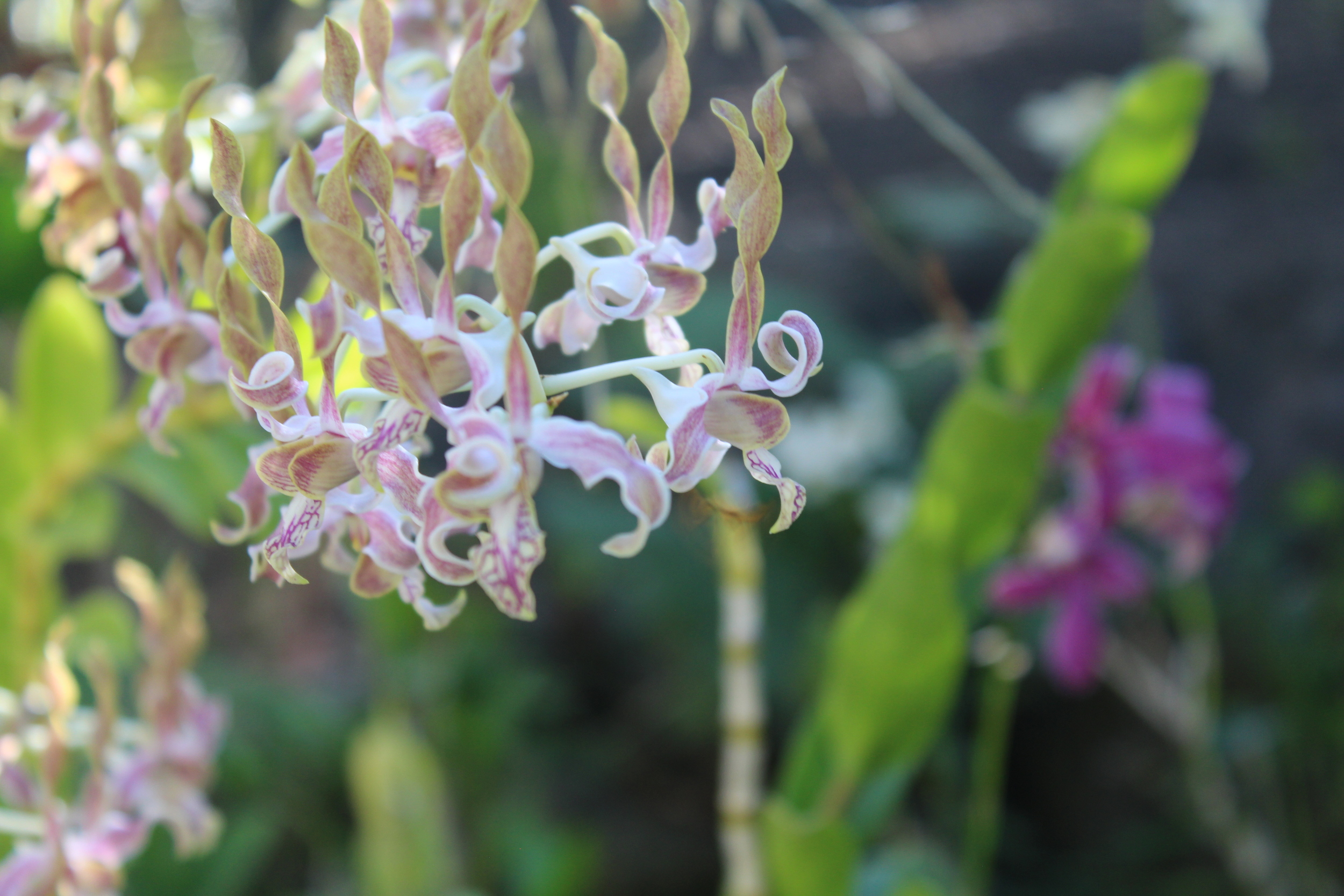
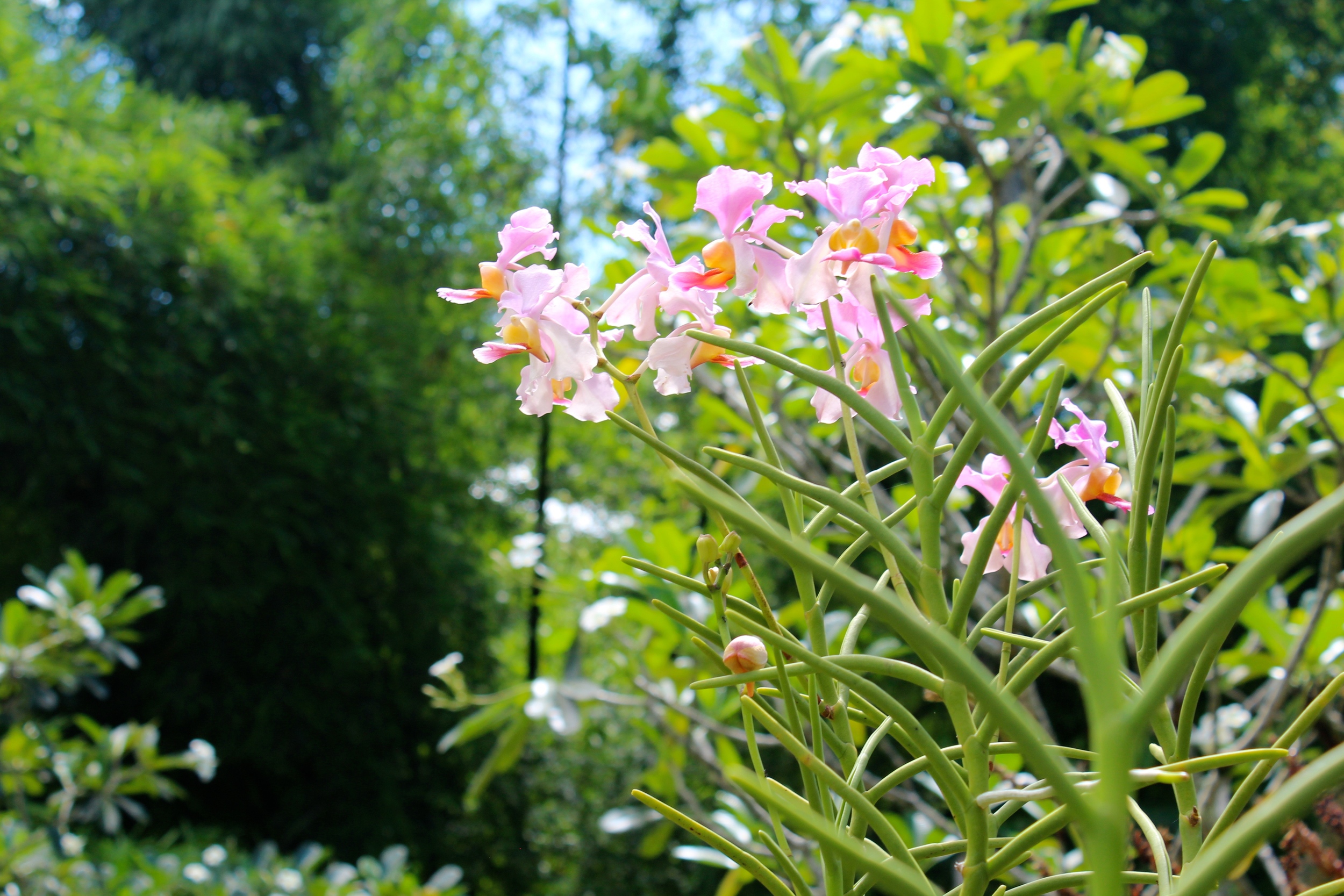
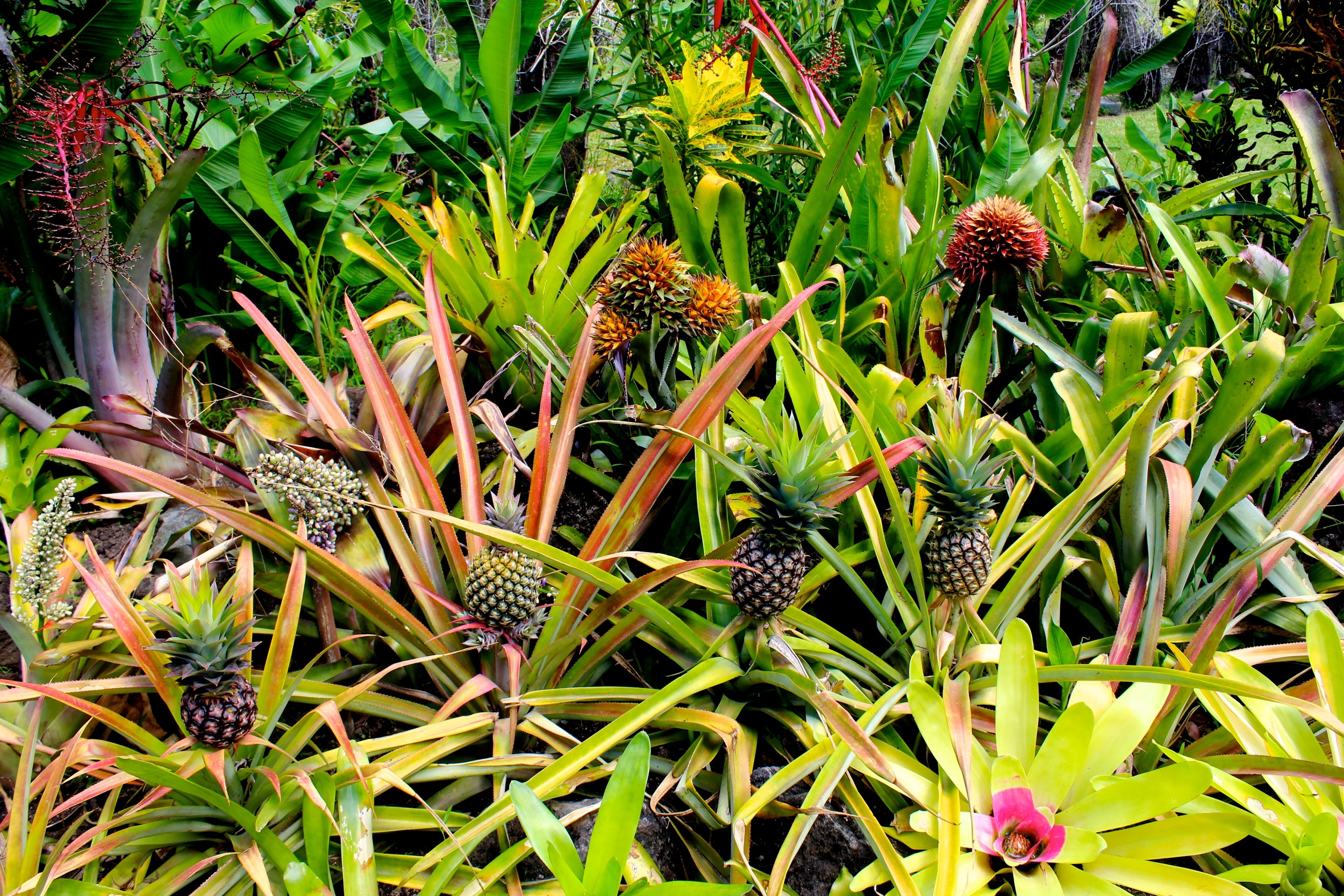
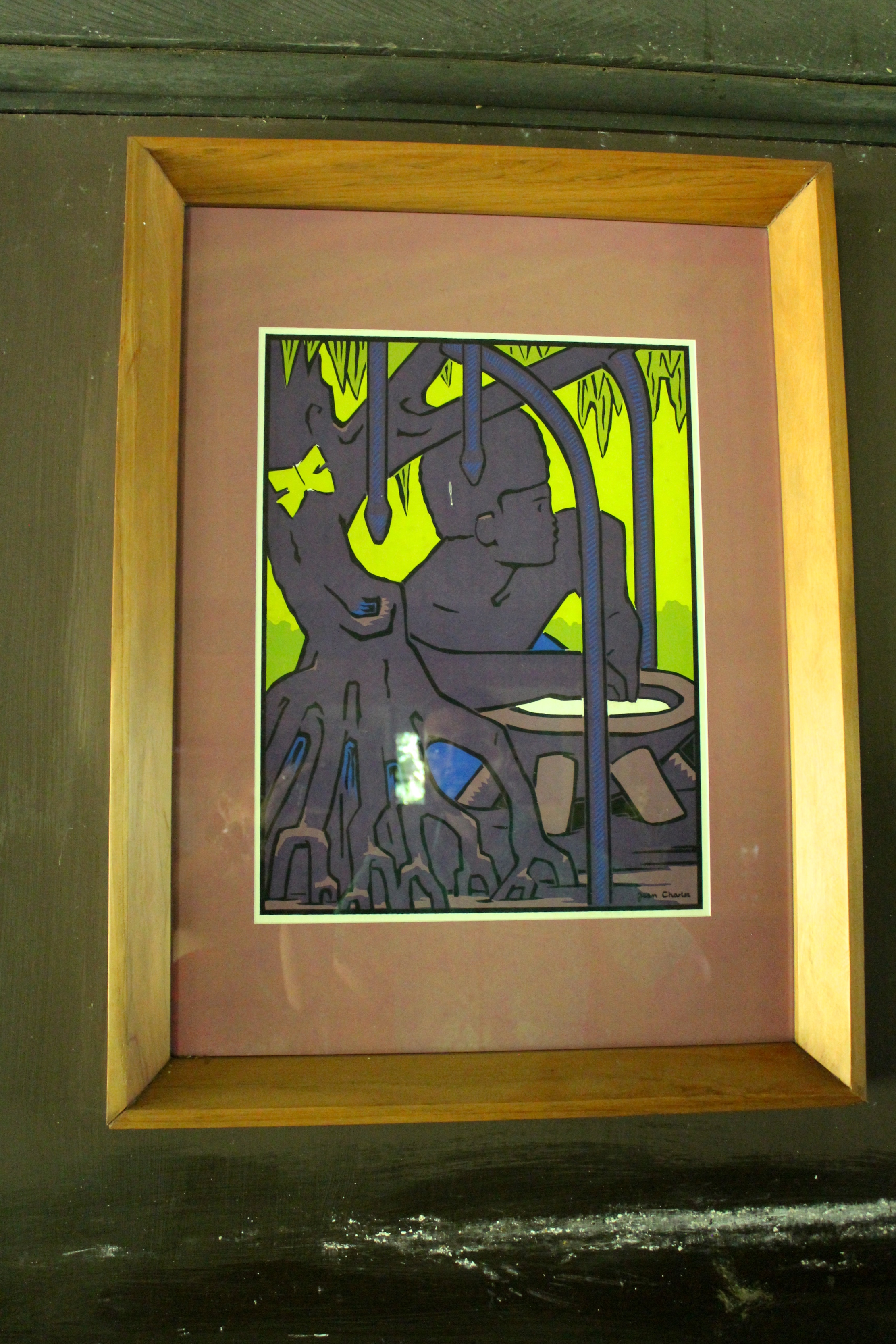



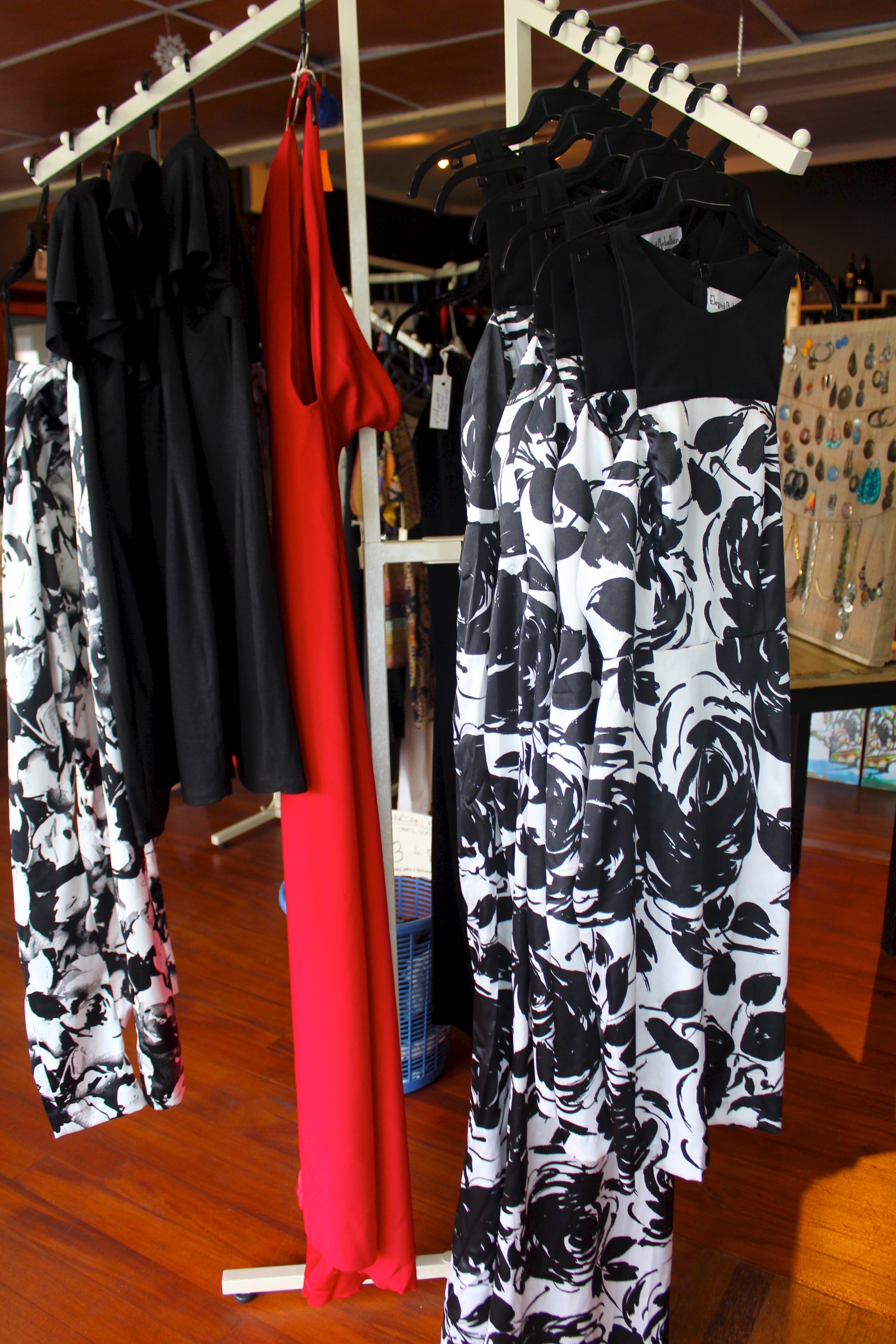

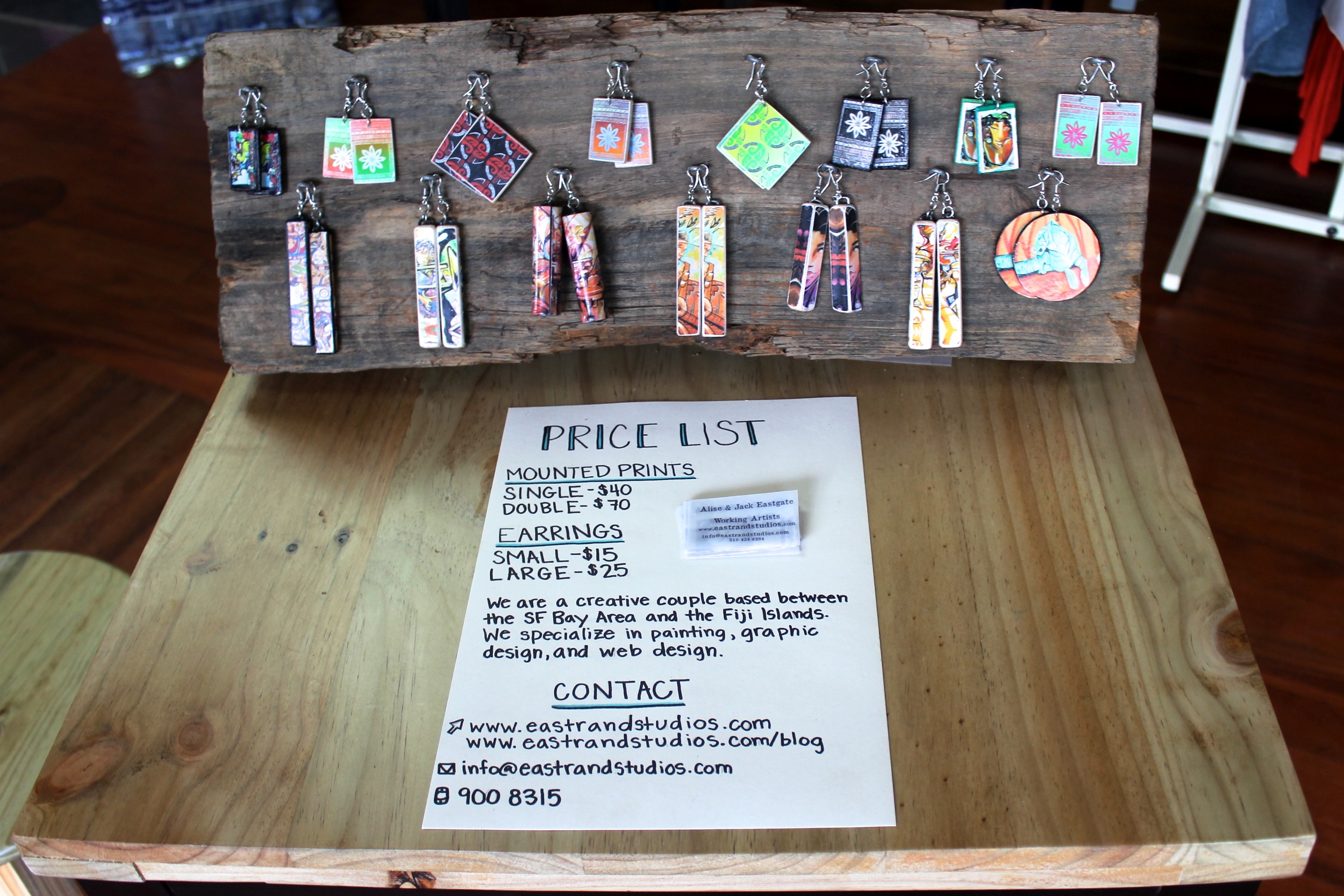
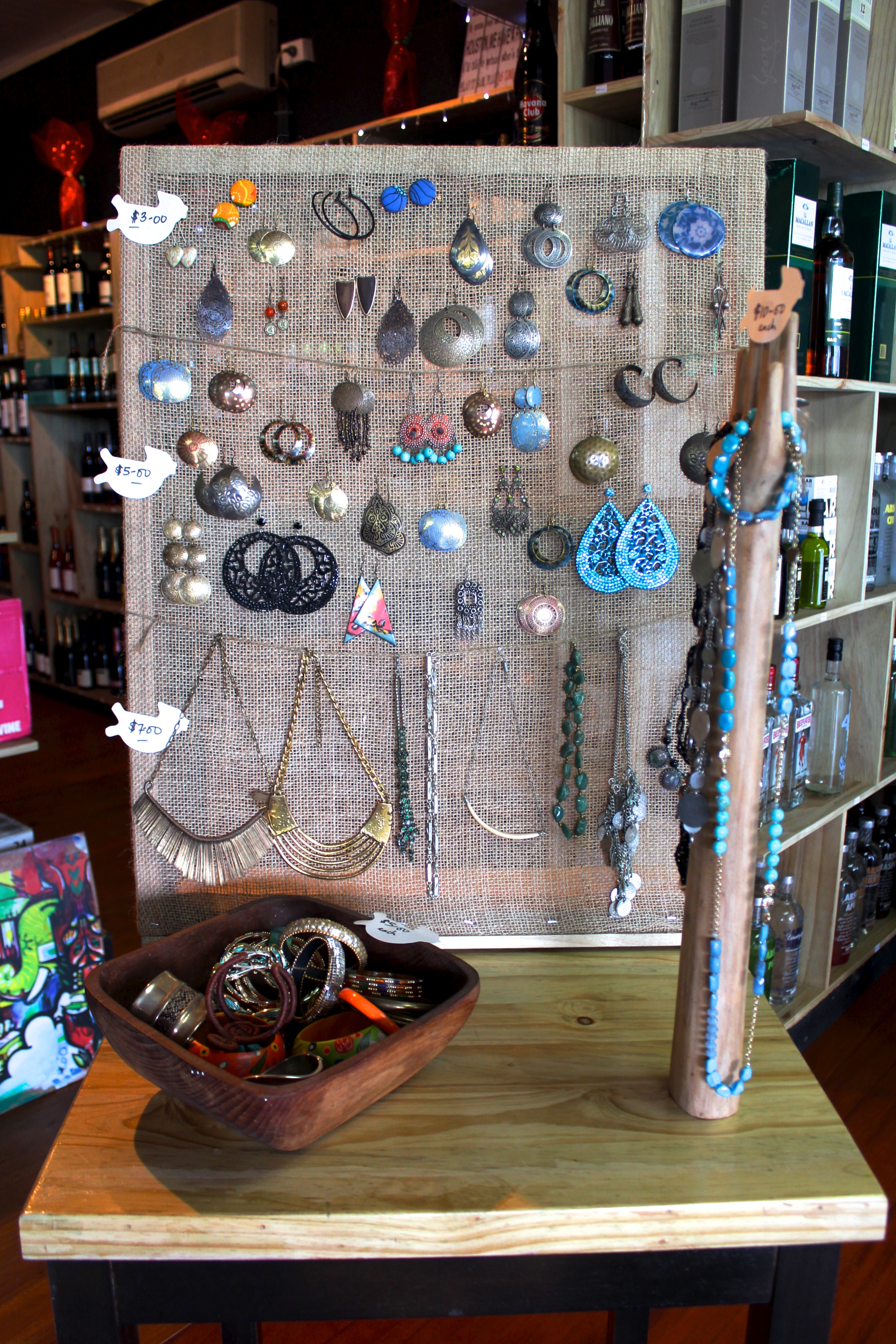
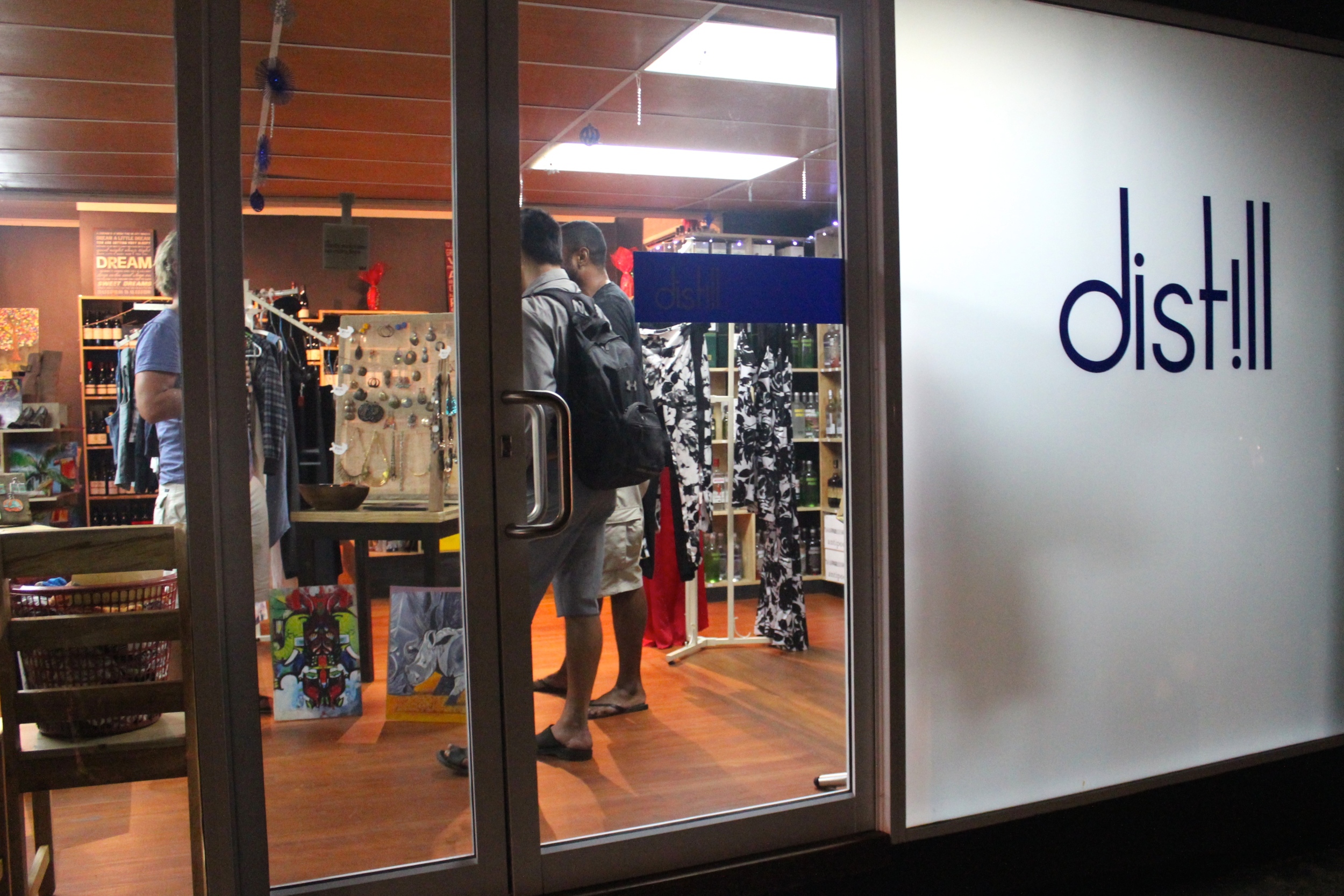
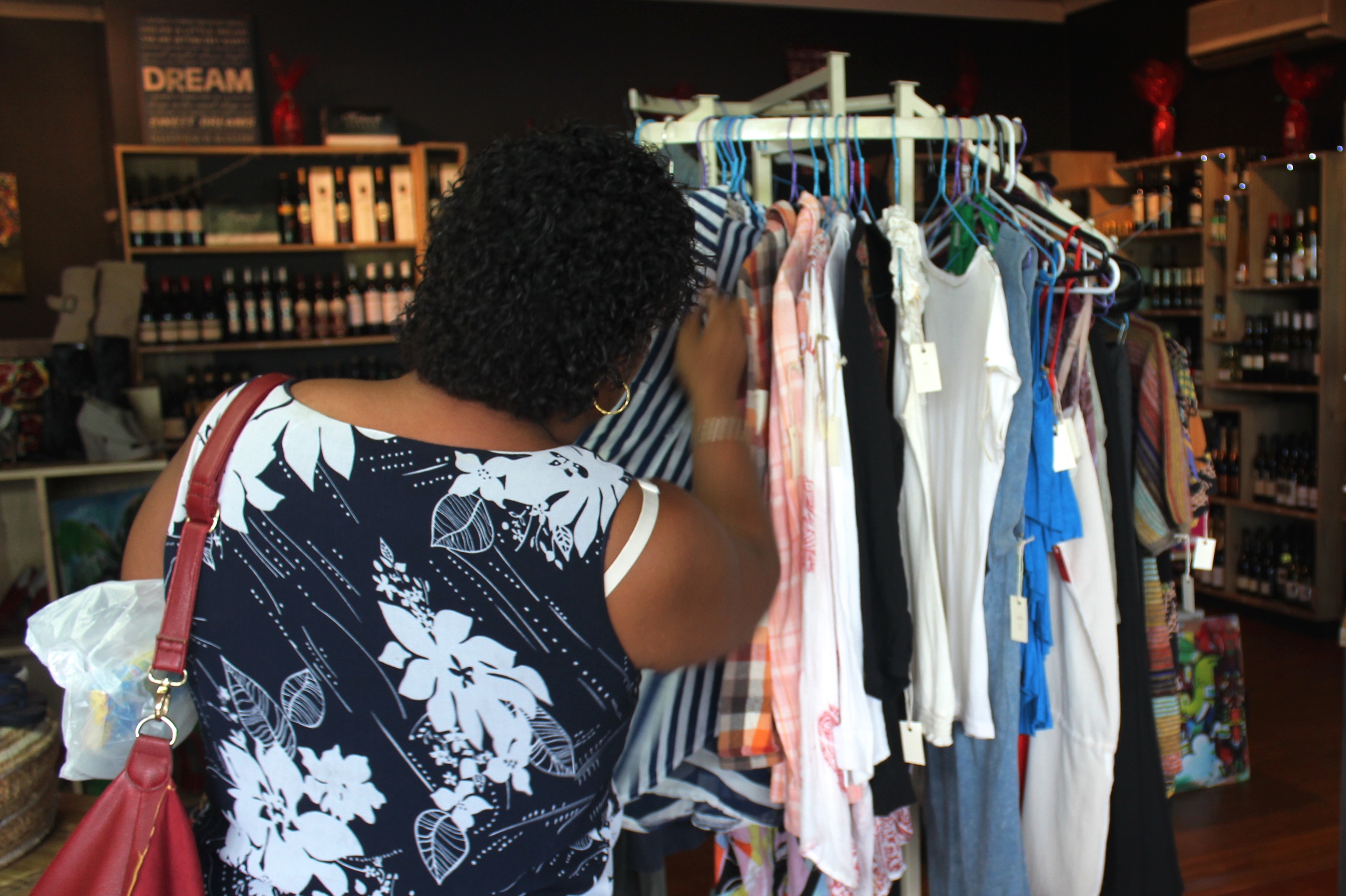
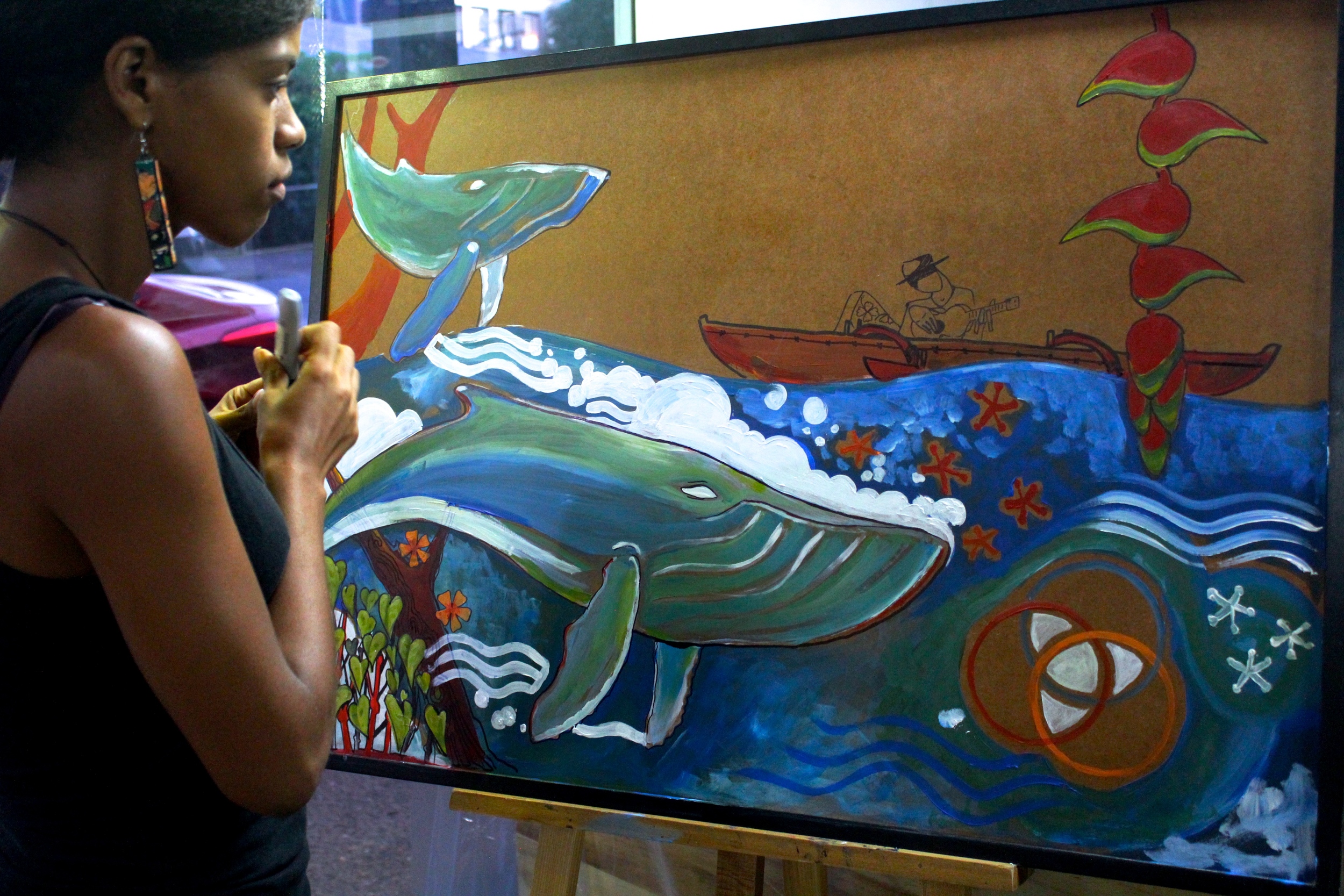
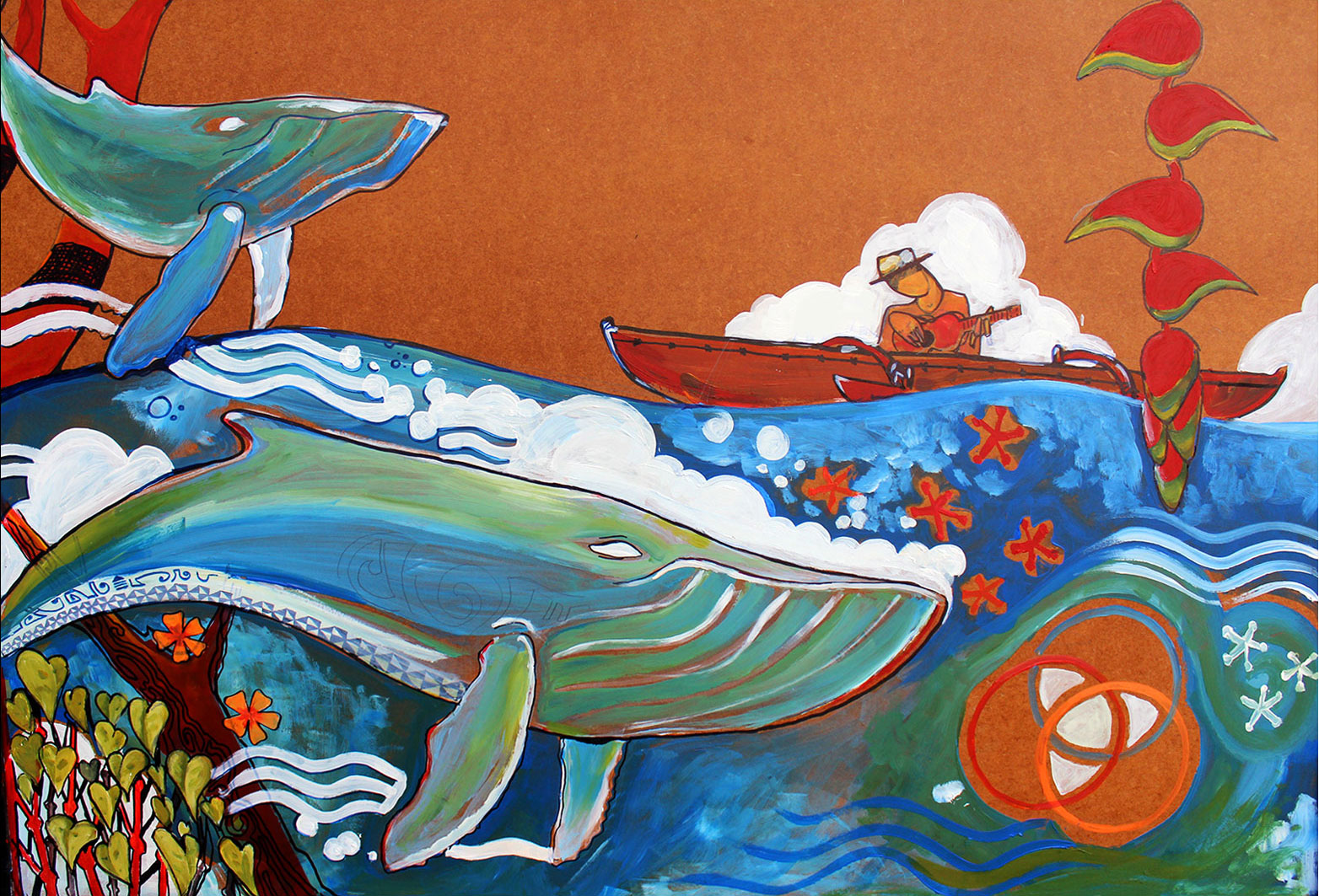
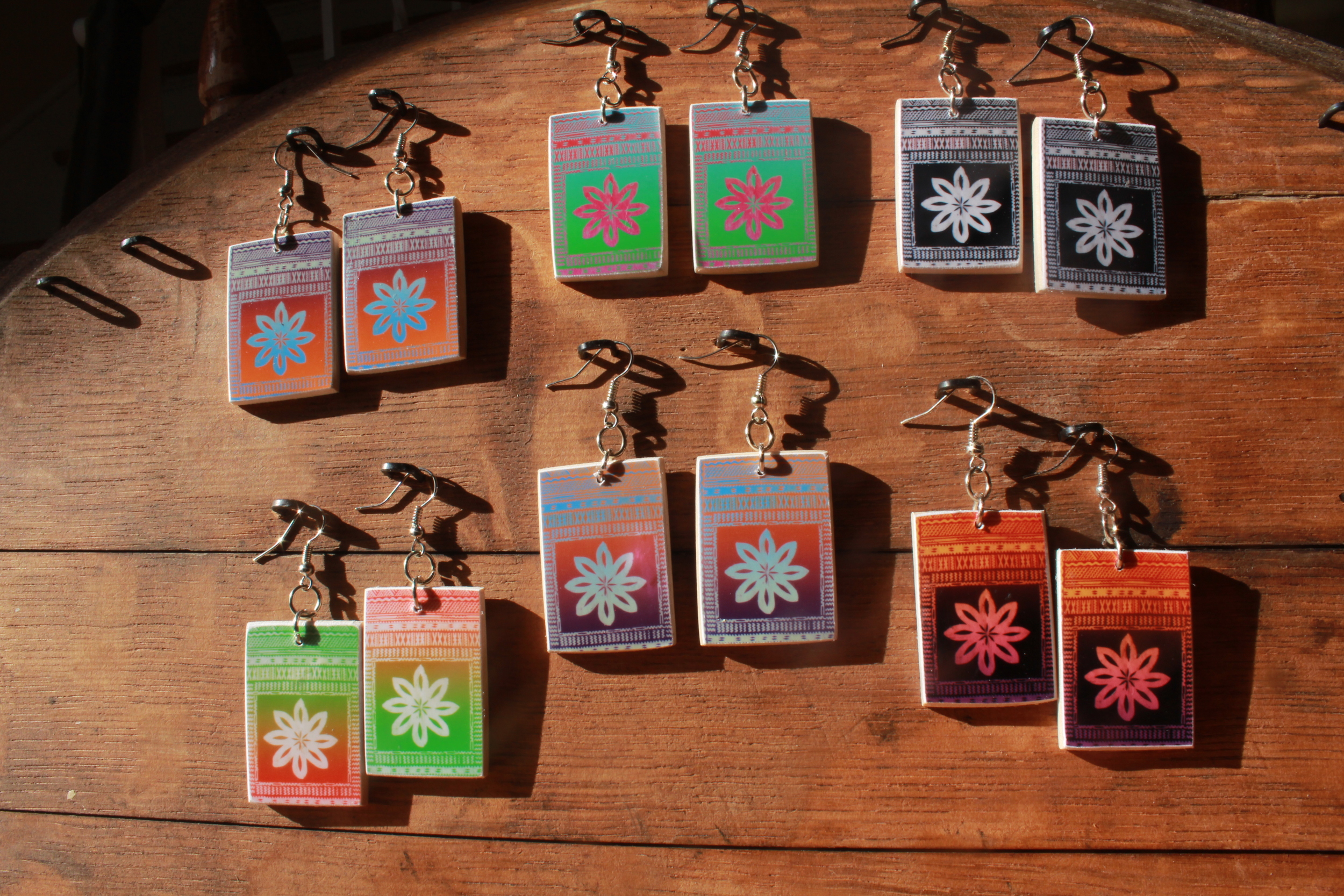
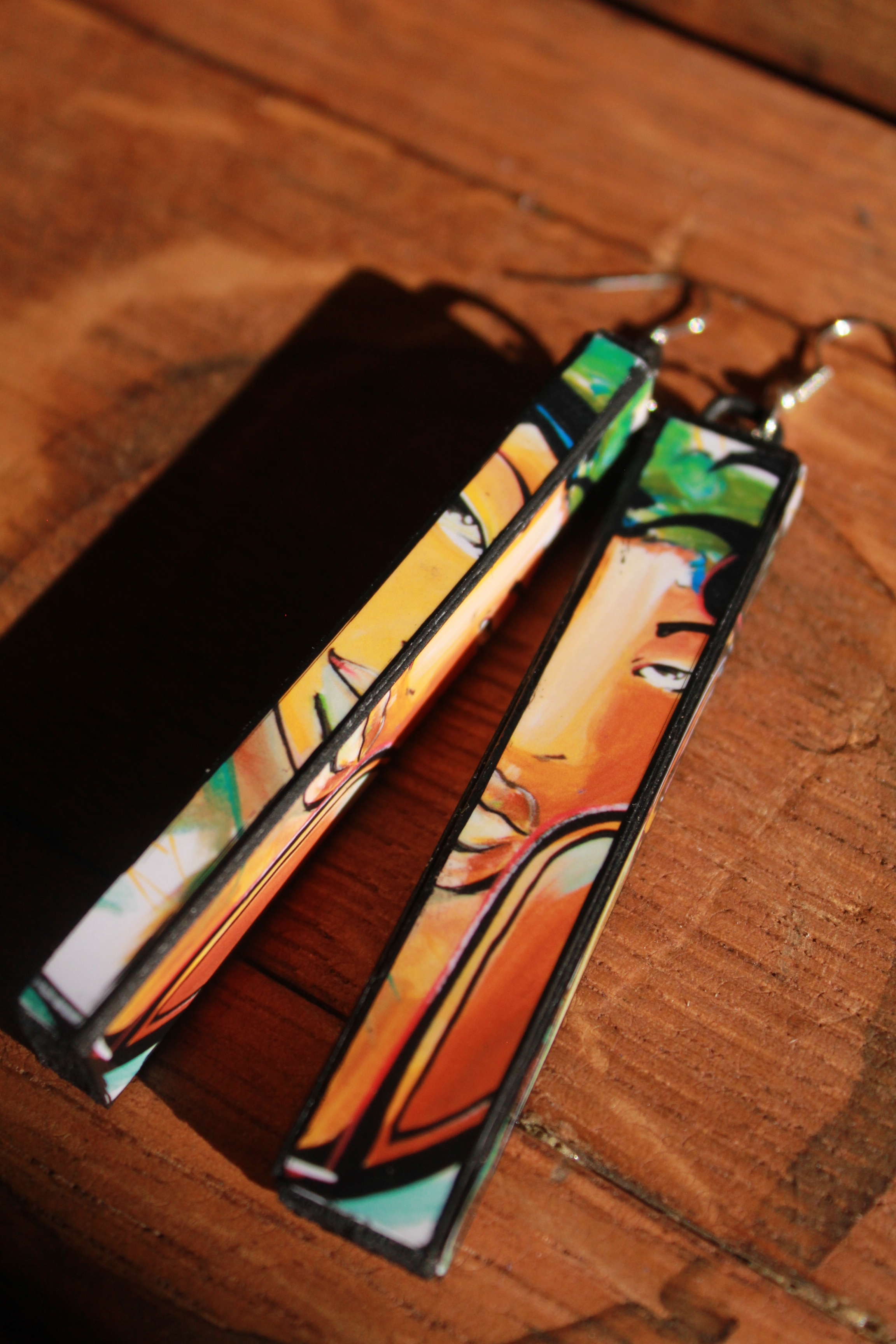
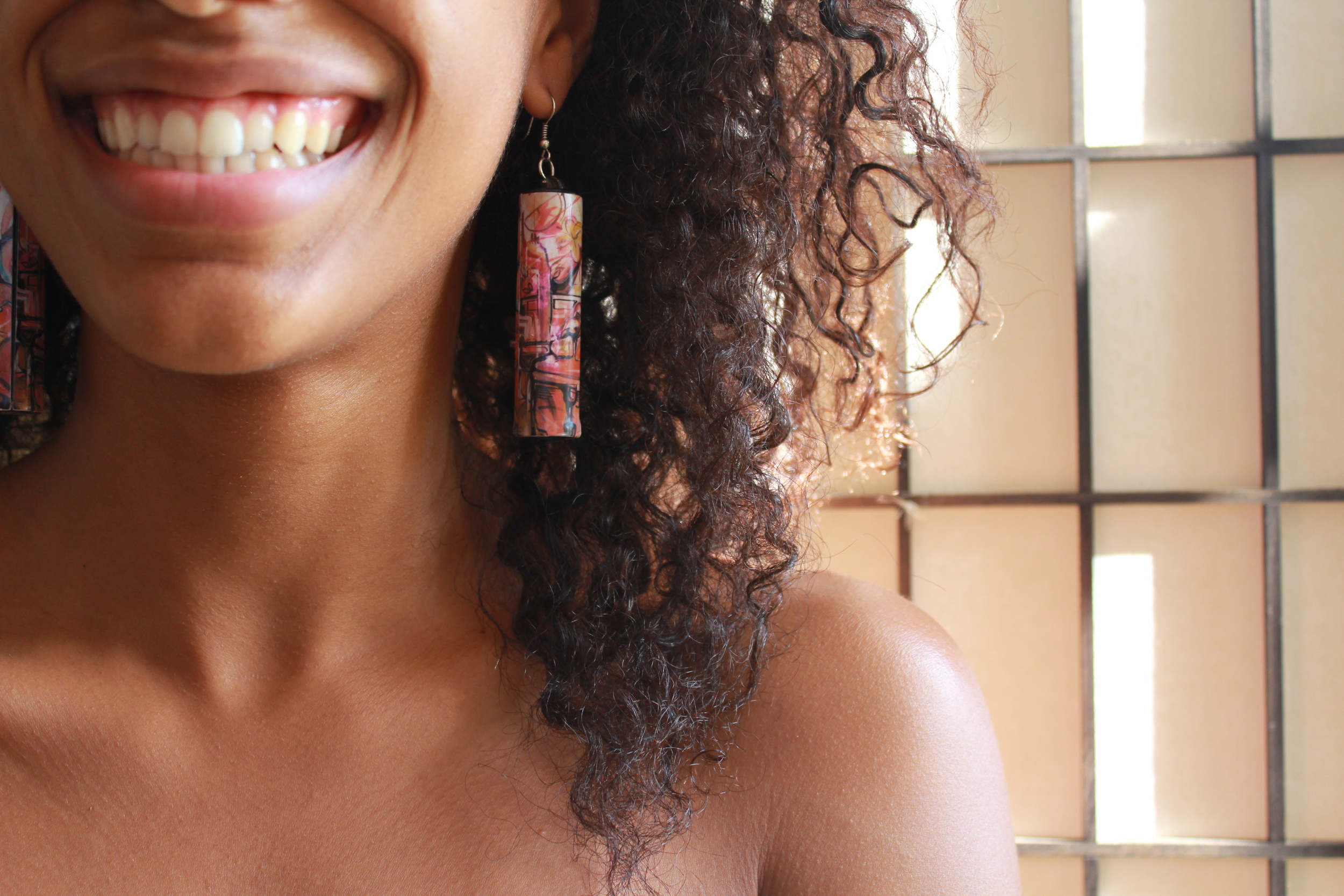

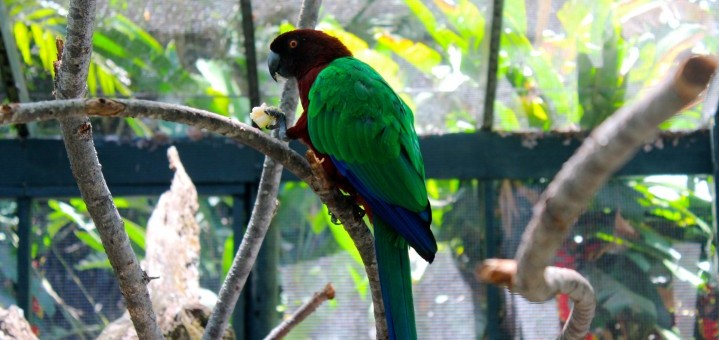
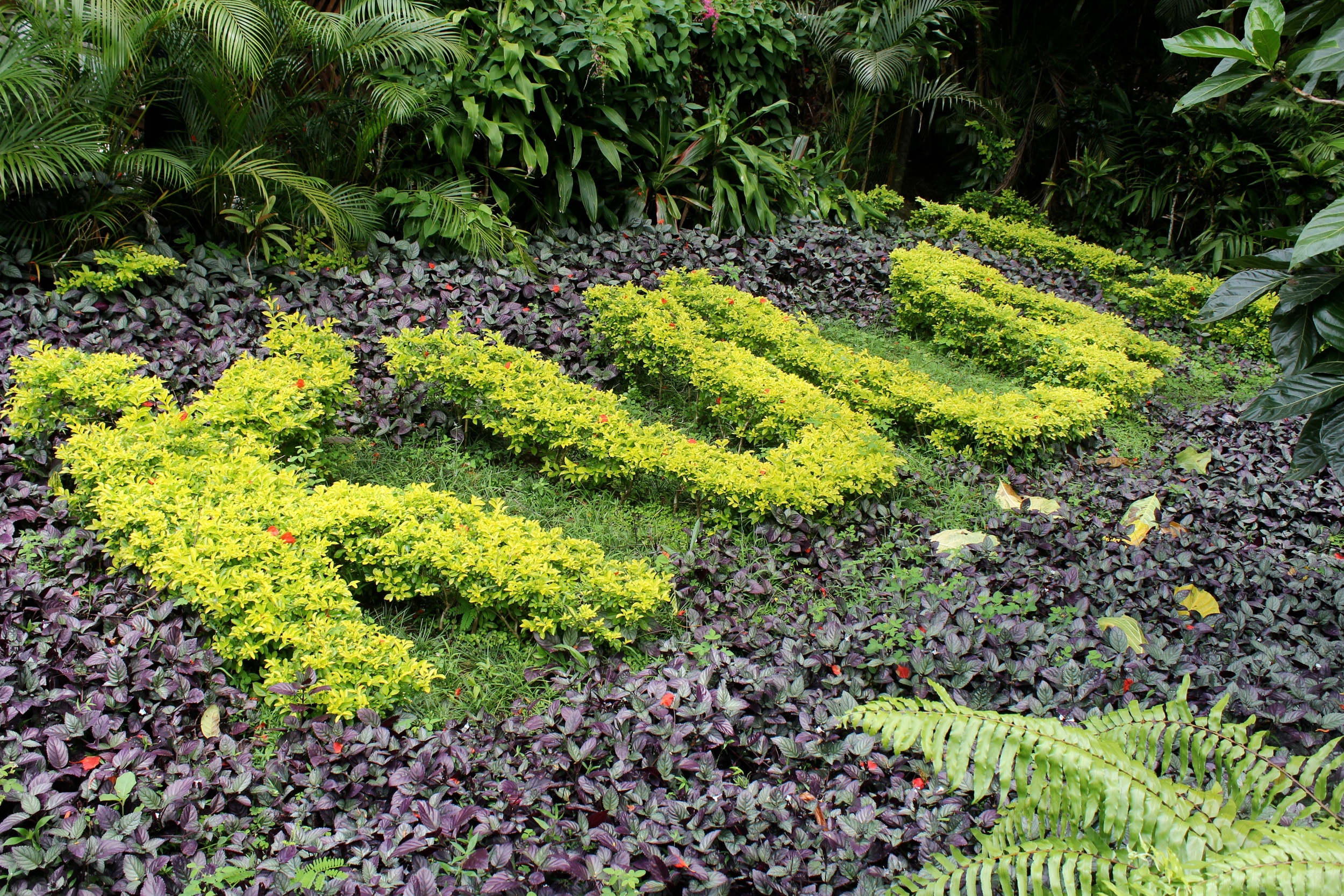
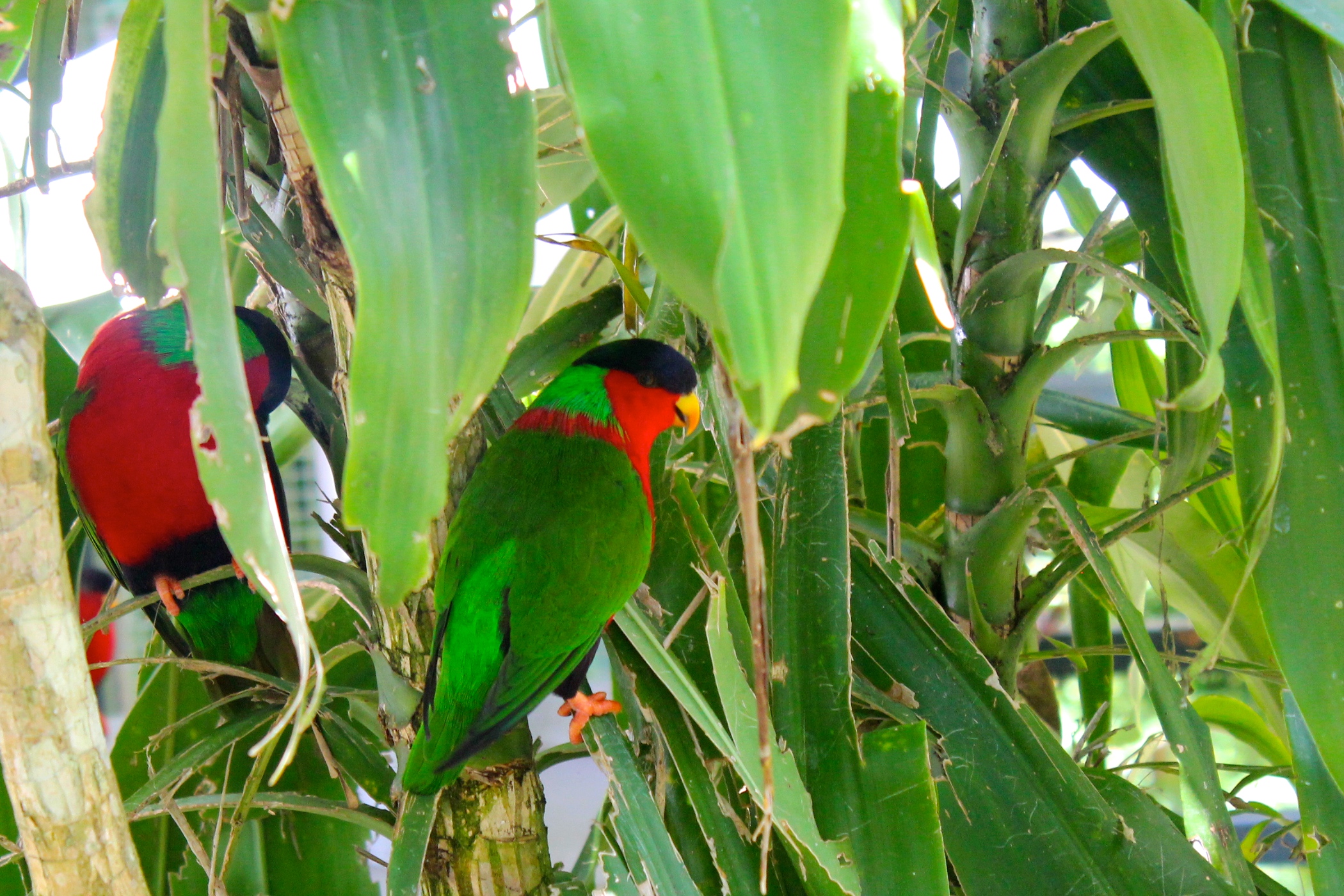 They offer self-guided tours daily, and guided tours are available with advanced booking. We enjoyed taking our time with the self-guided option through the picturesque coastal forest. The admission cost of $30 FJD per person is the sole source of funding for the park, and it also allows free environmental education for visiting school children.
They offer self-guided tours daily, and guided tours are available with advanced booking. We enjoyed taking our time with the self-guided option through the picturesque coastal forest. The admission cost of $30 FJD per person is the sole source of funding for the park, and it also allows free environmental education for visiting school children.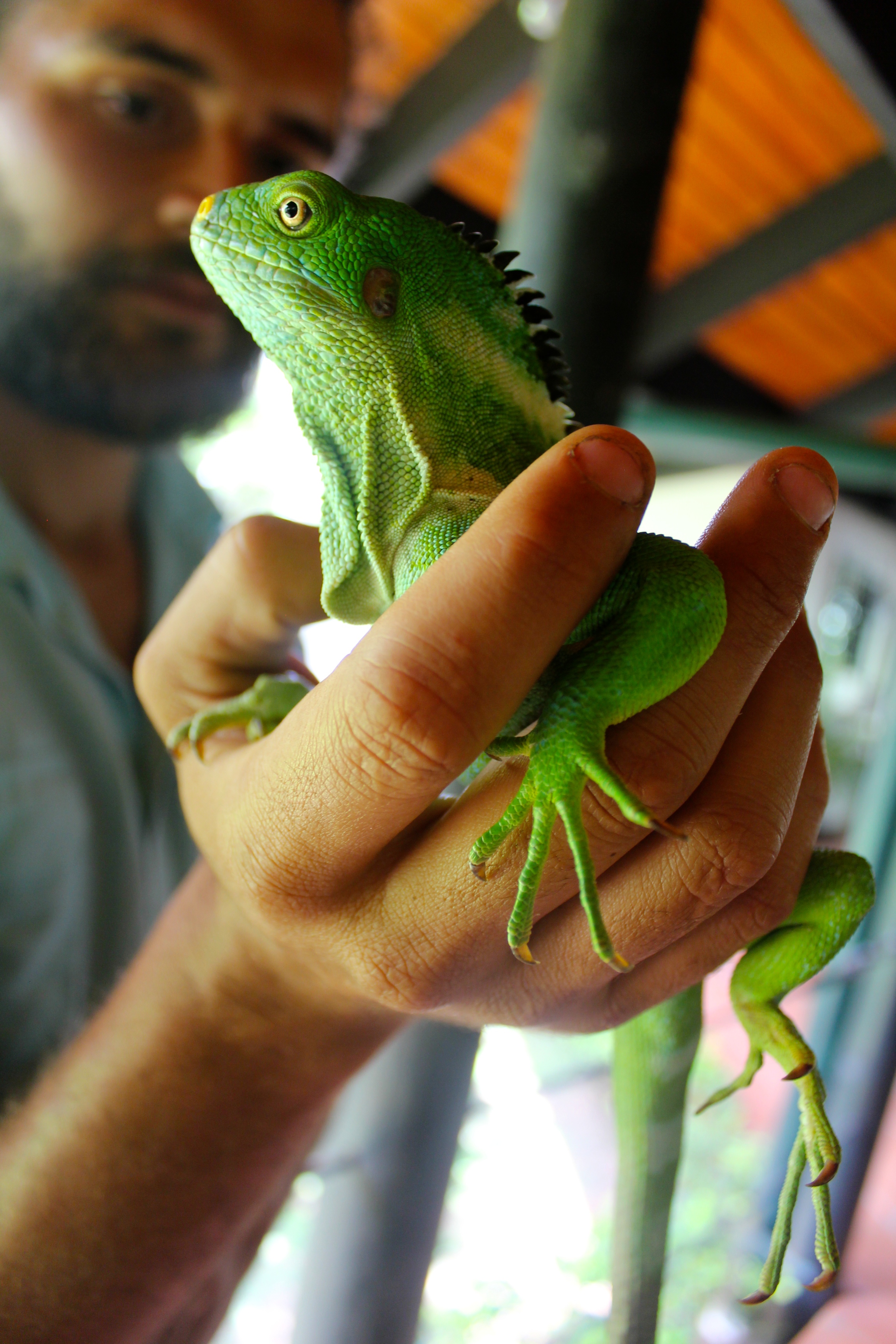
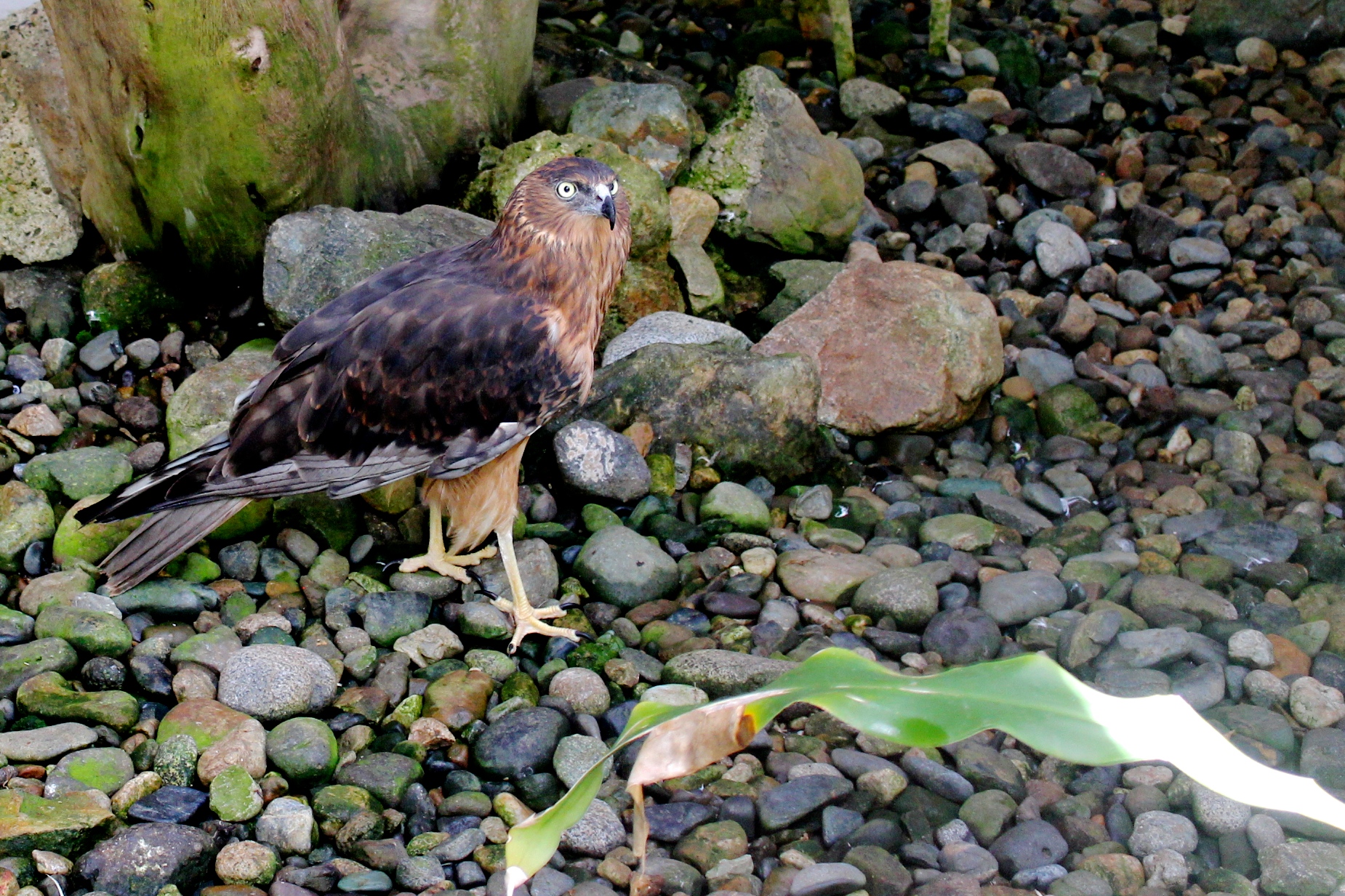
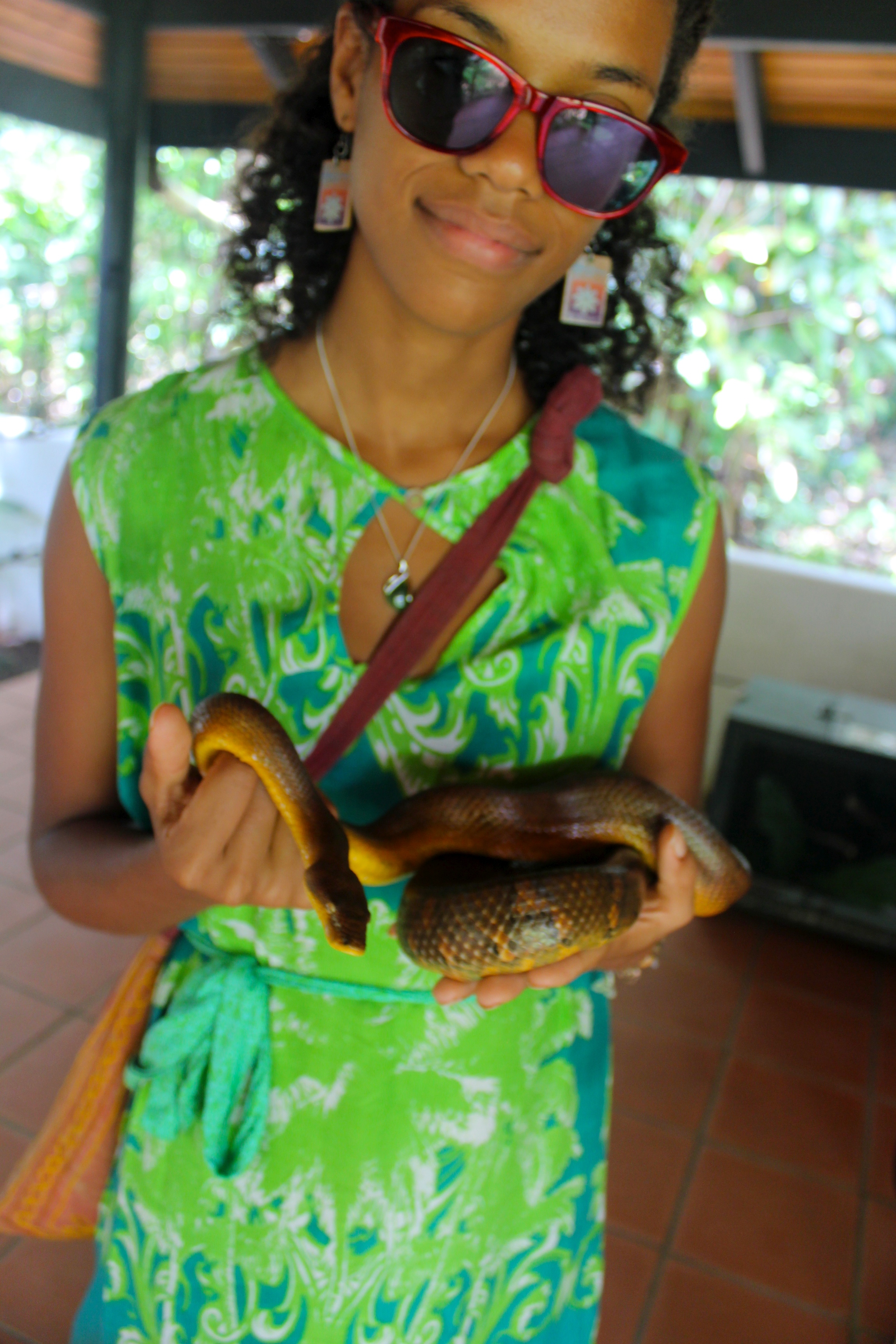
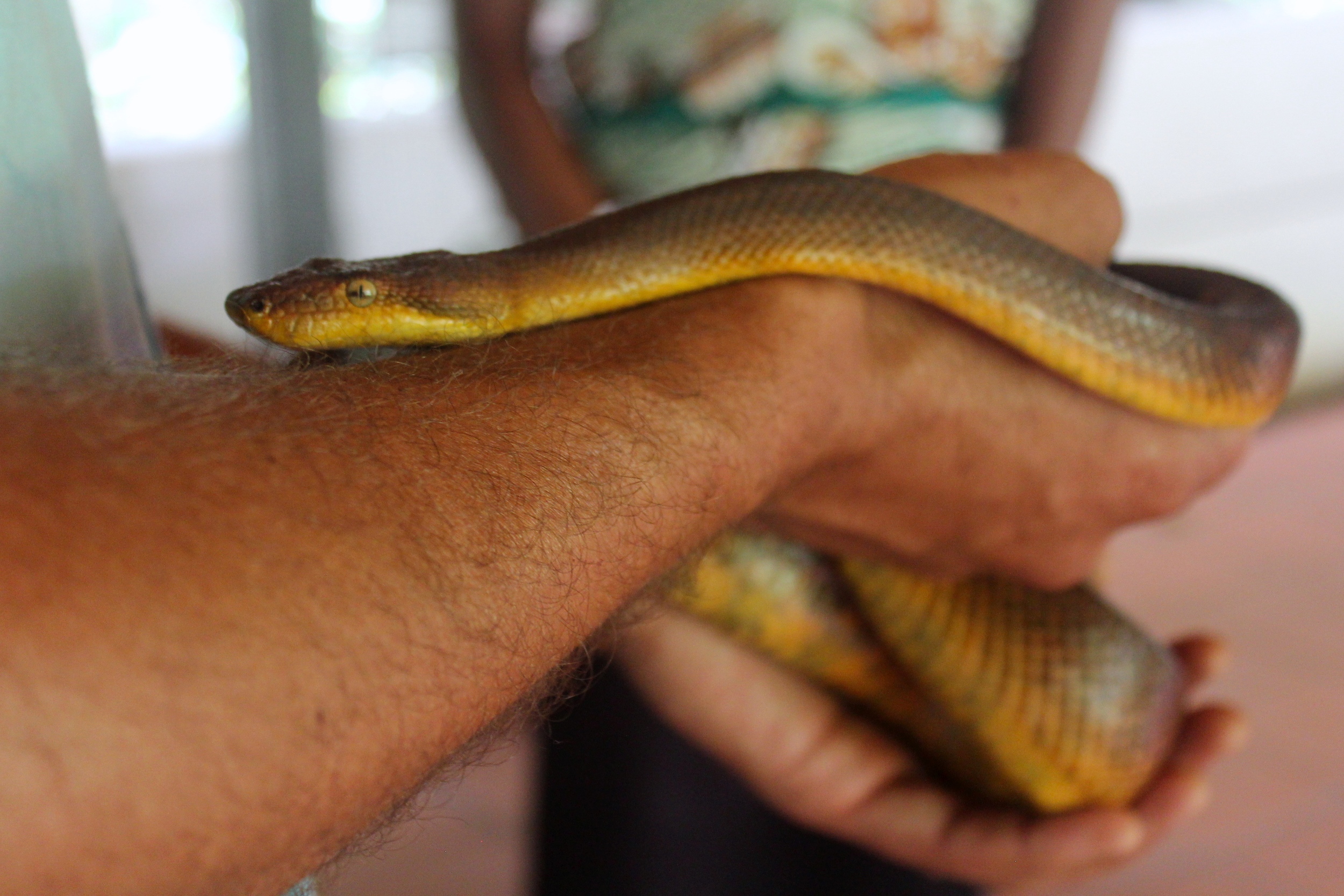
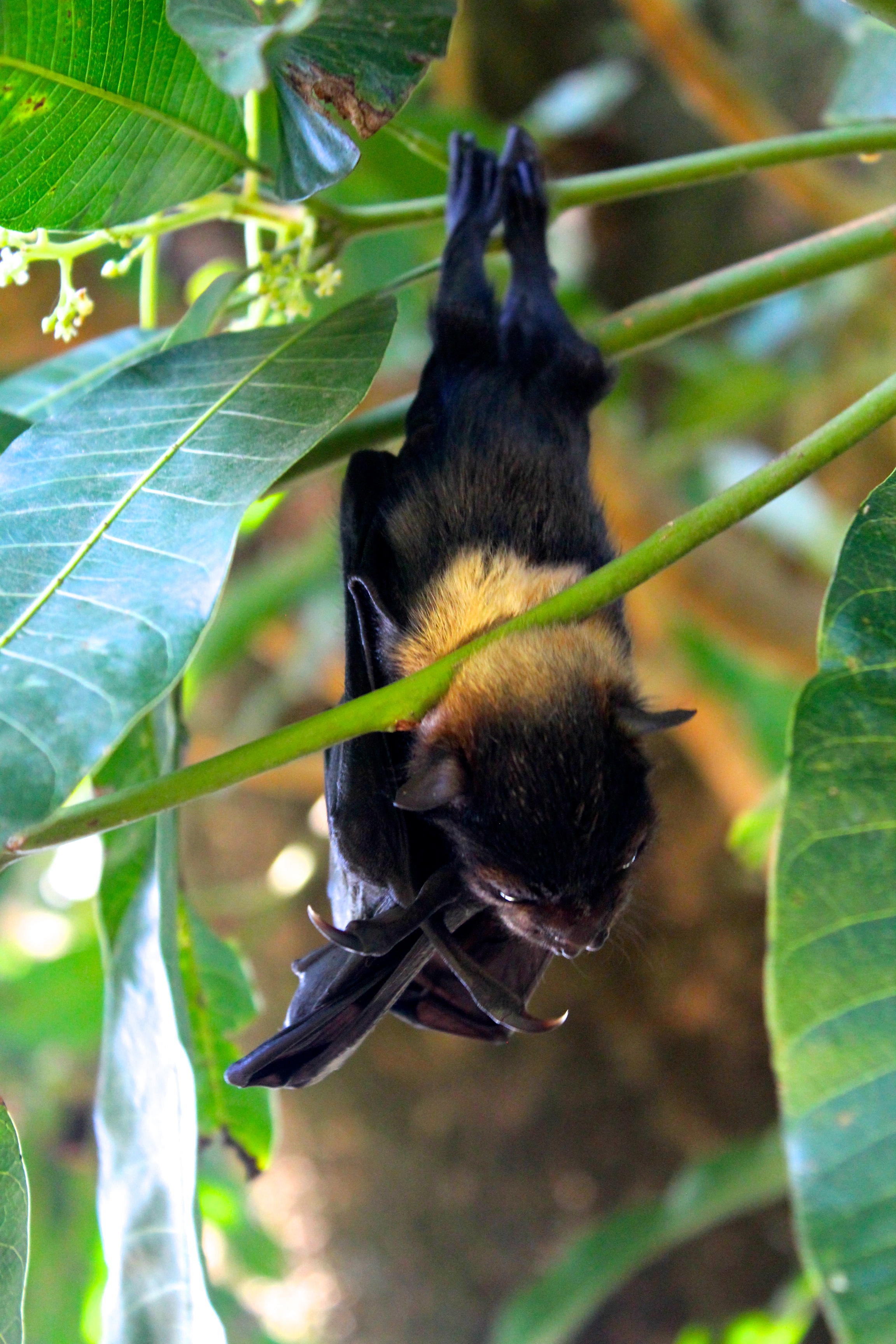
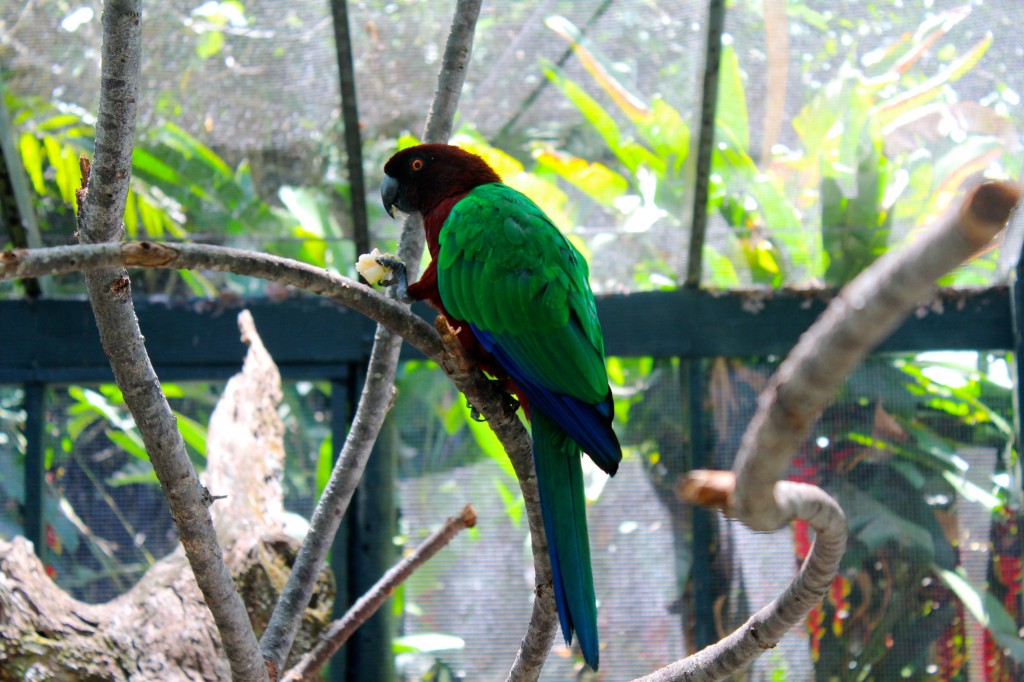
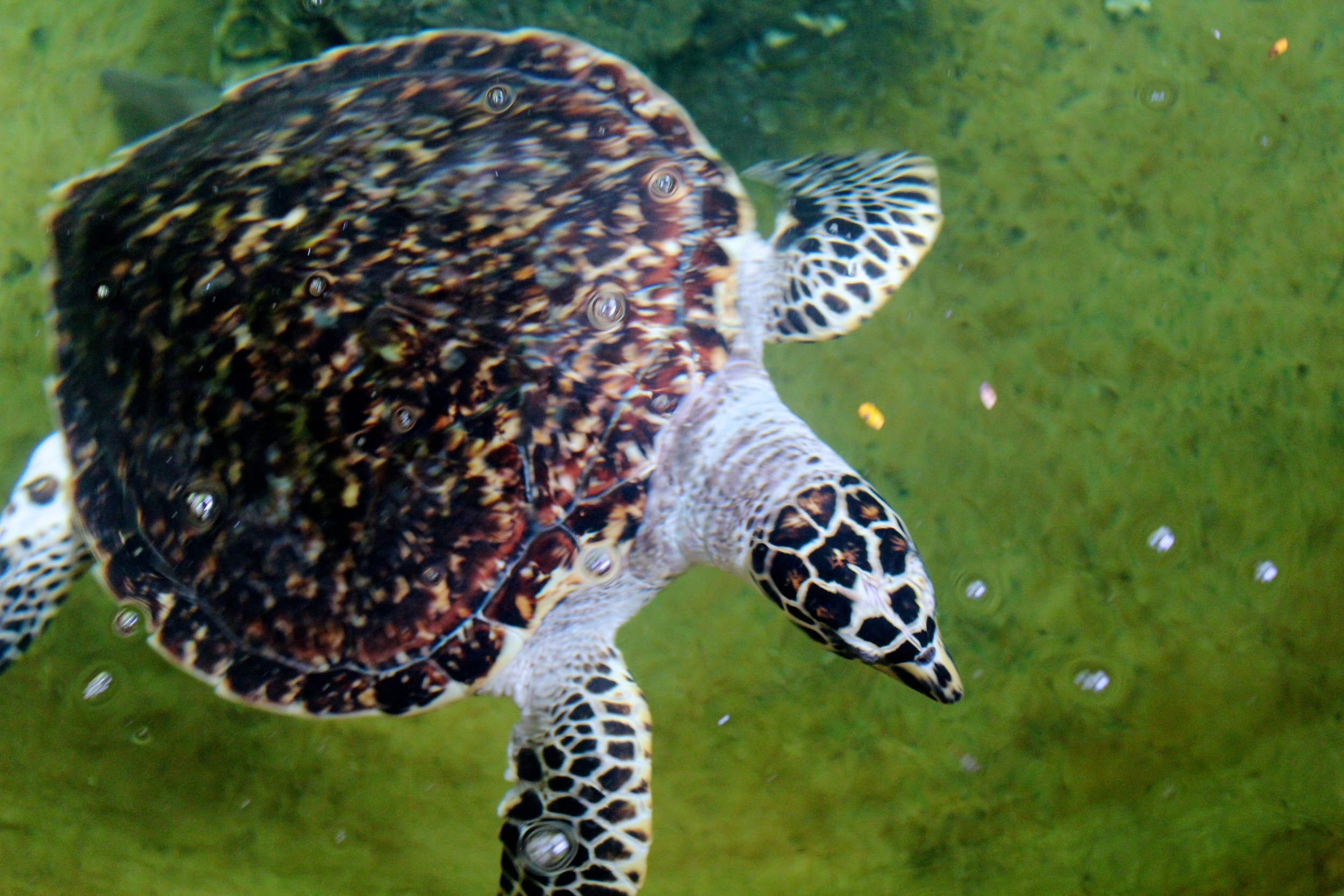
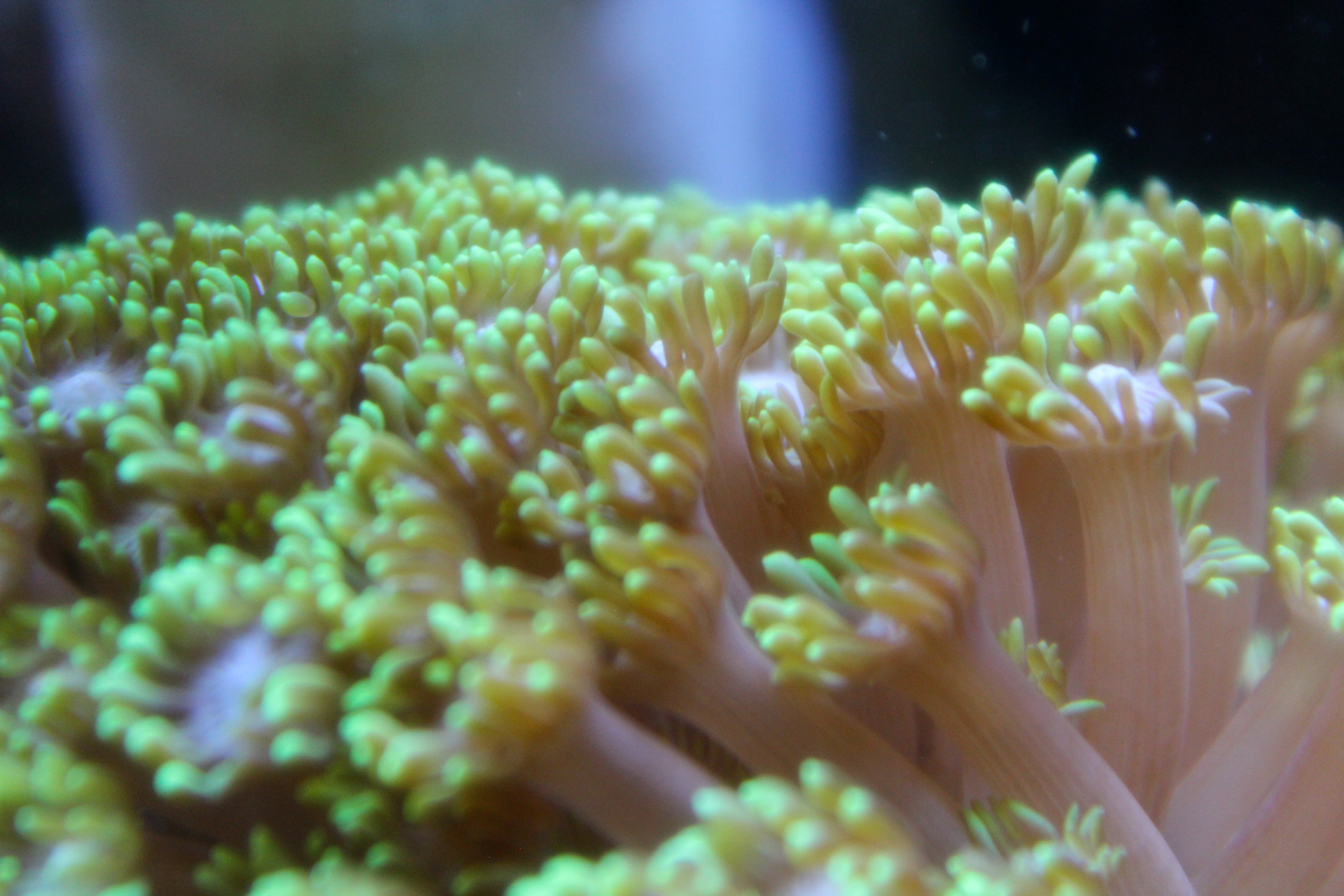
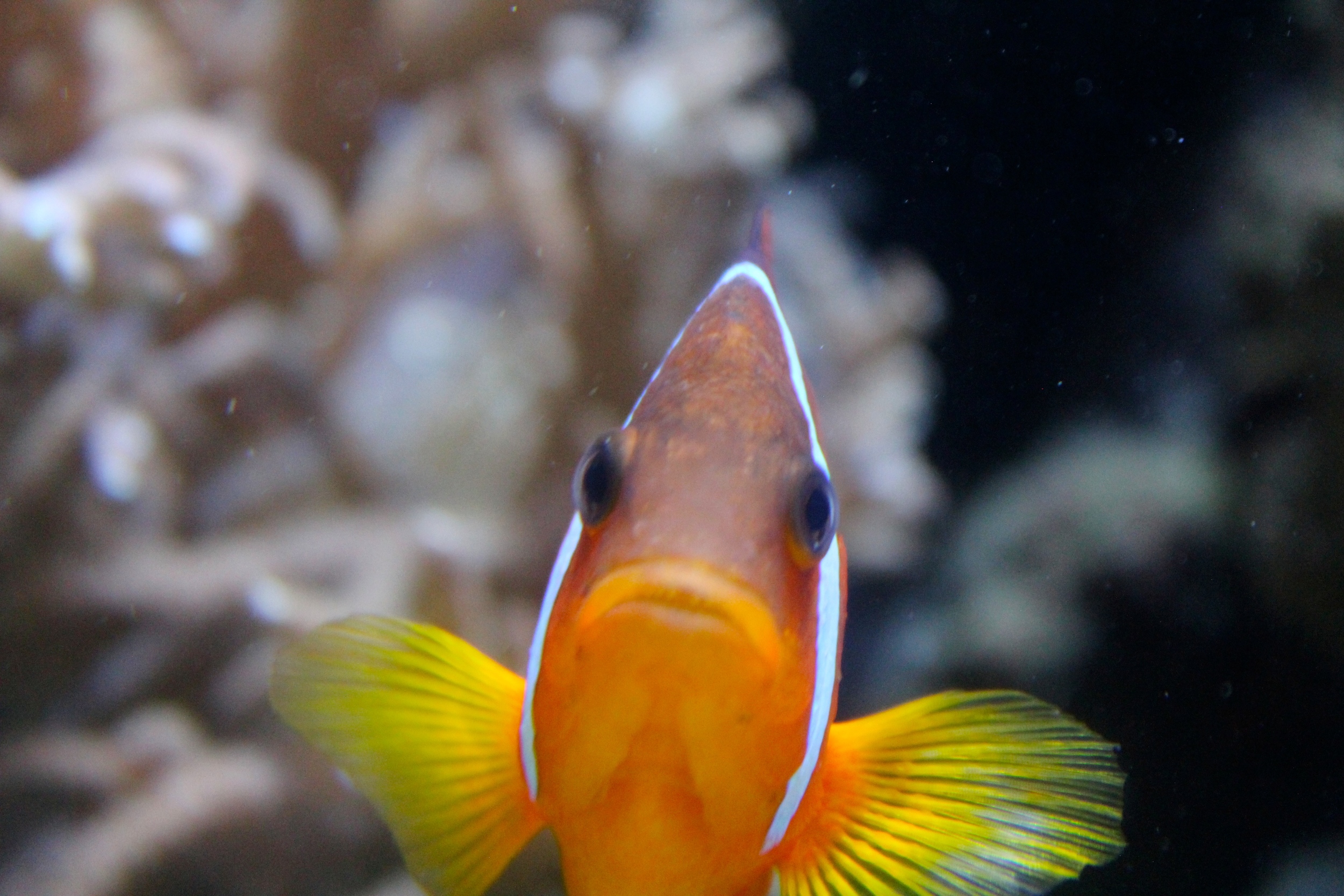
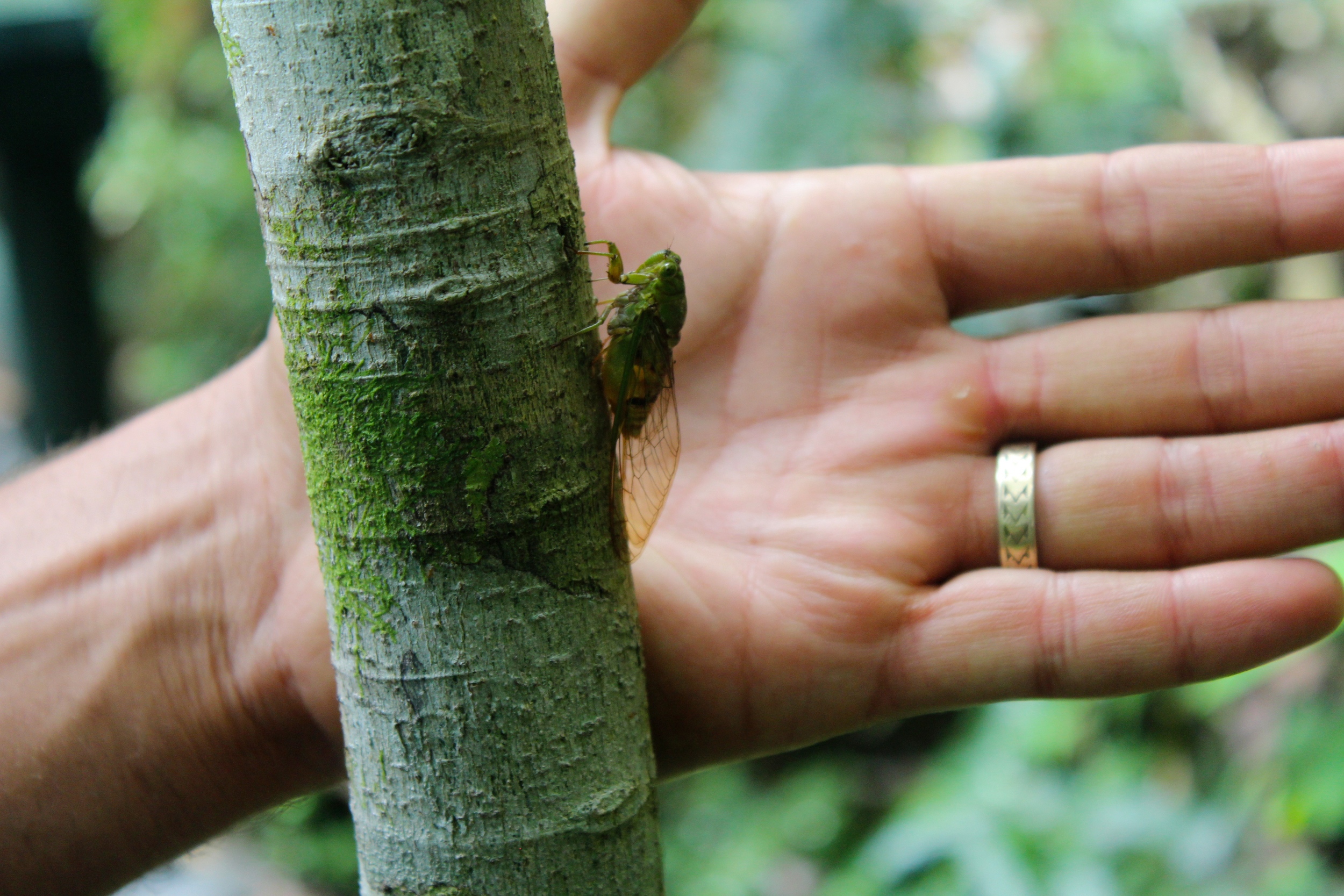


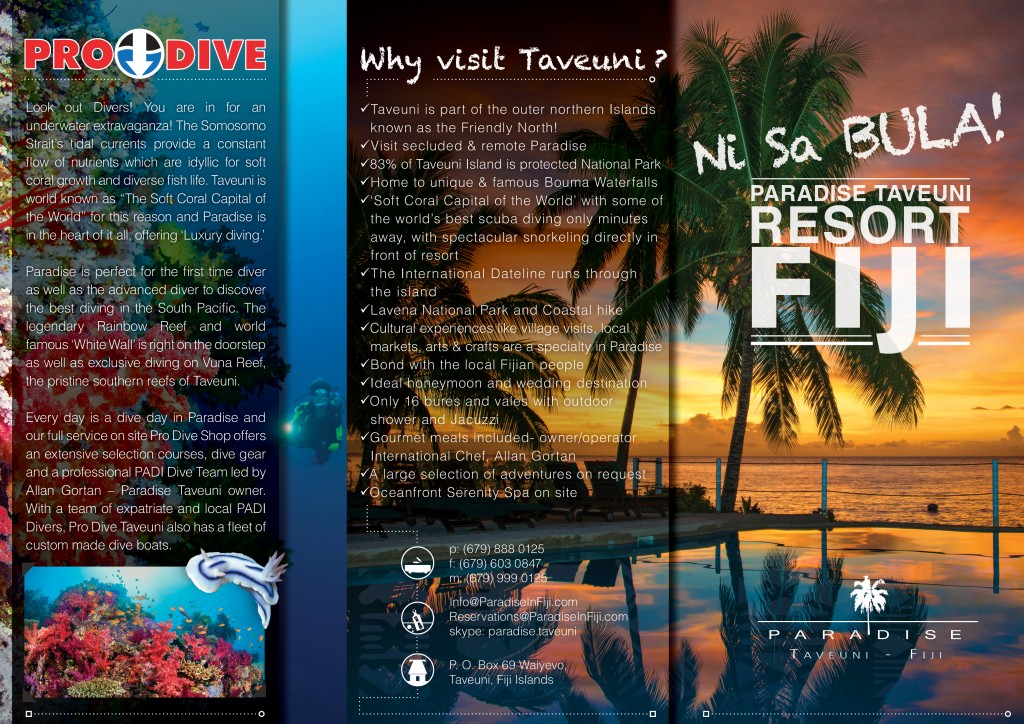
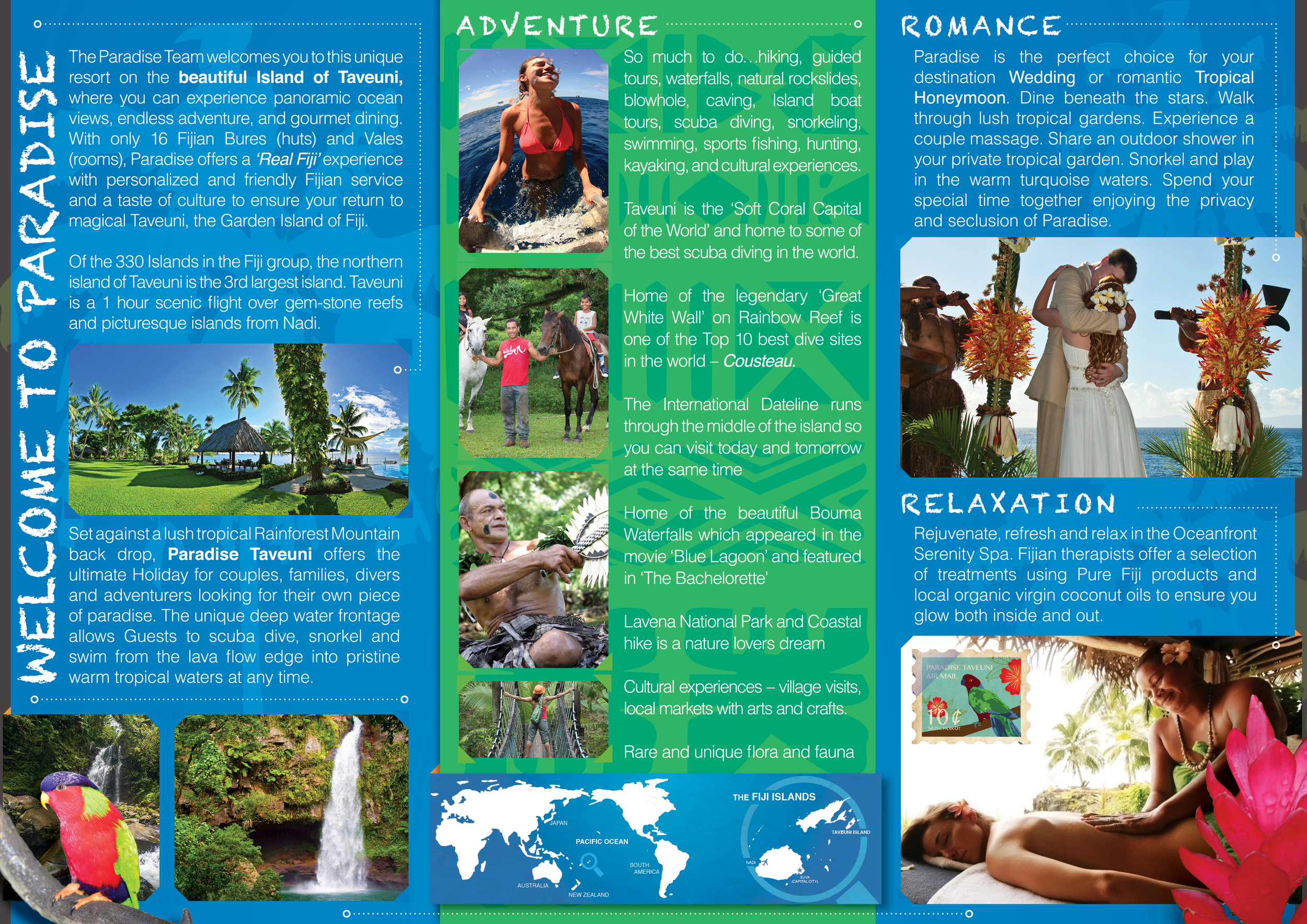
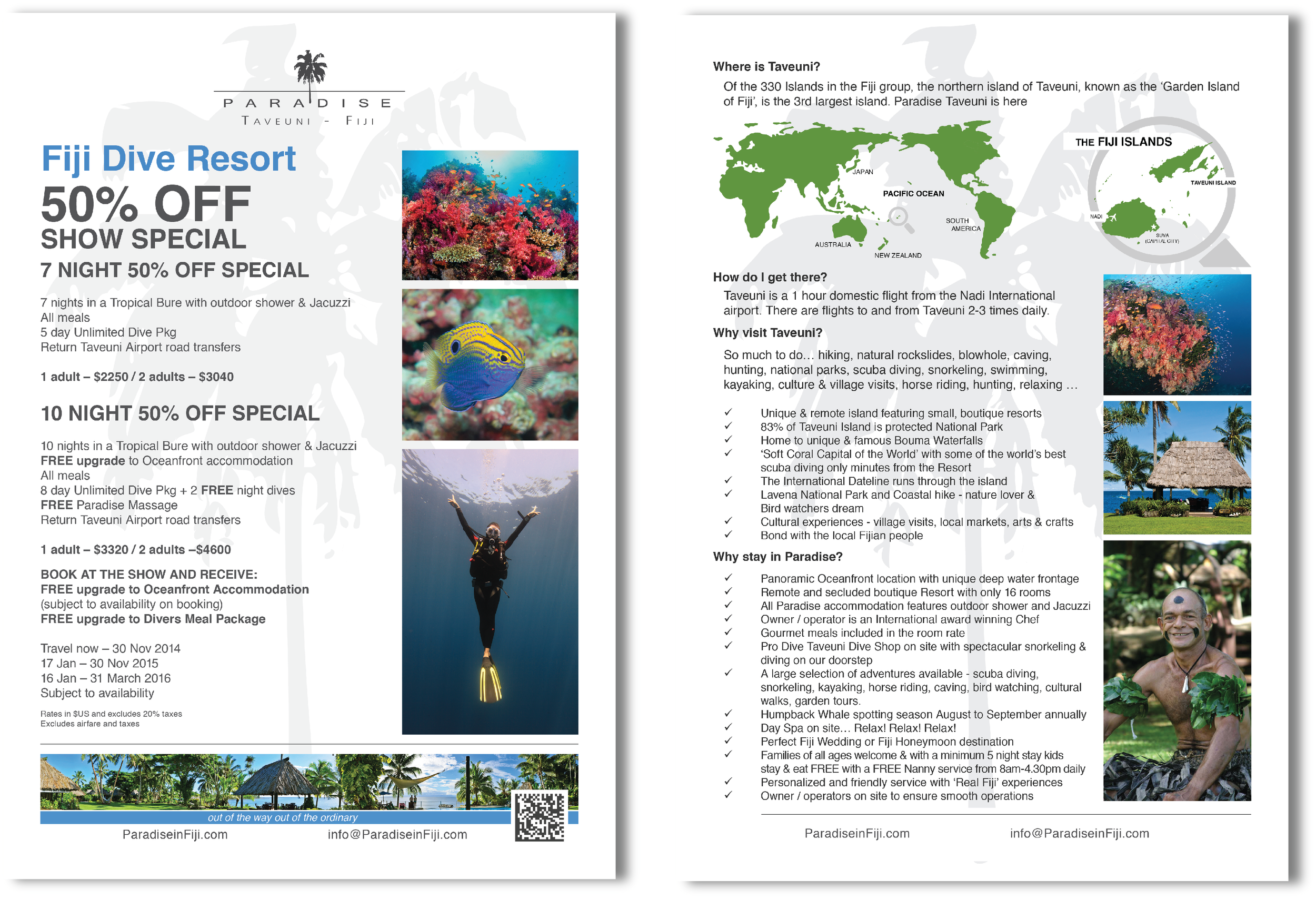
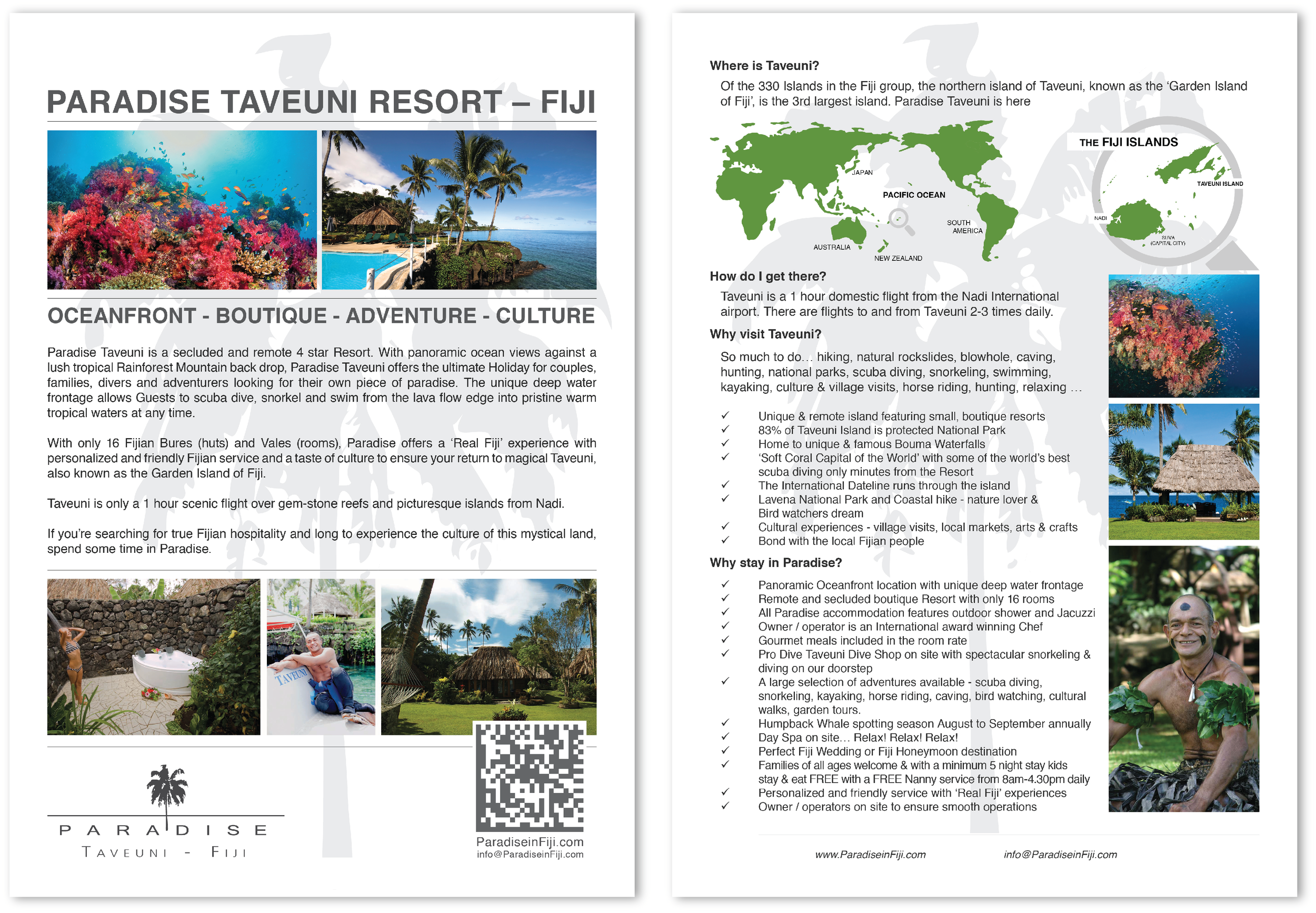
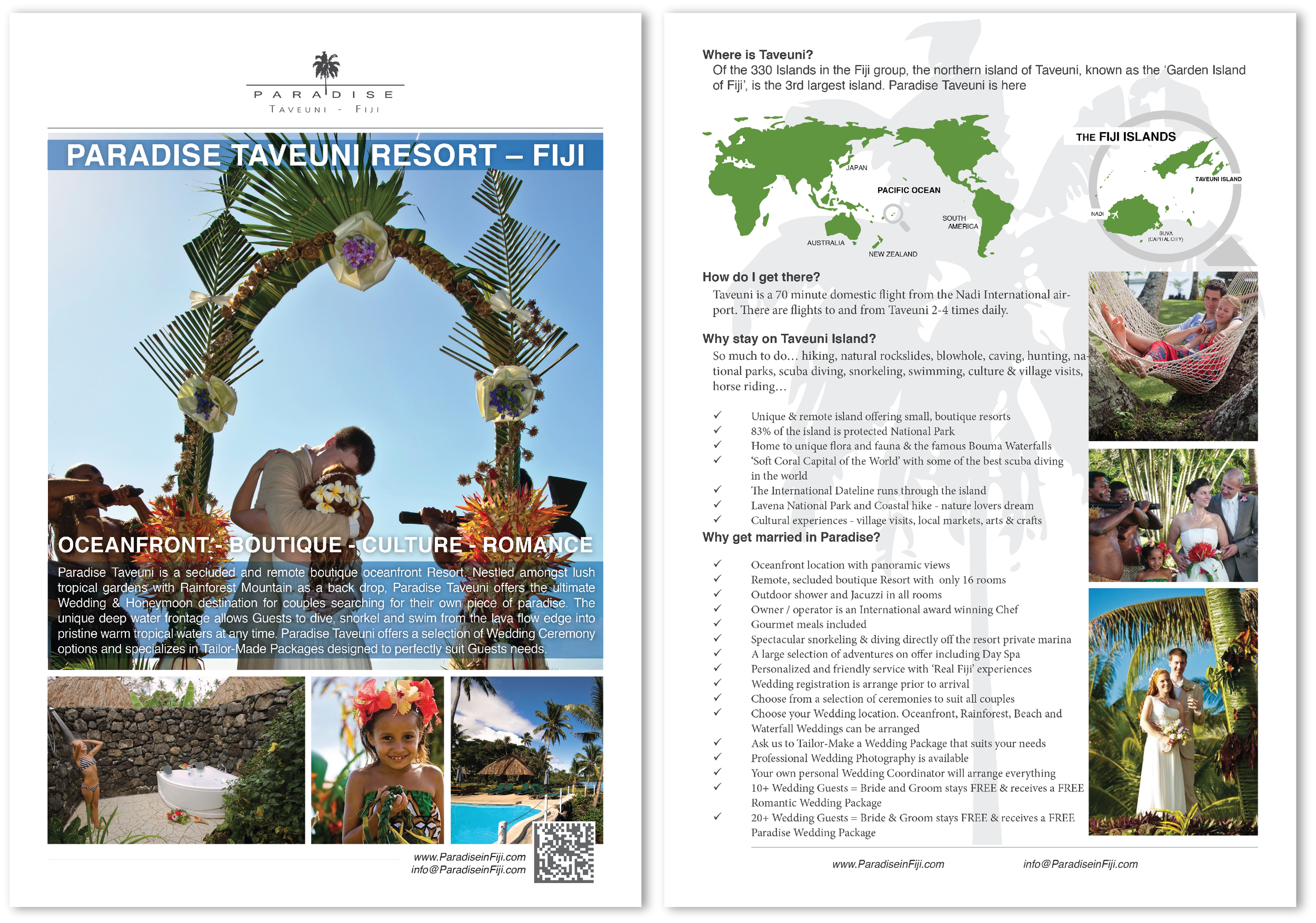
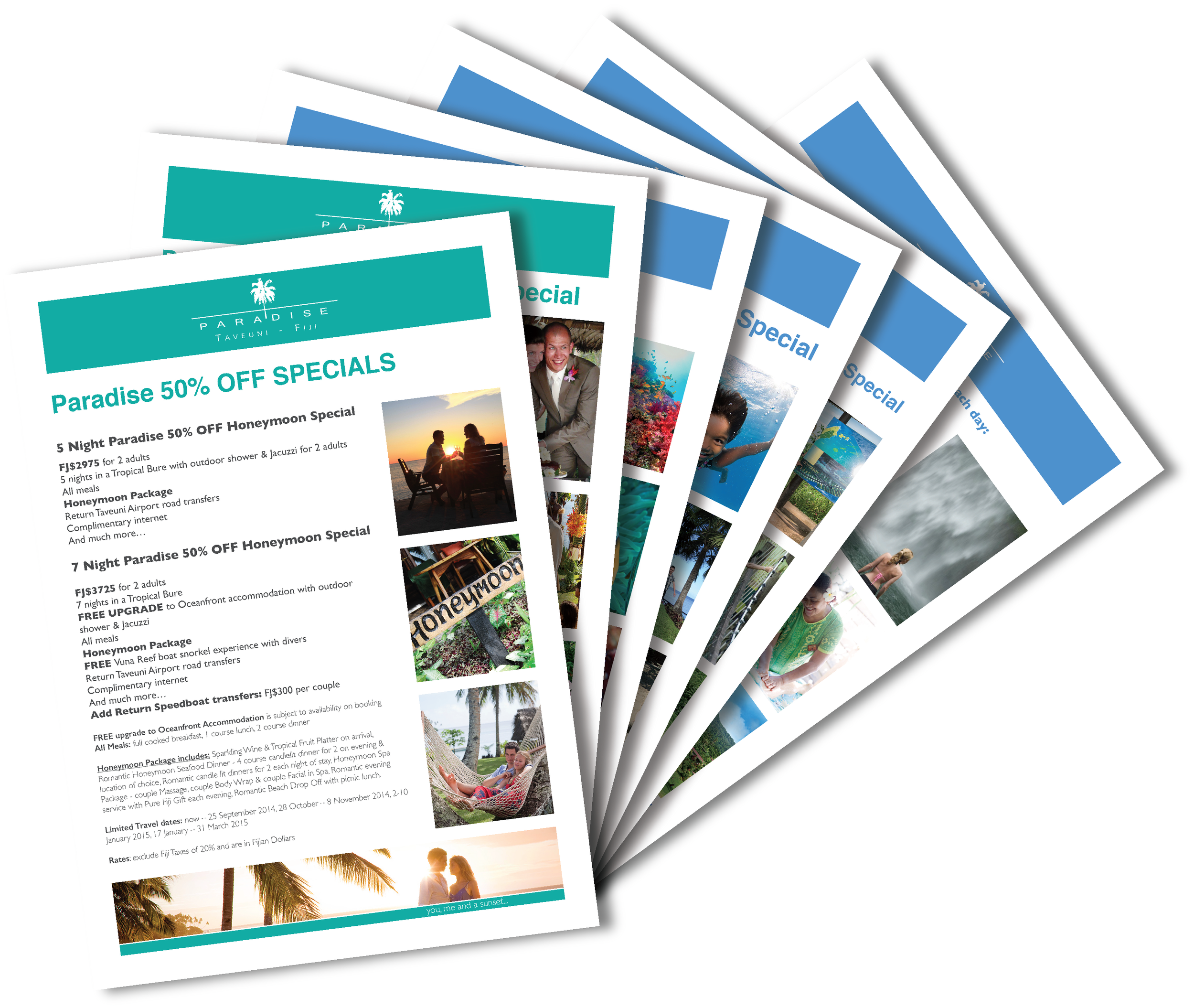


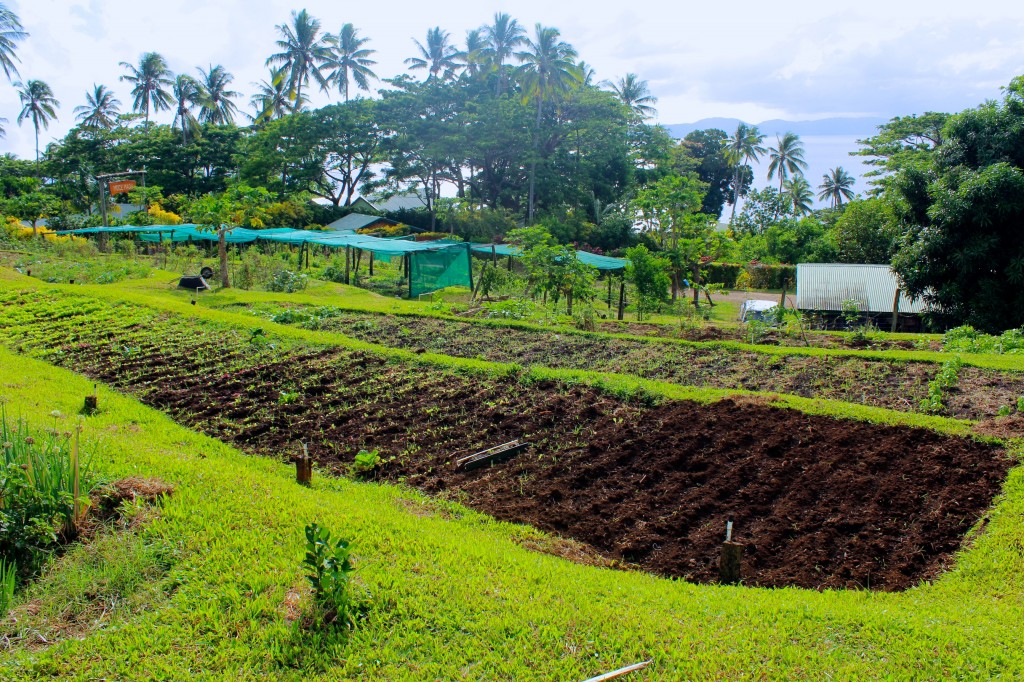
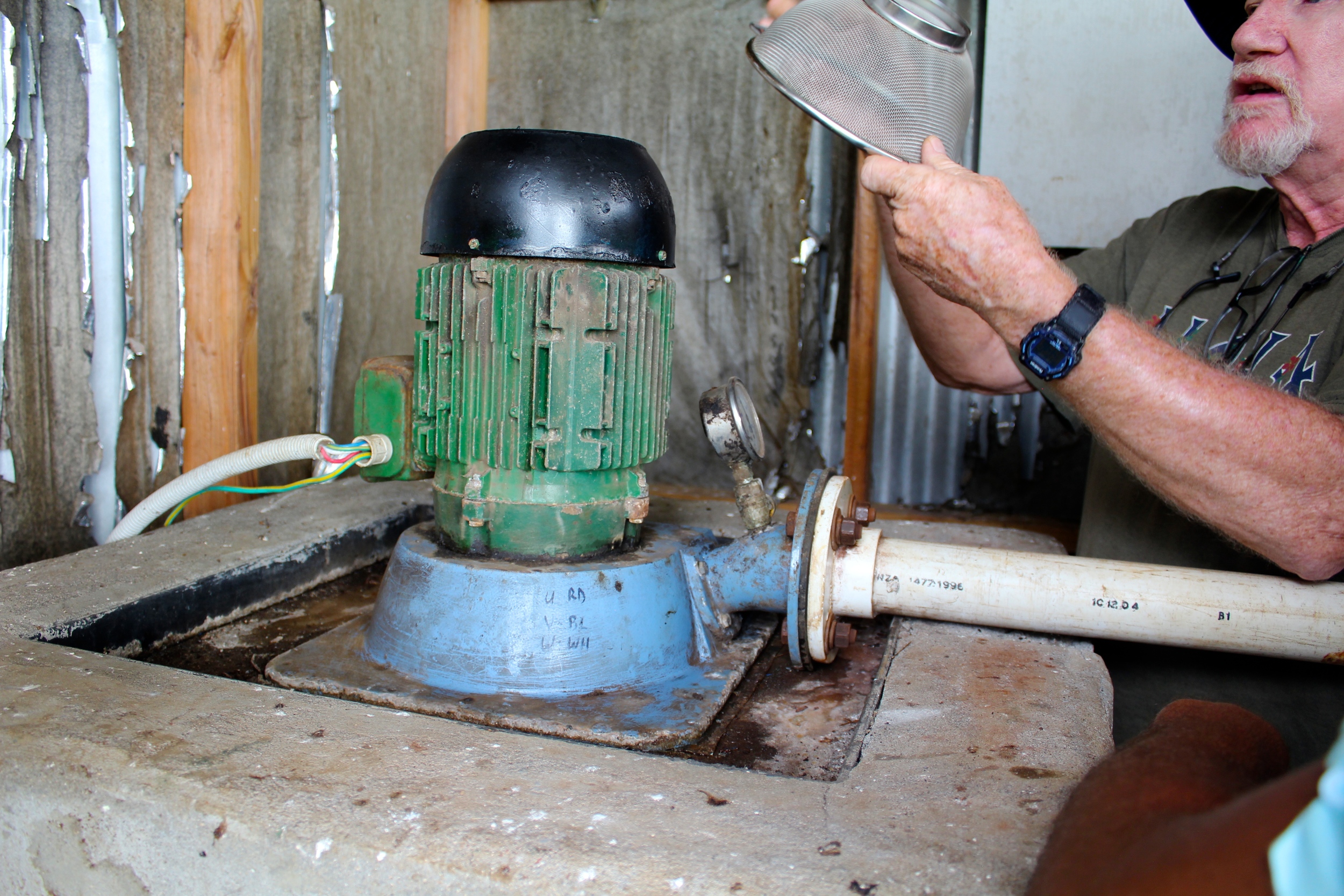
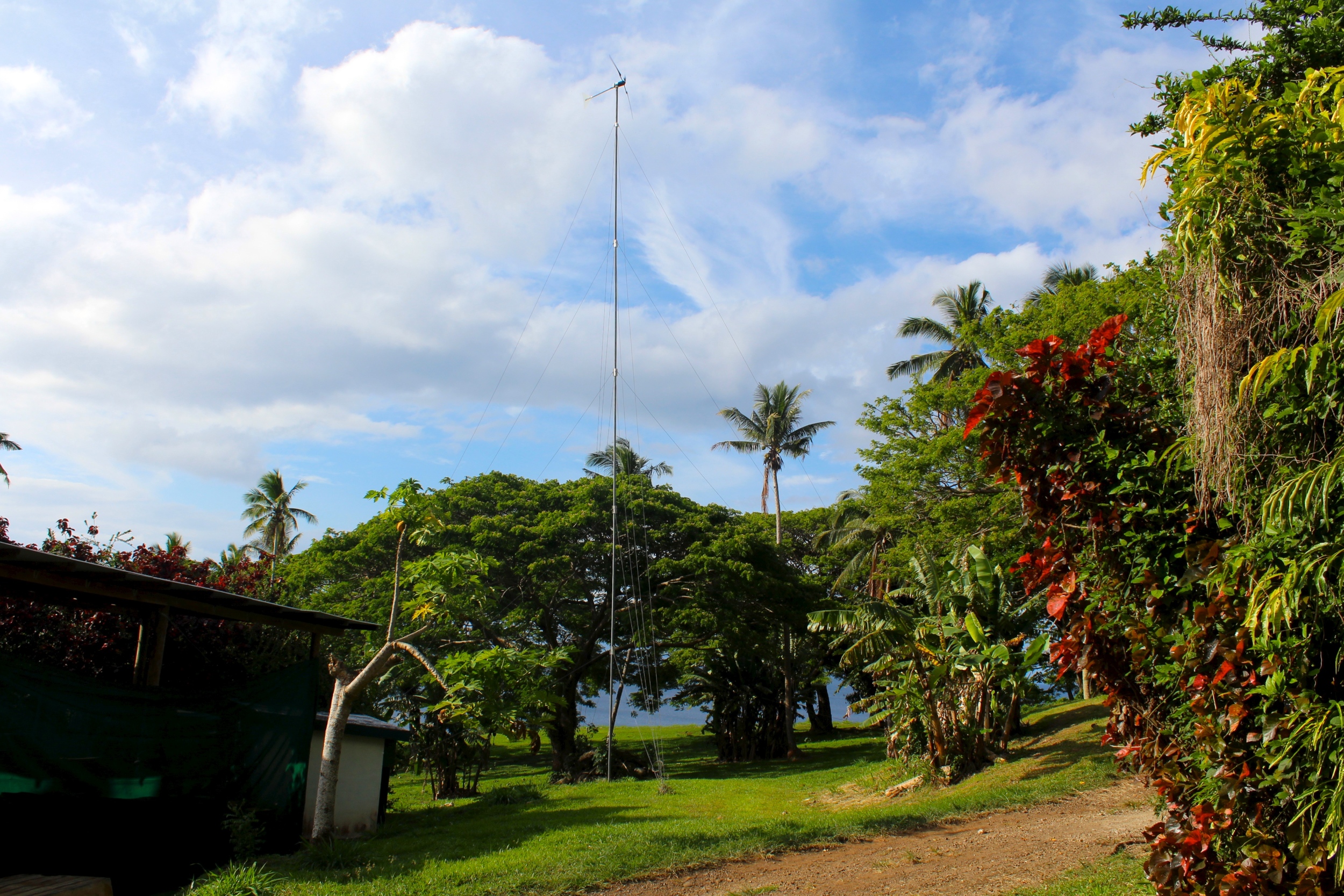
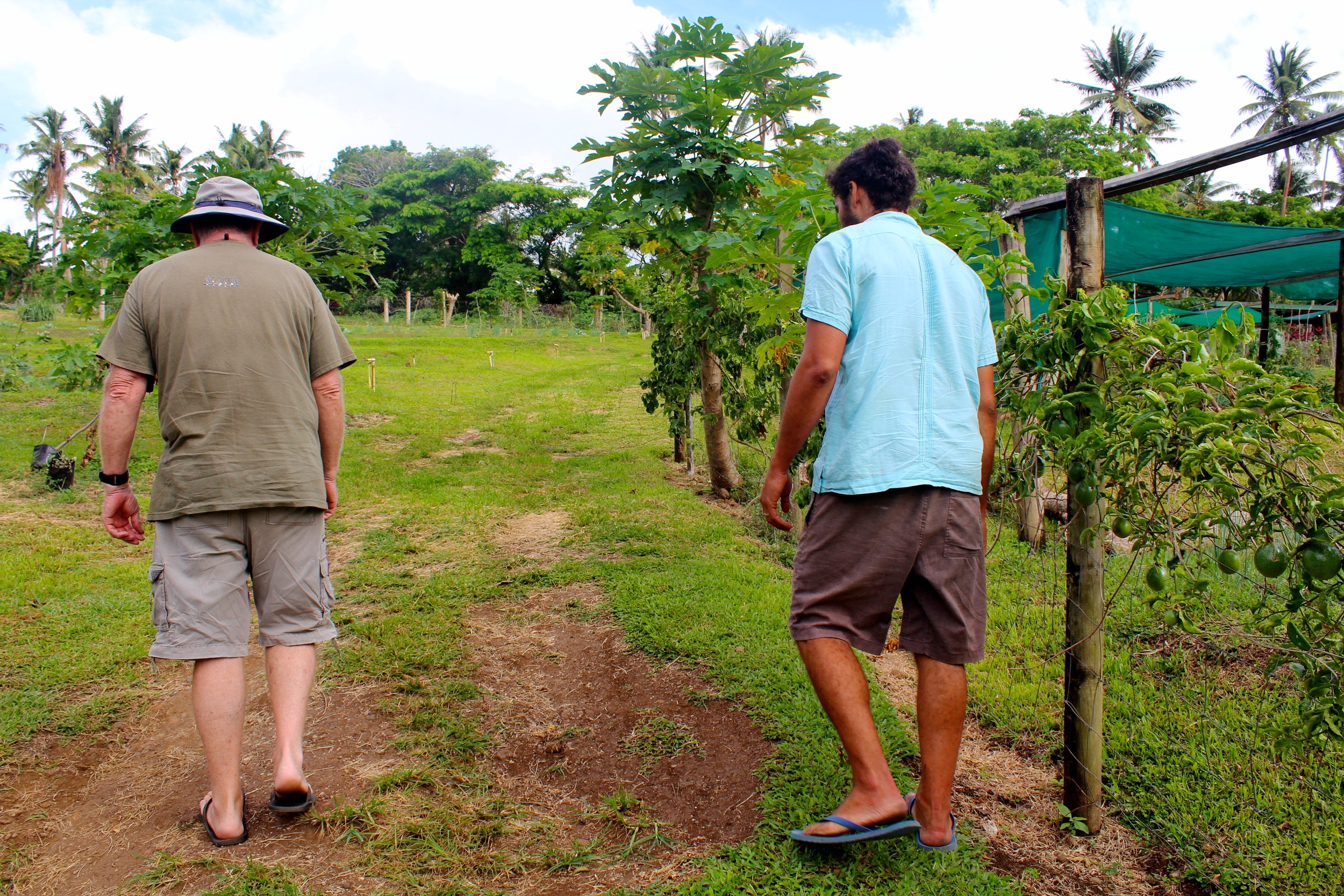
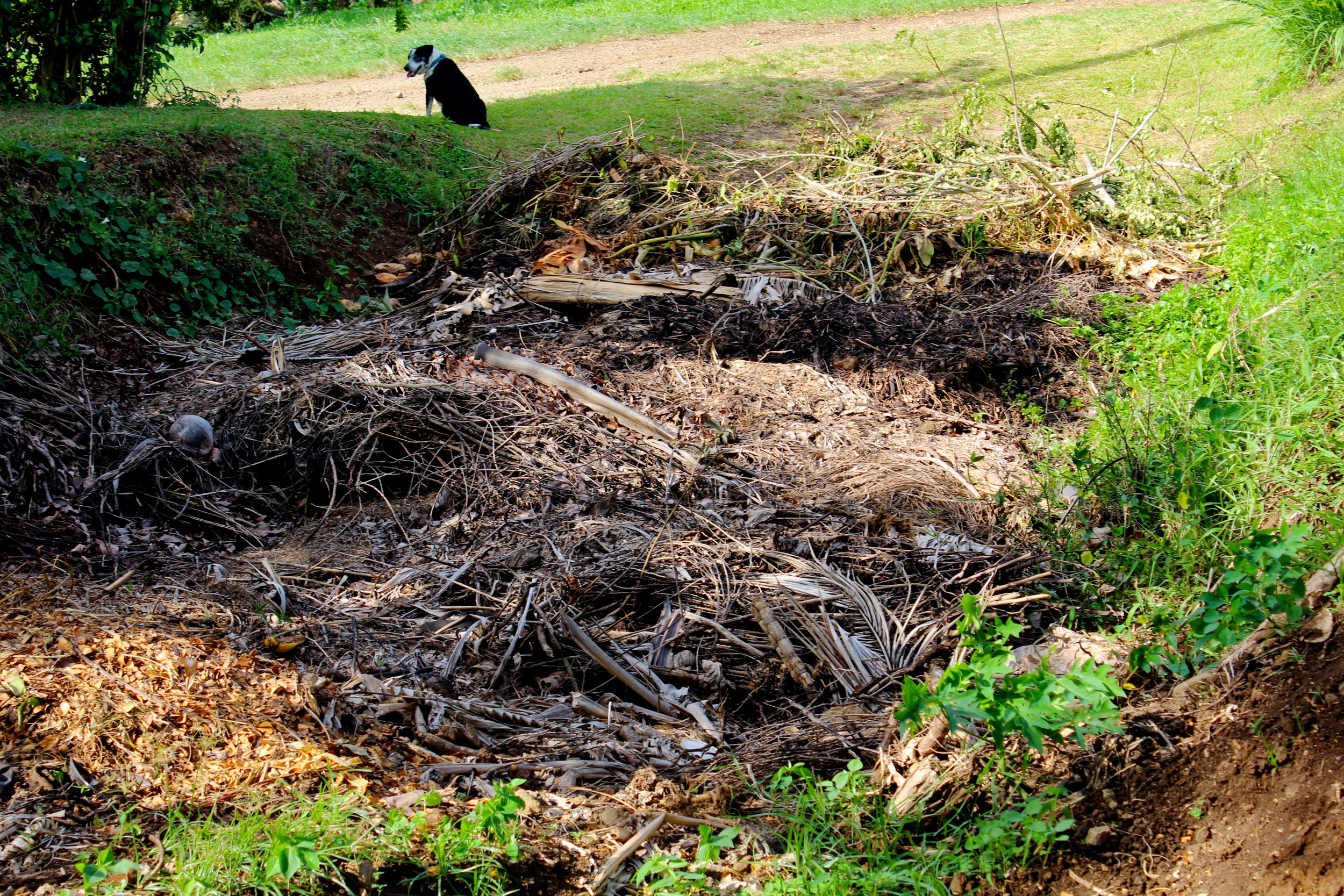
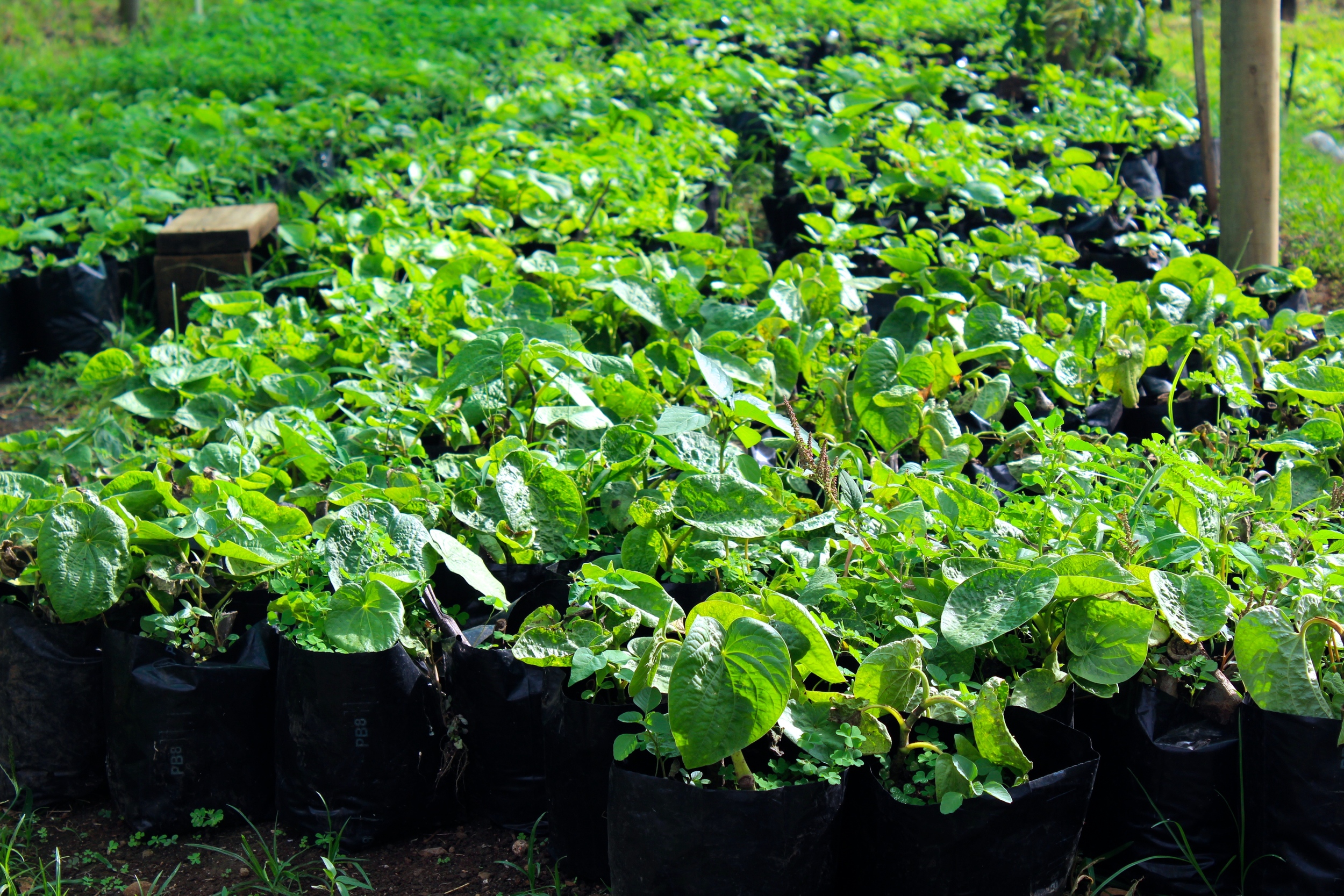







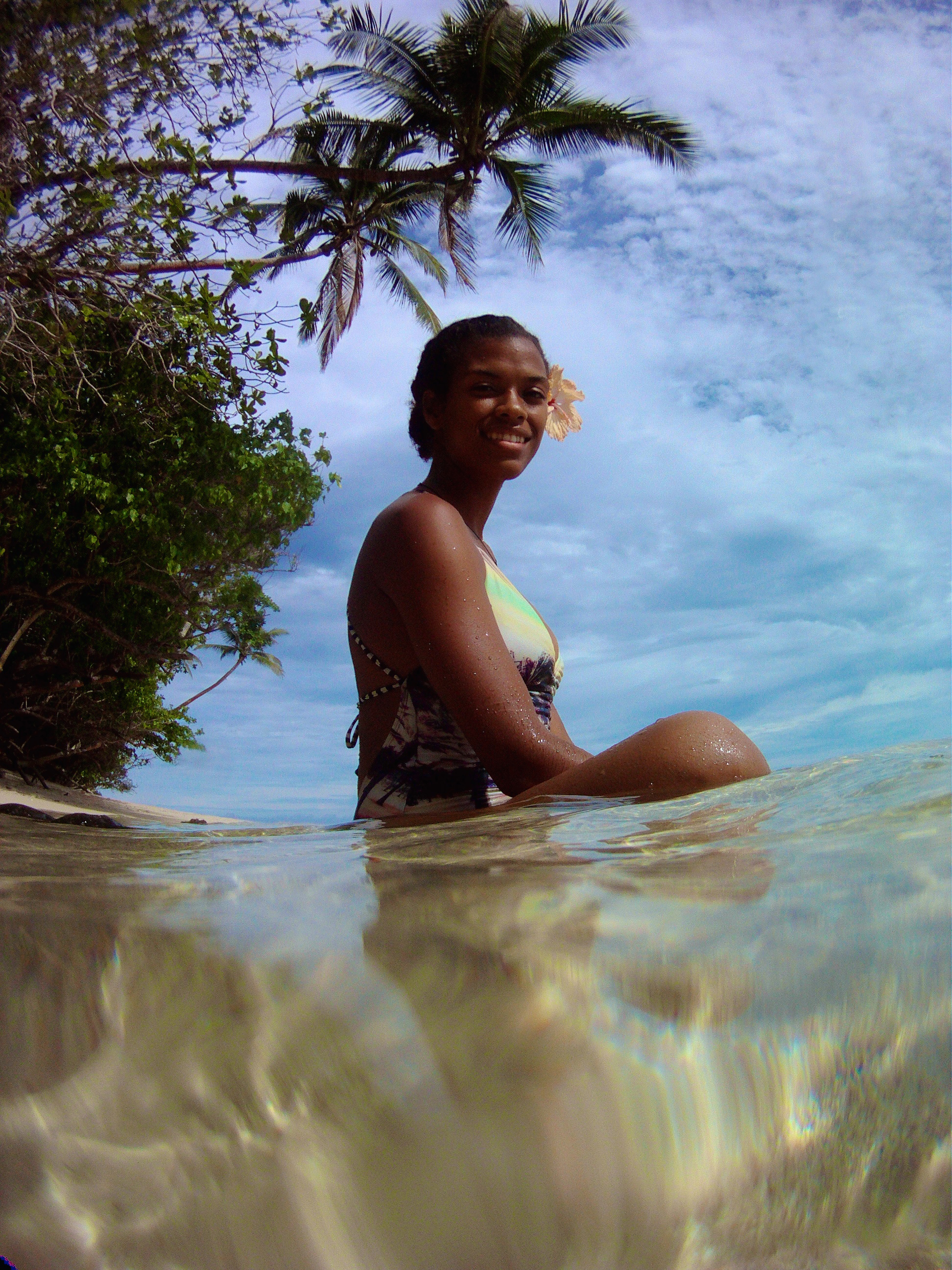

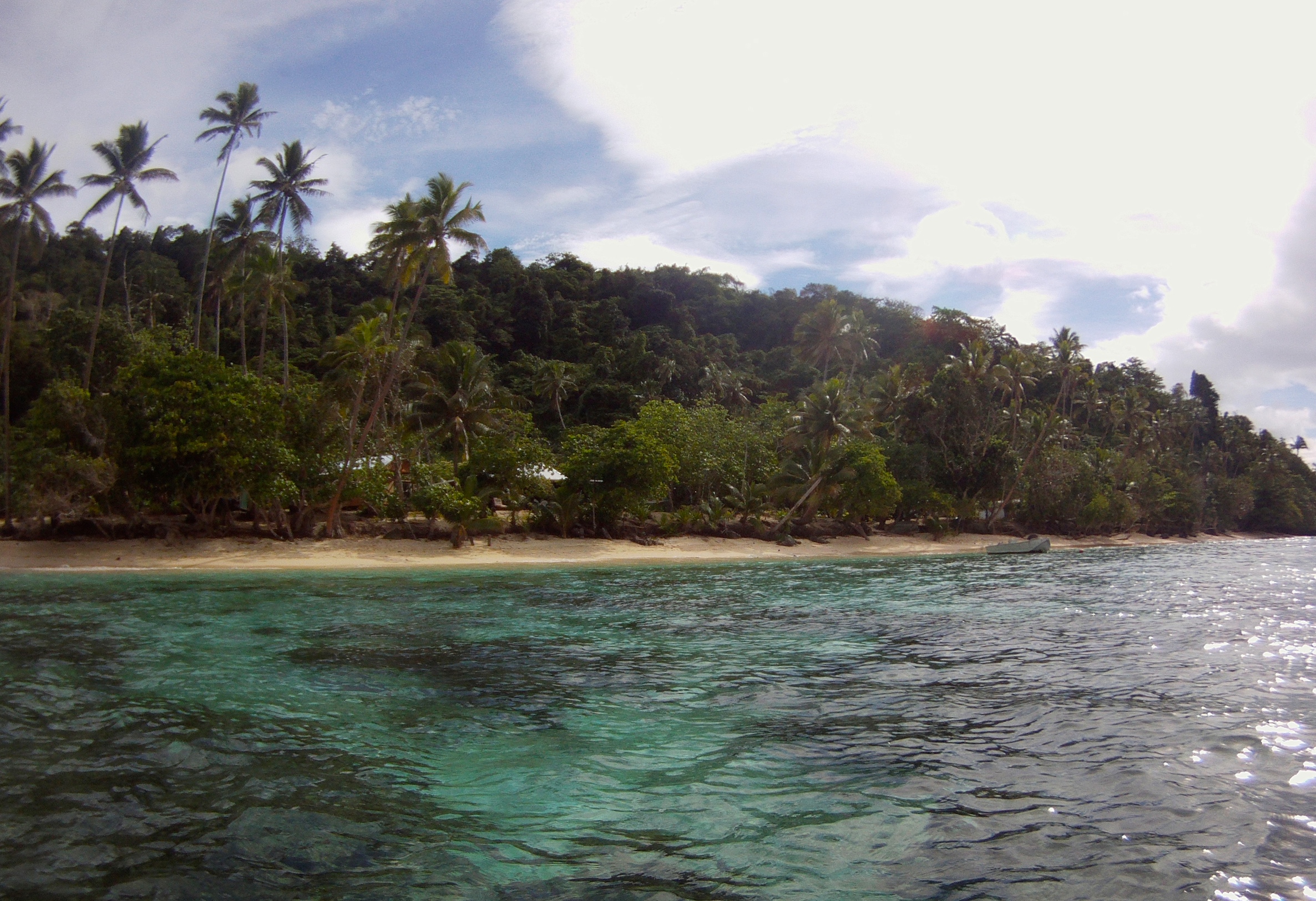


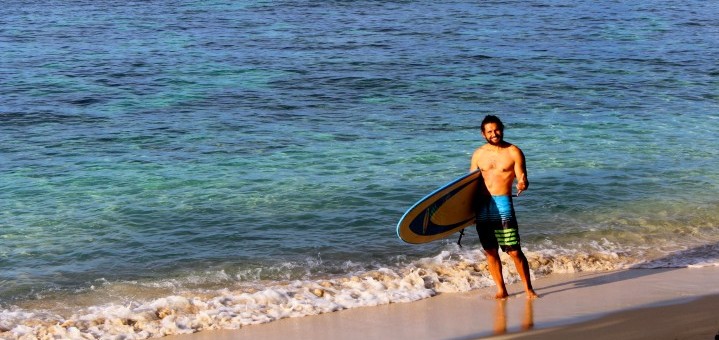
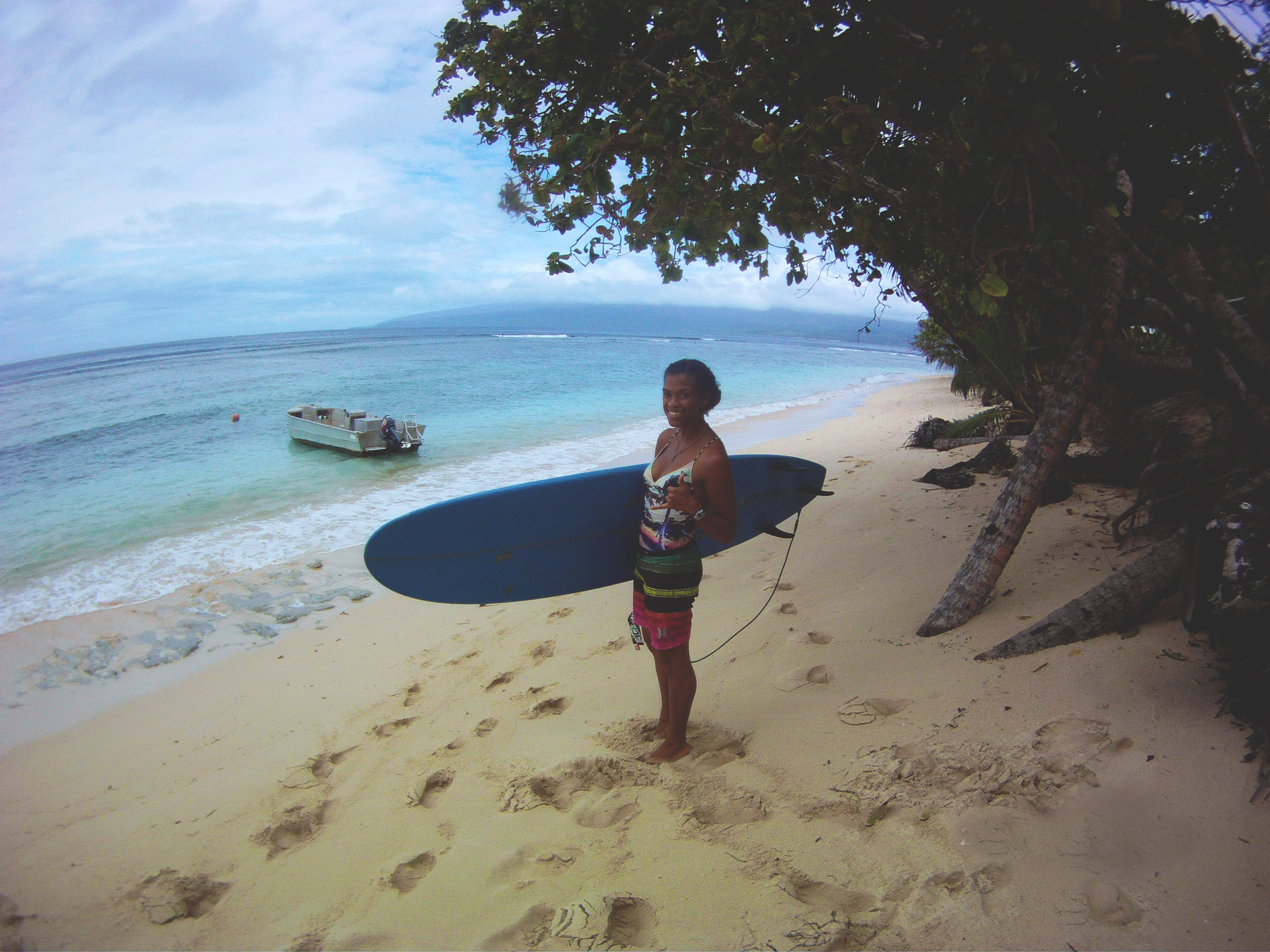
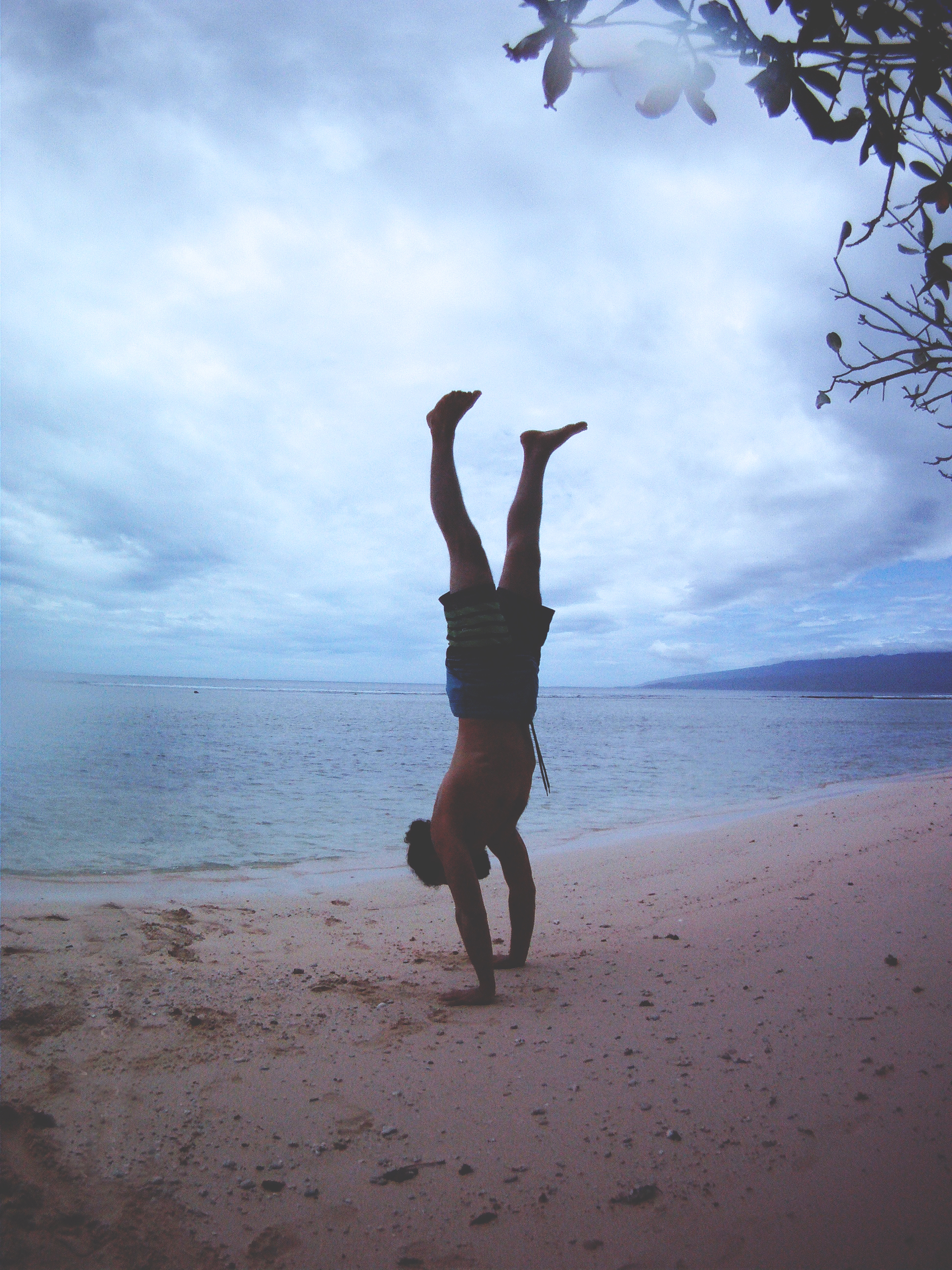

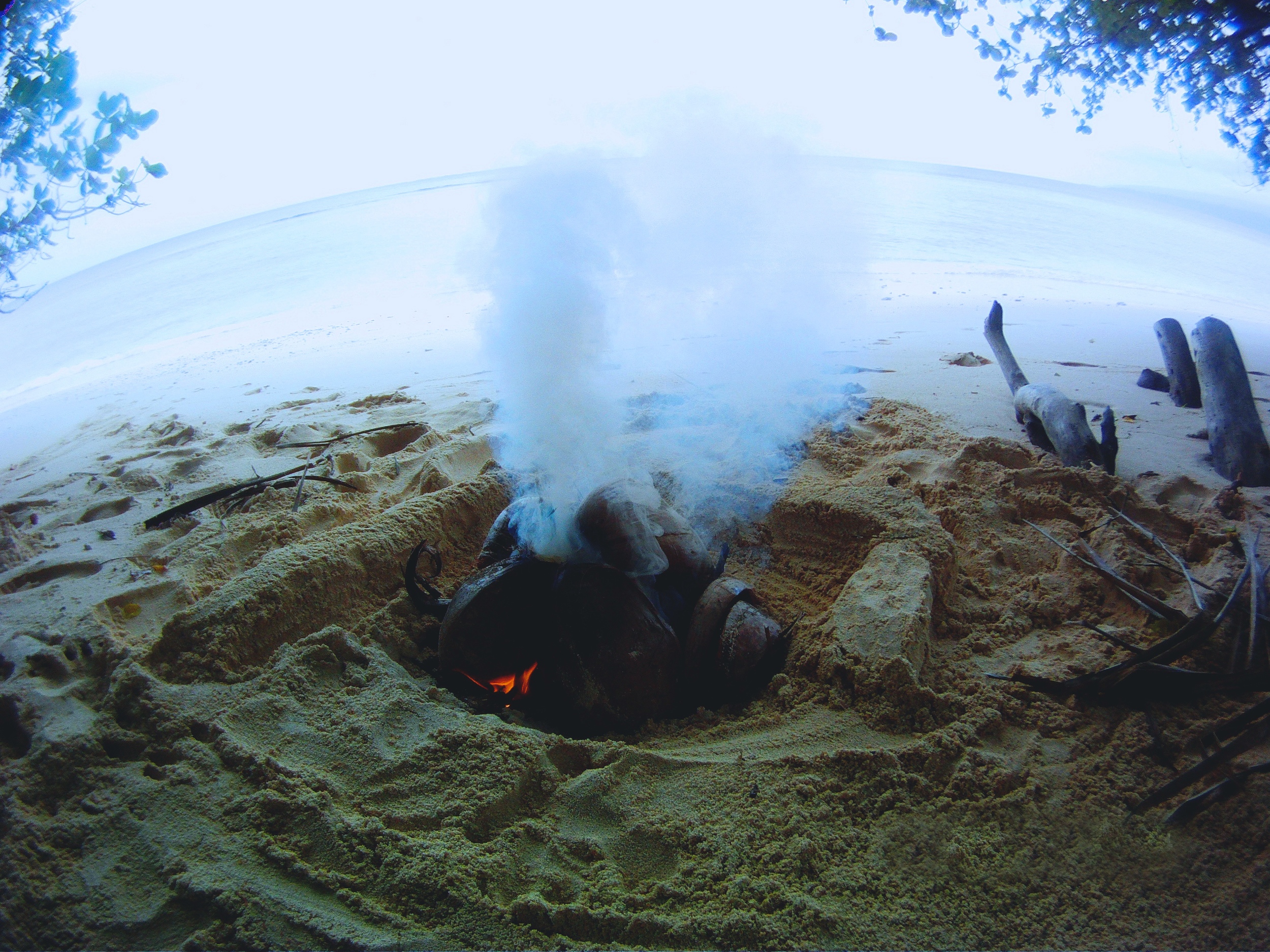





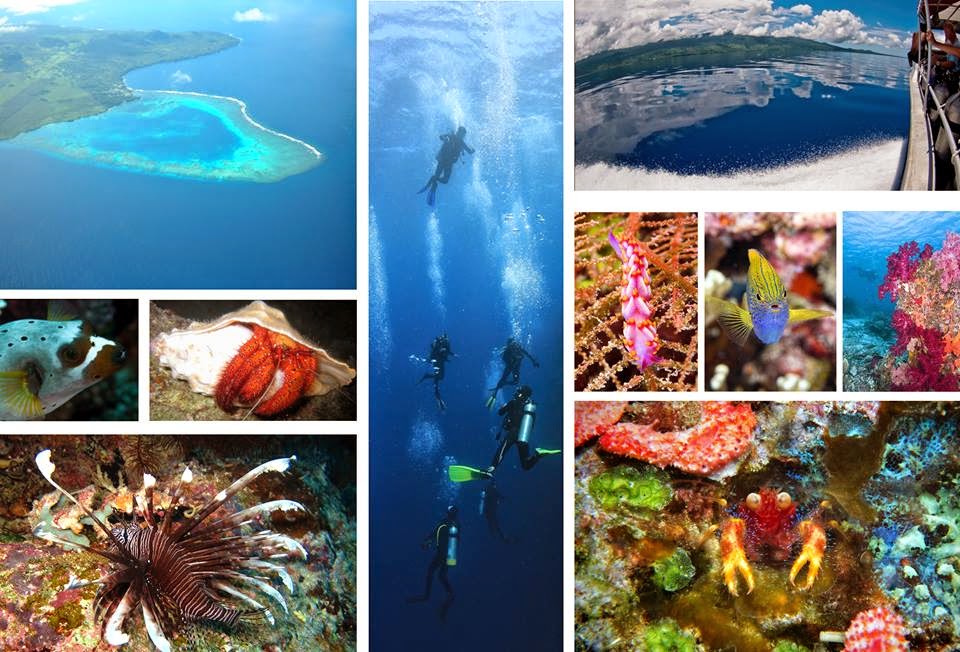


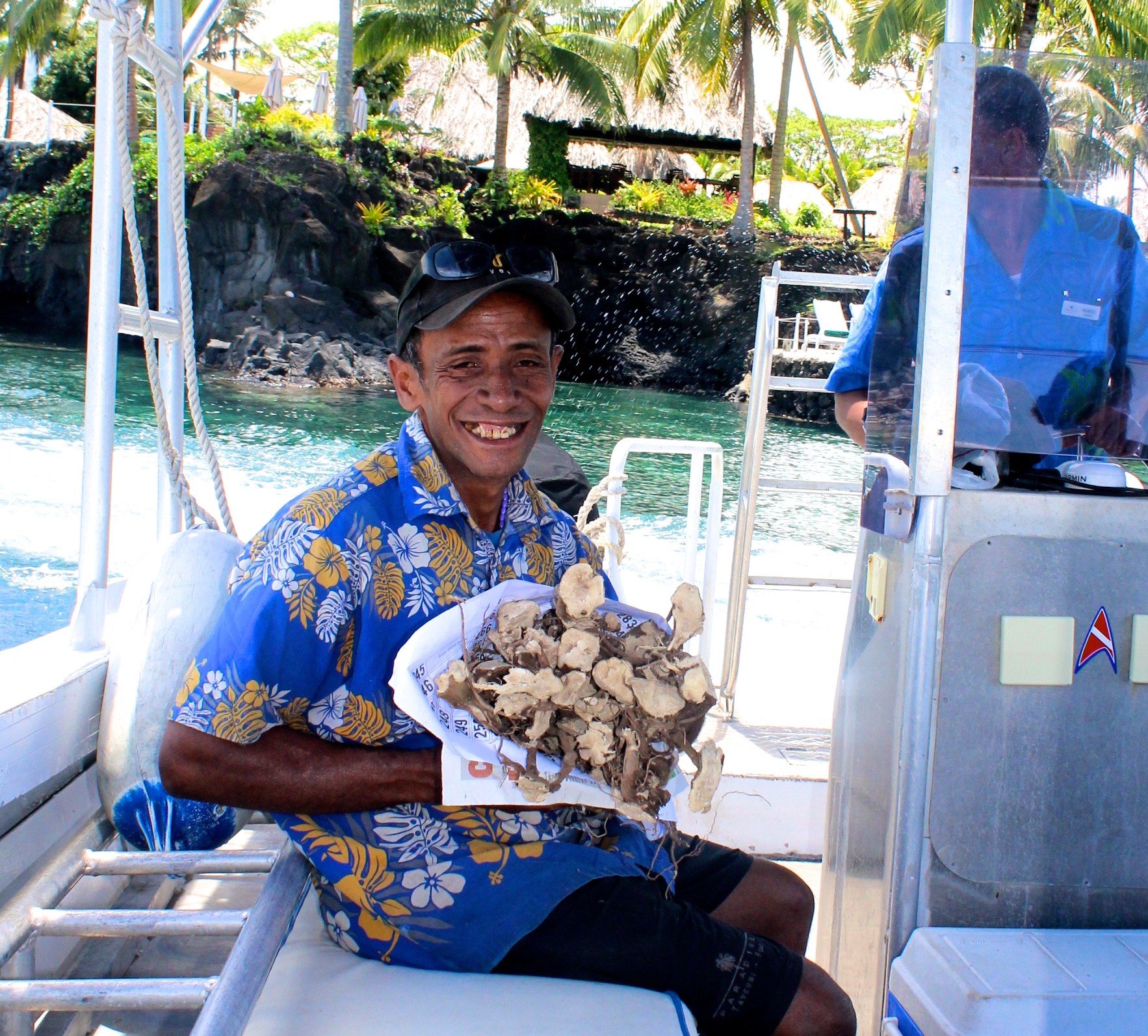
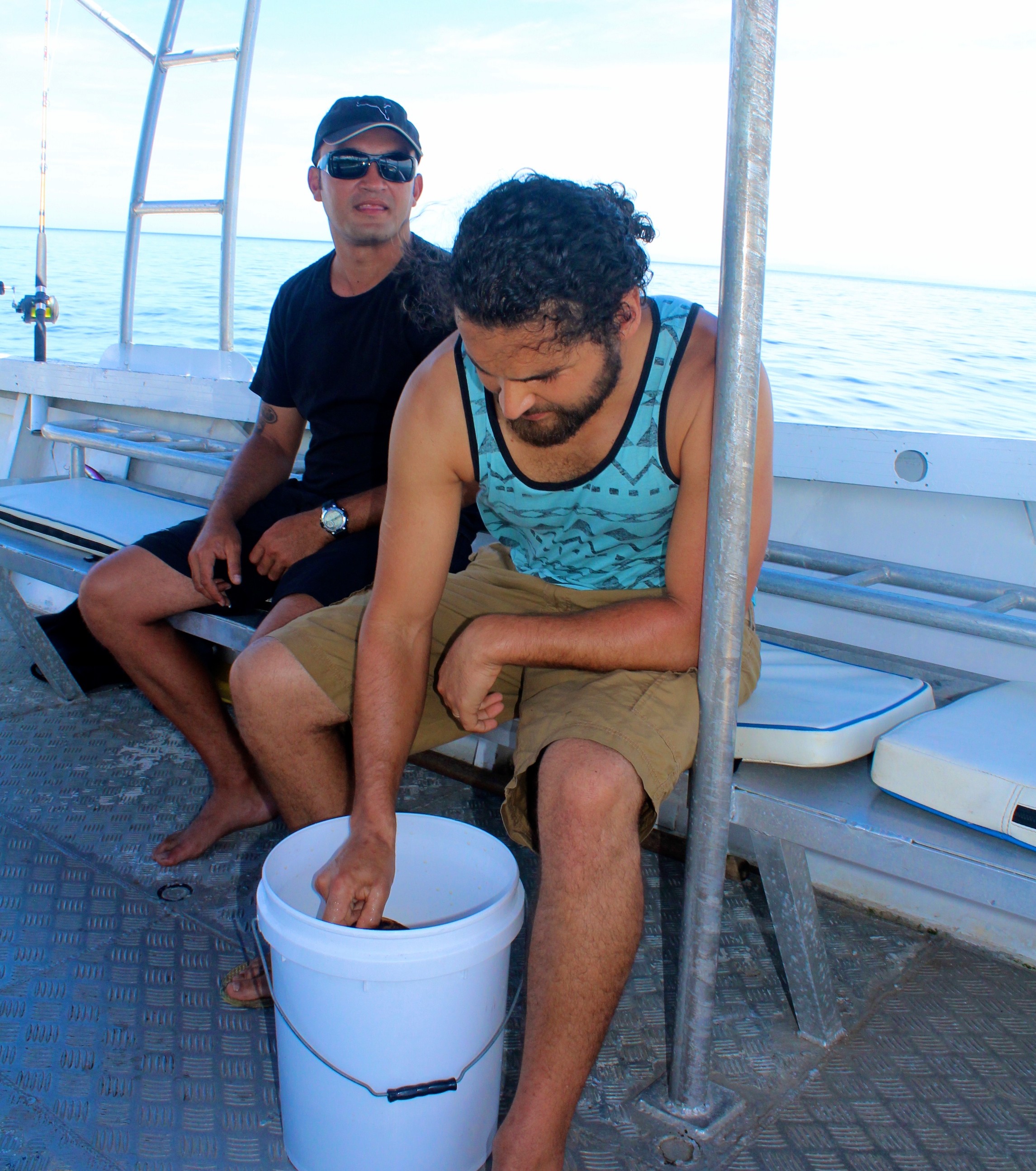
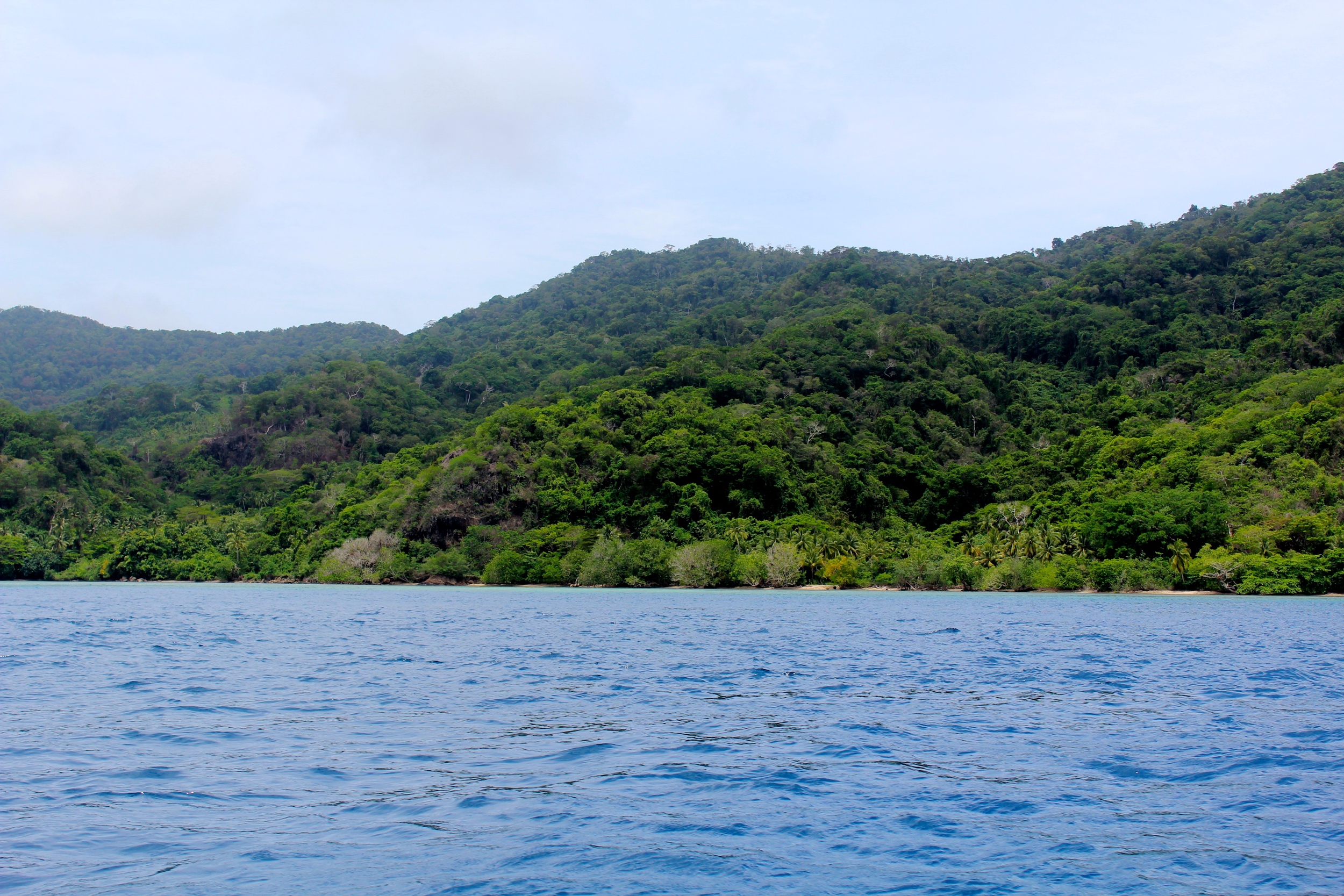
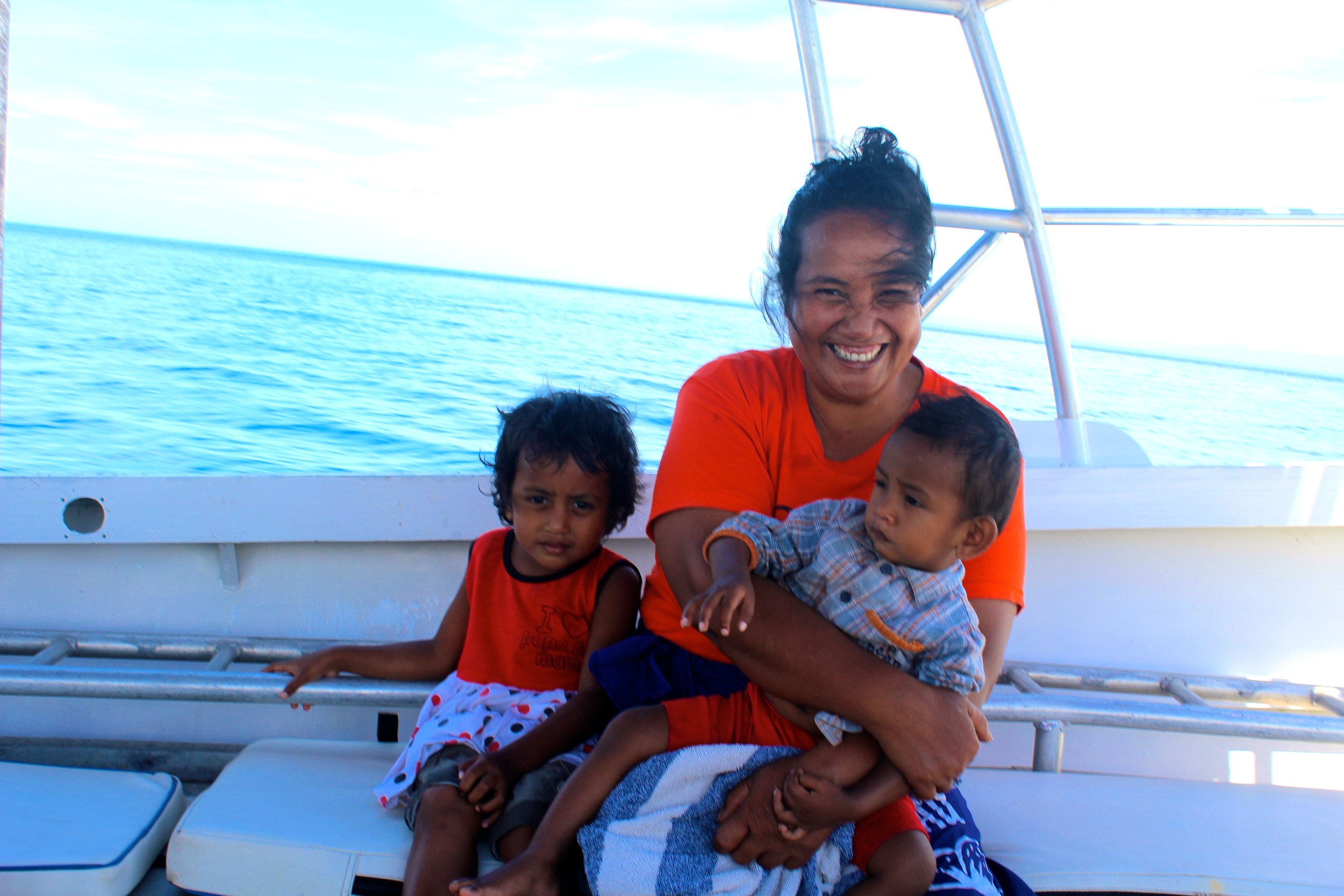


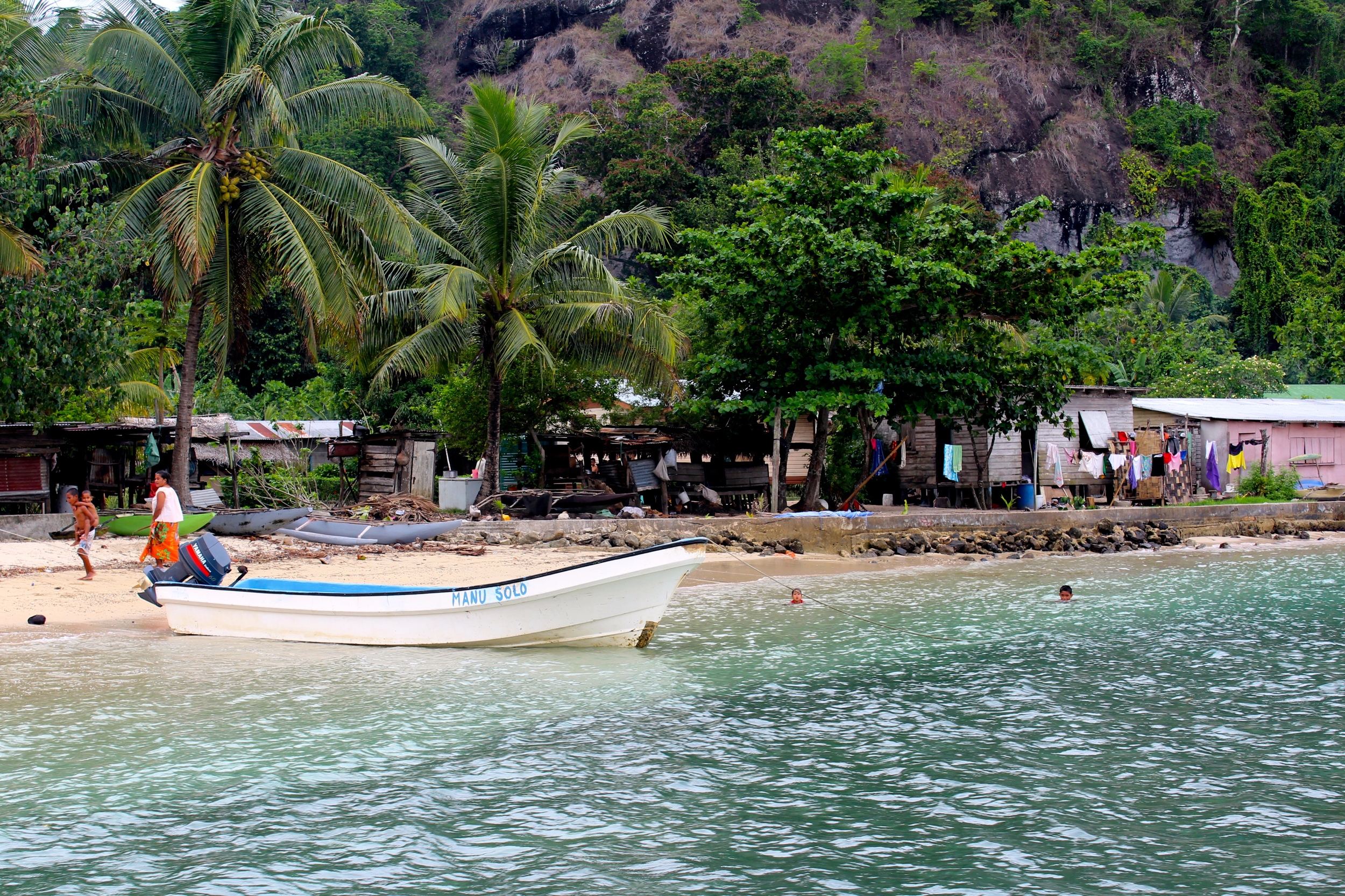
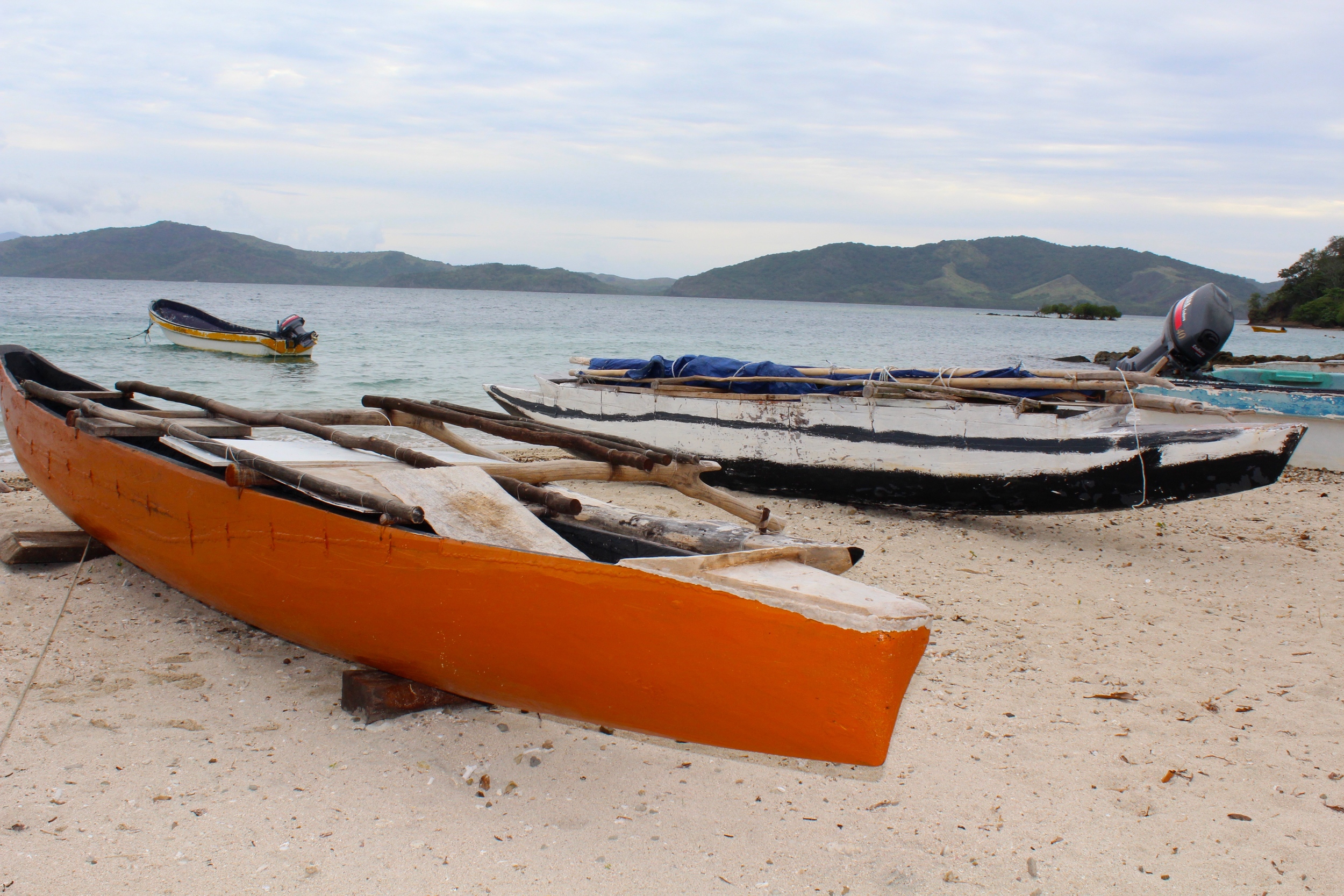
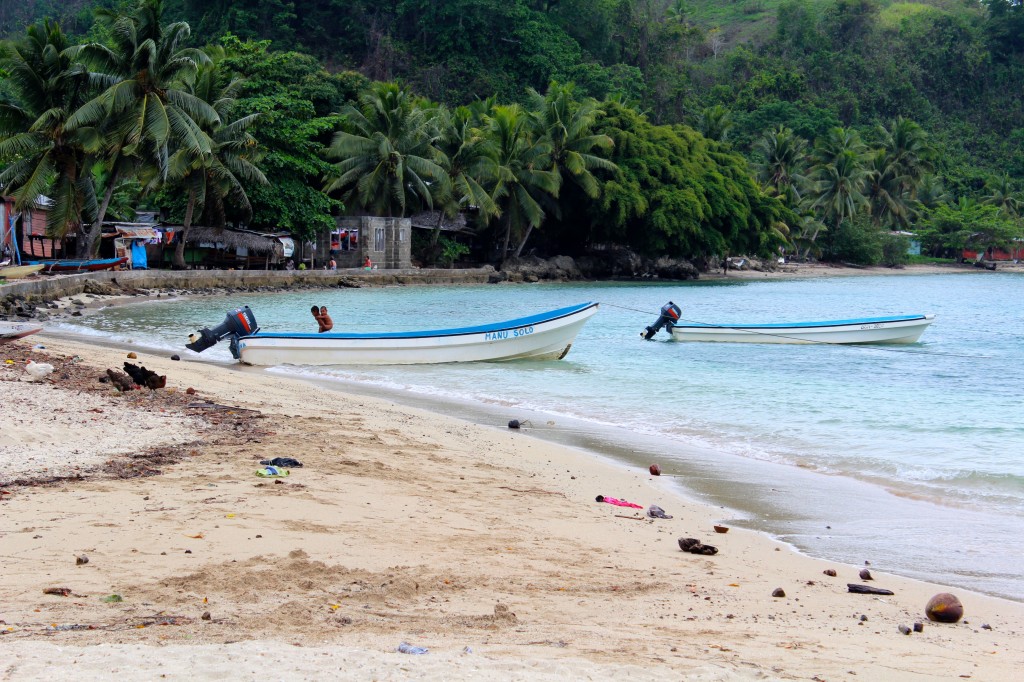


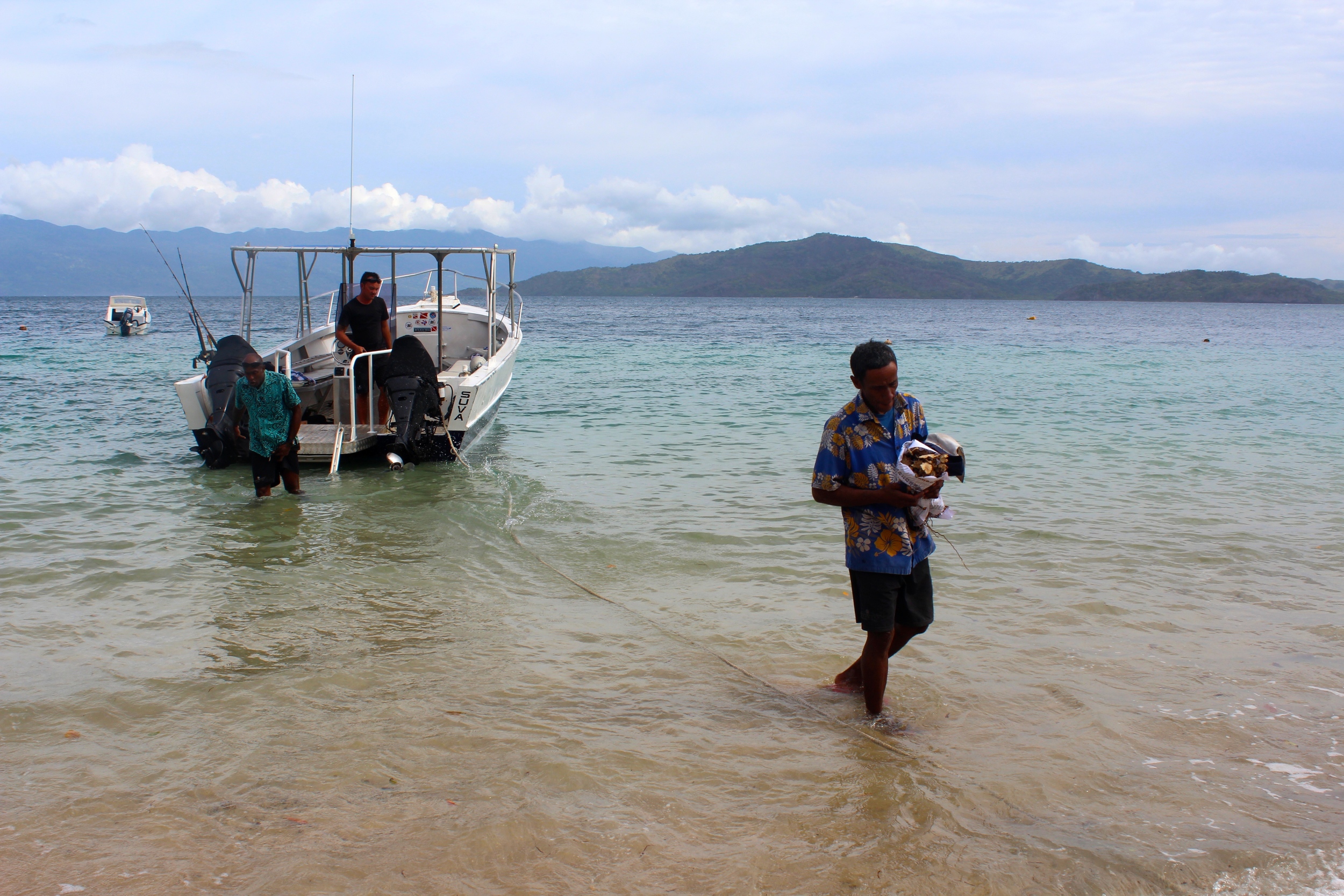
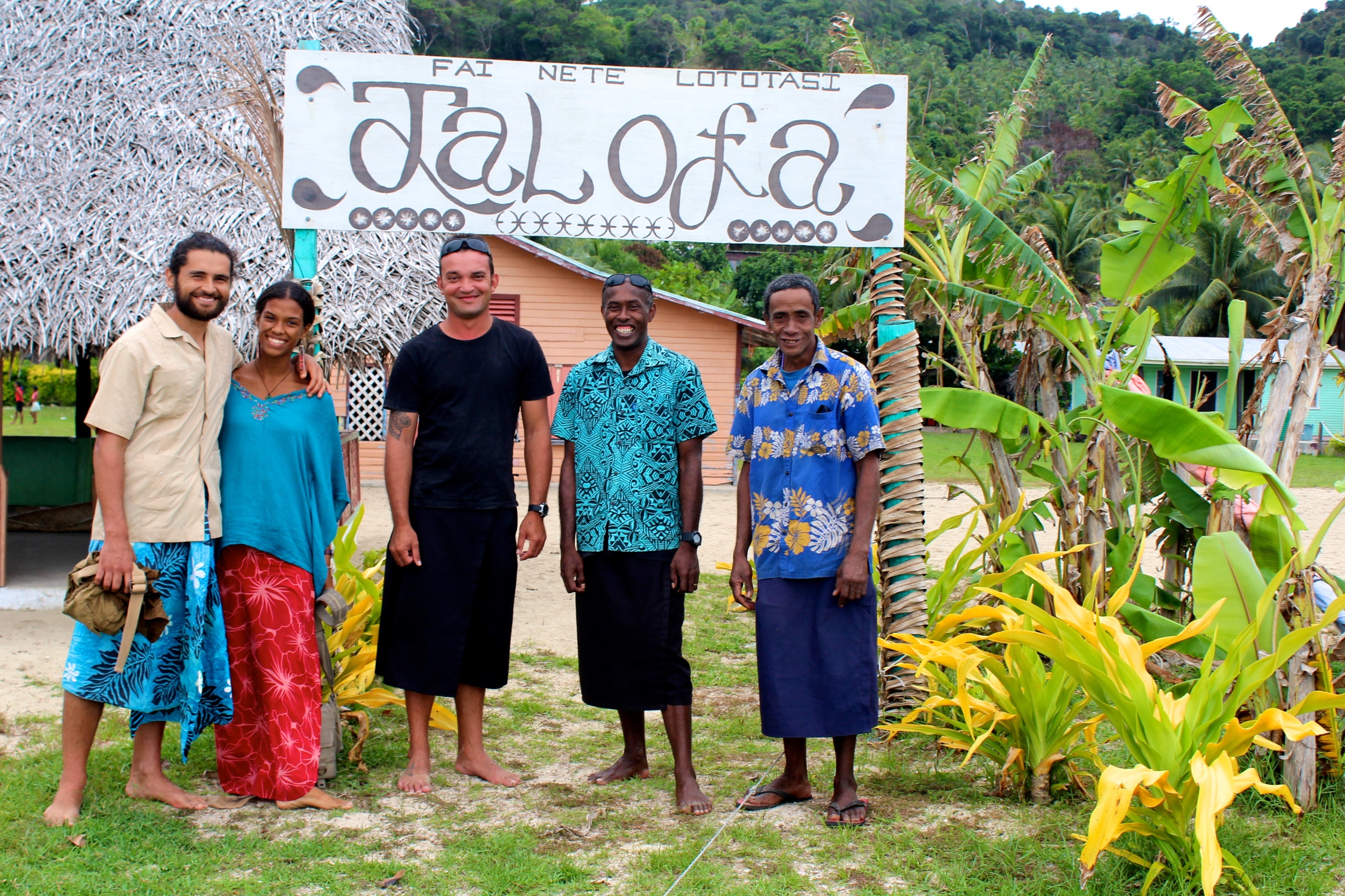


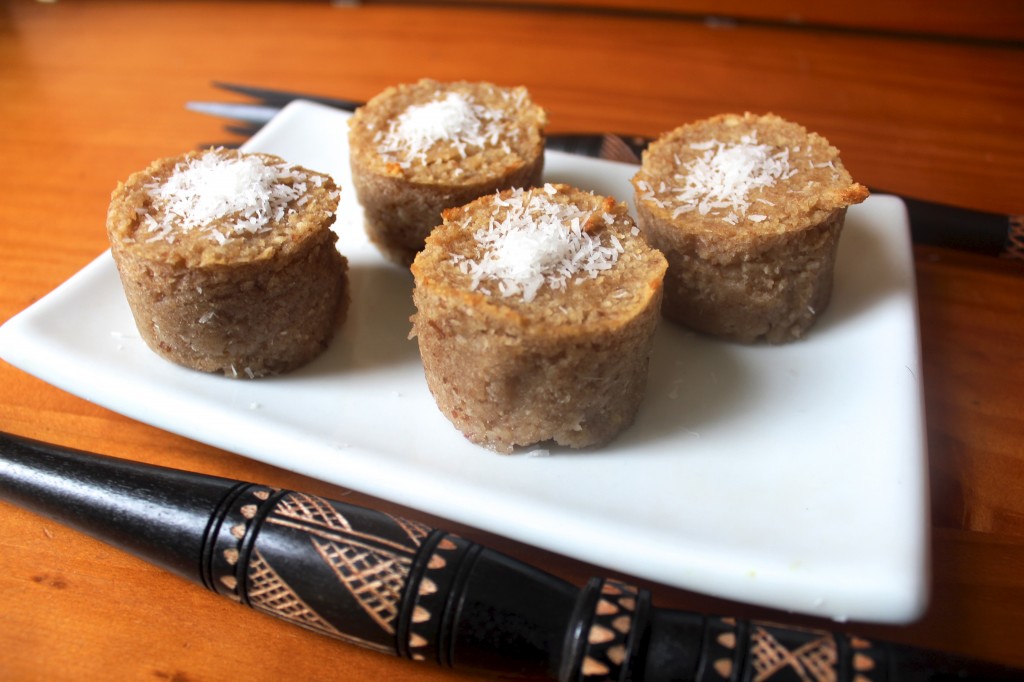

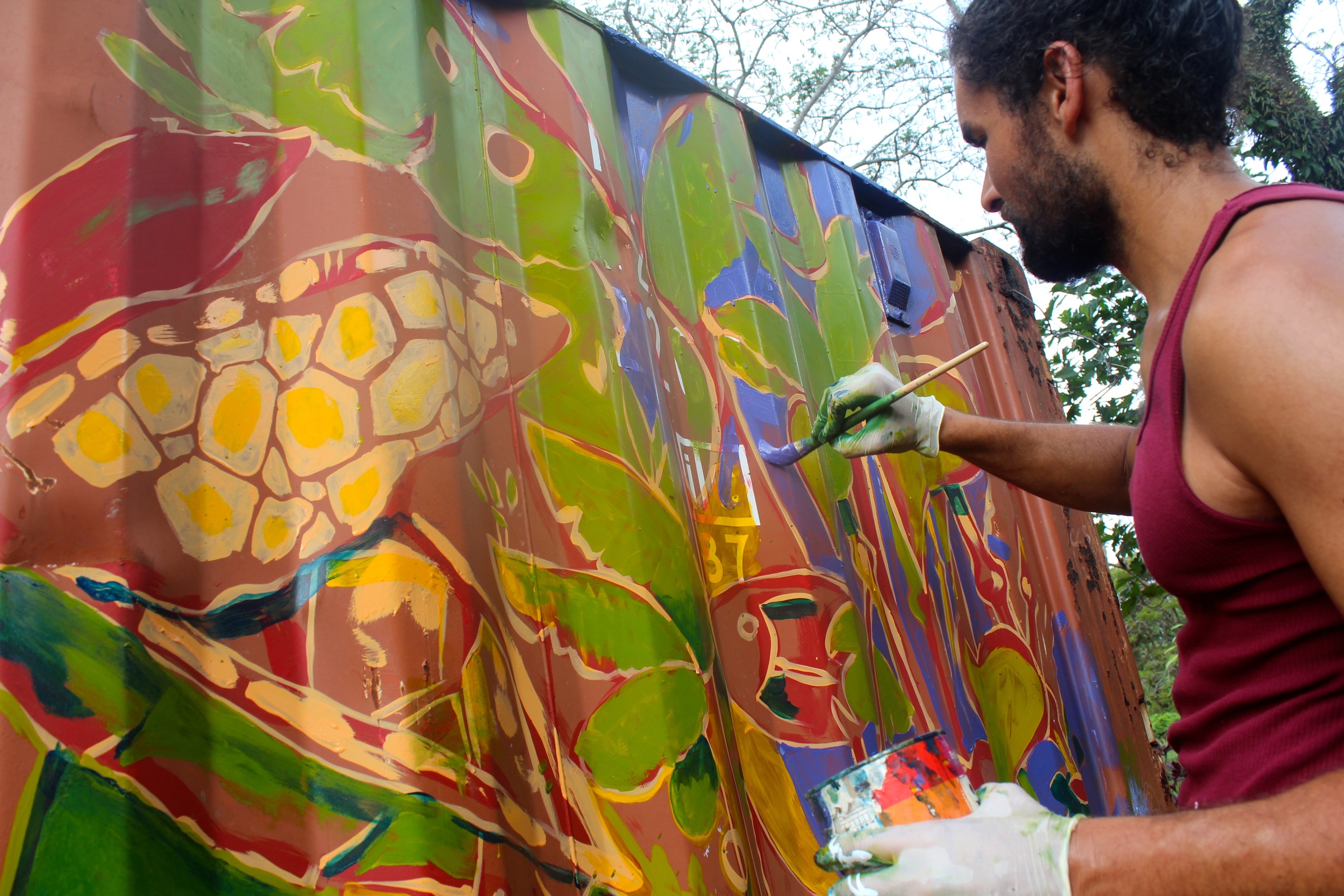
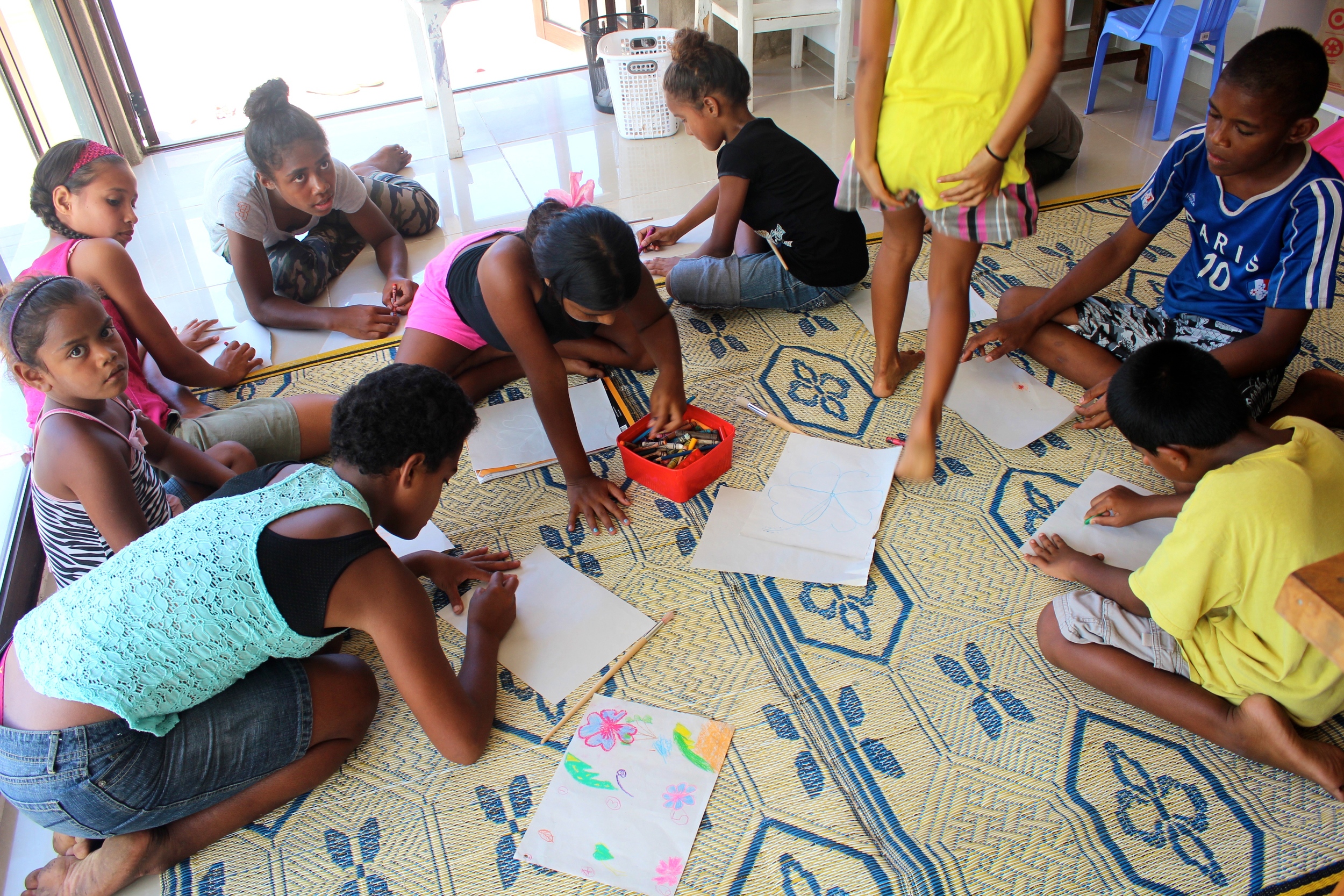
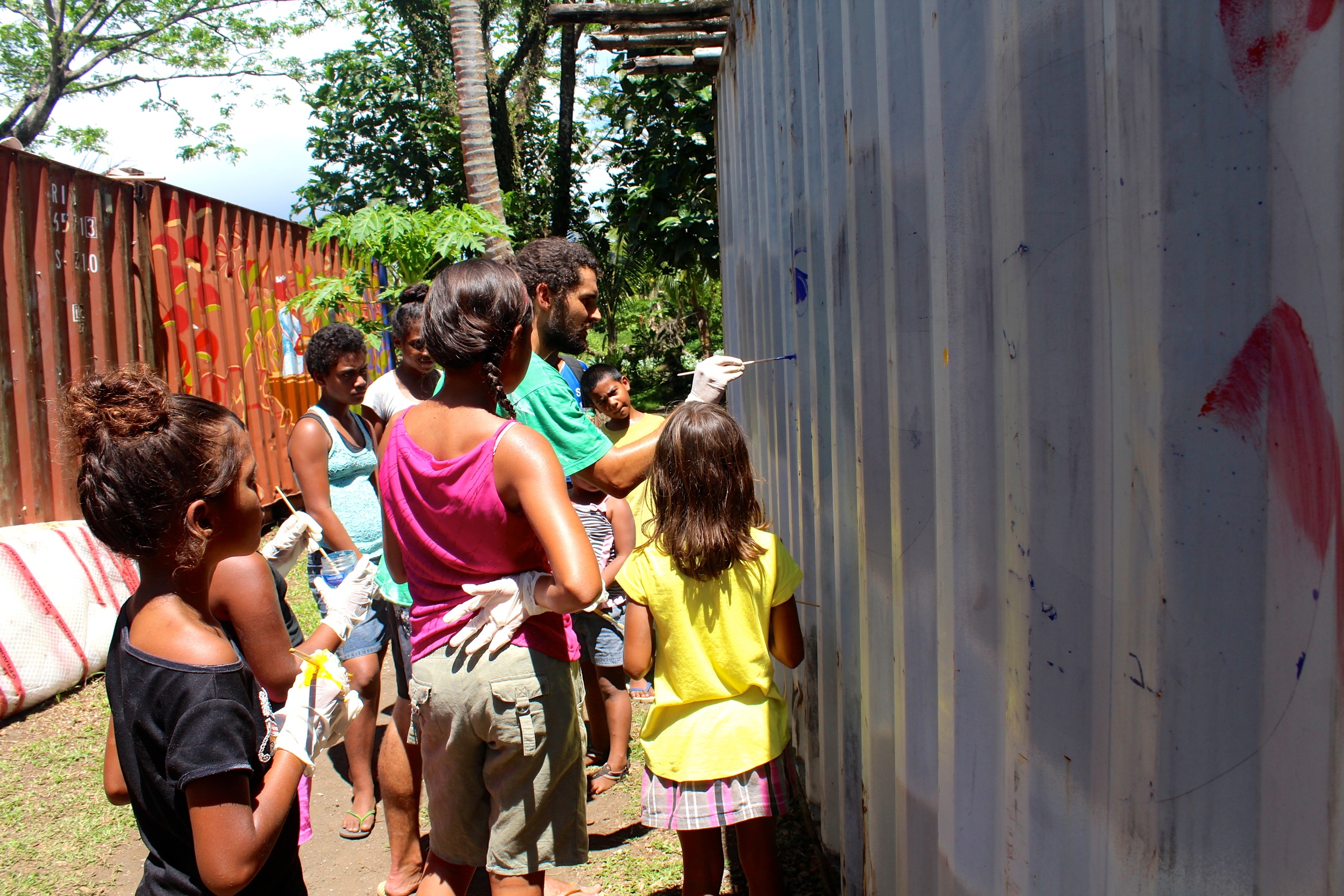
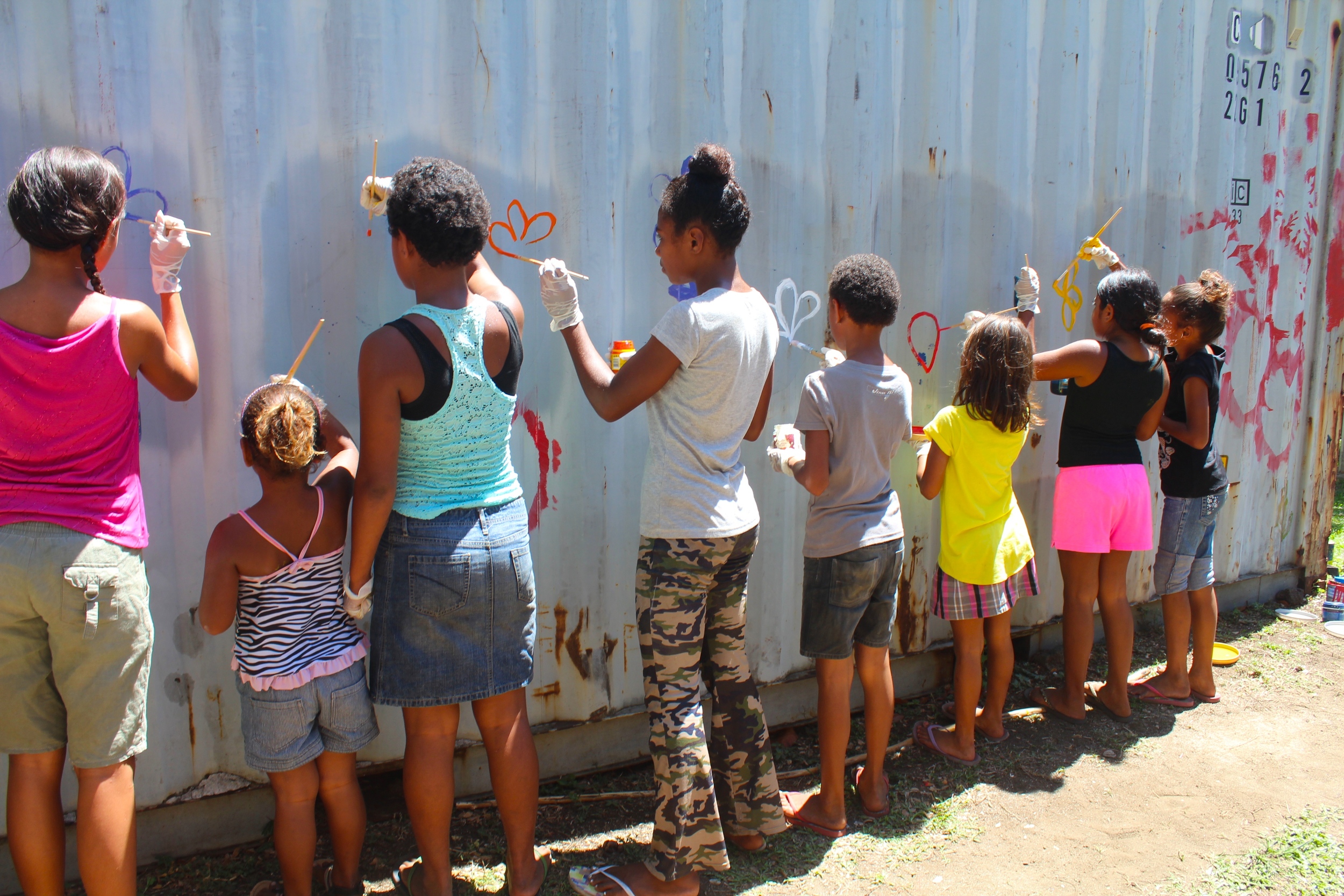






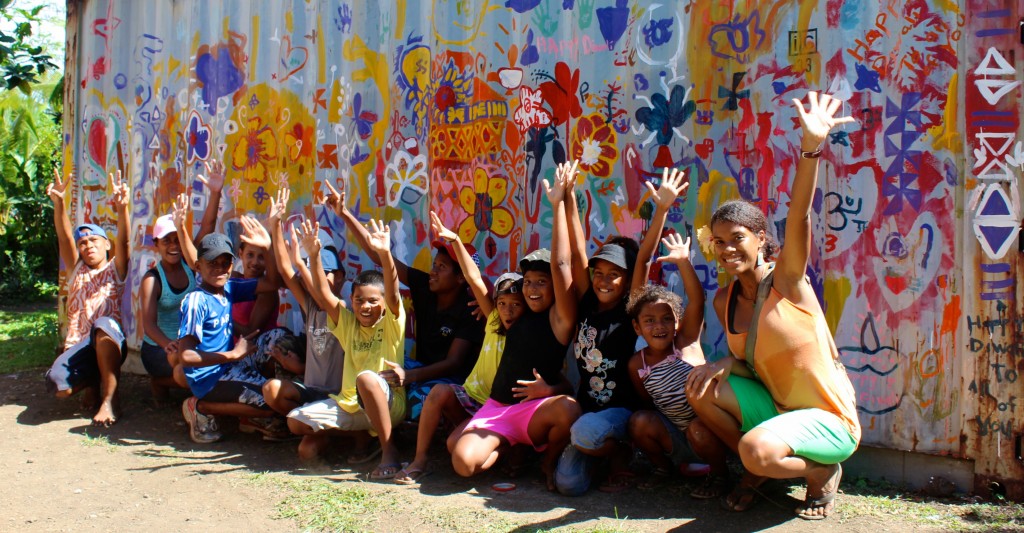


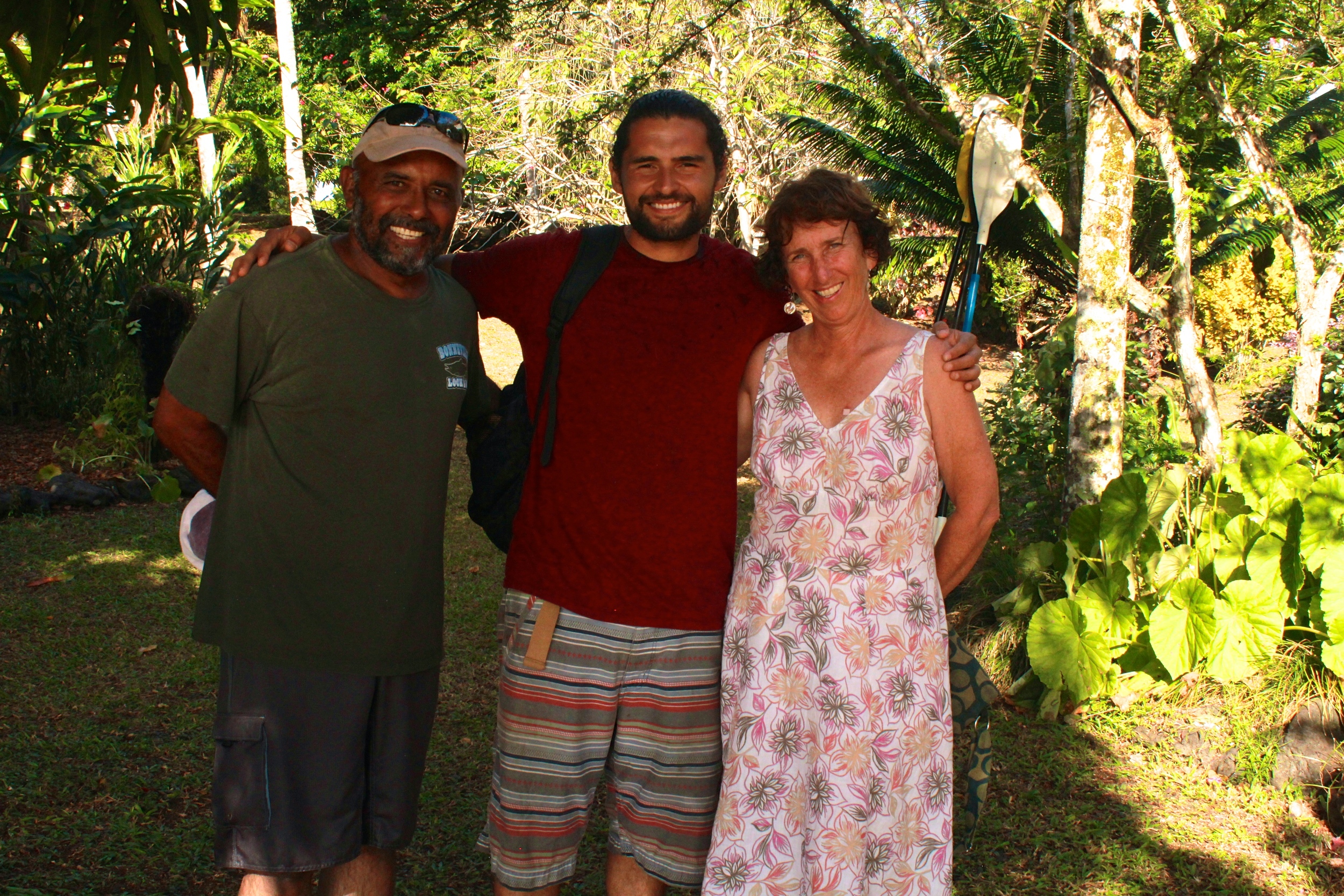
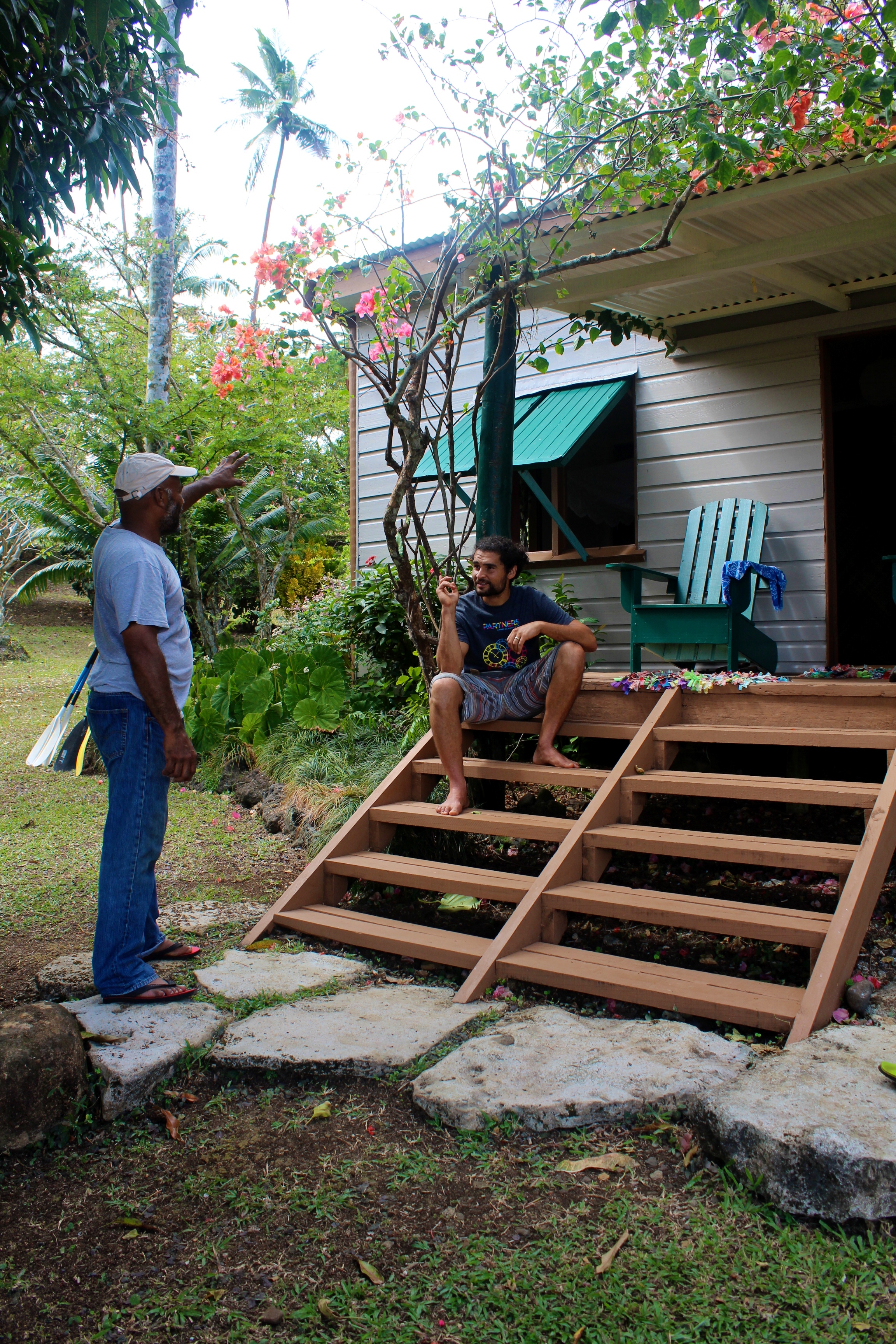
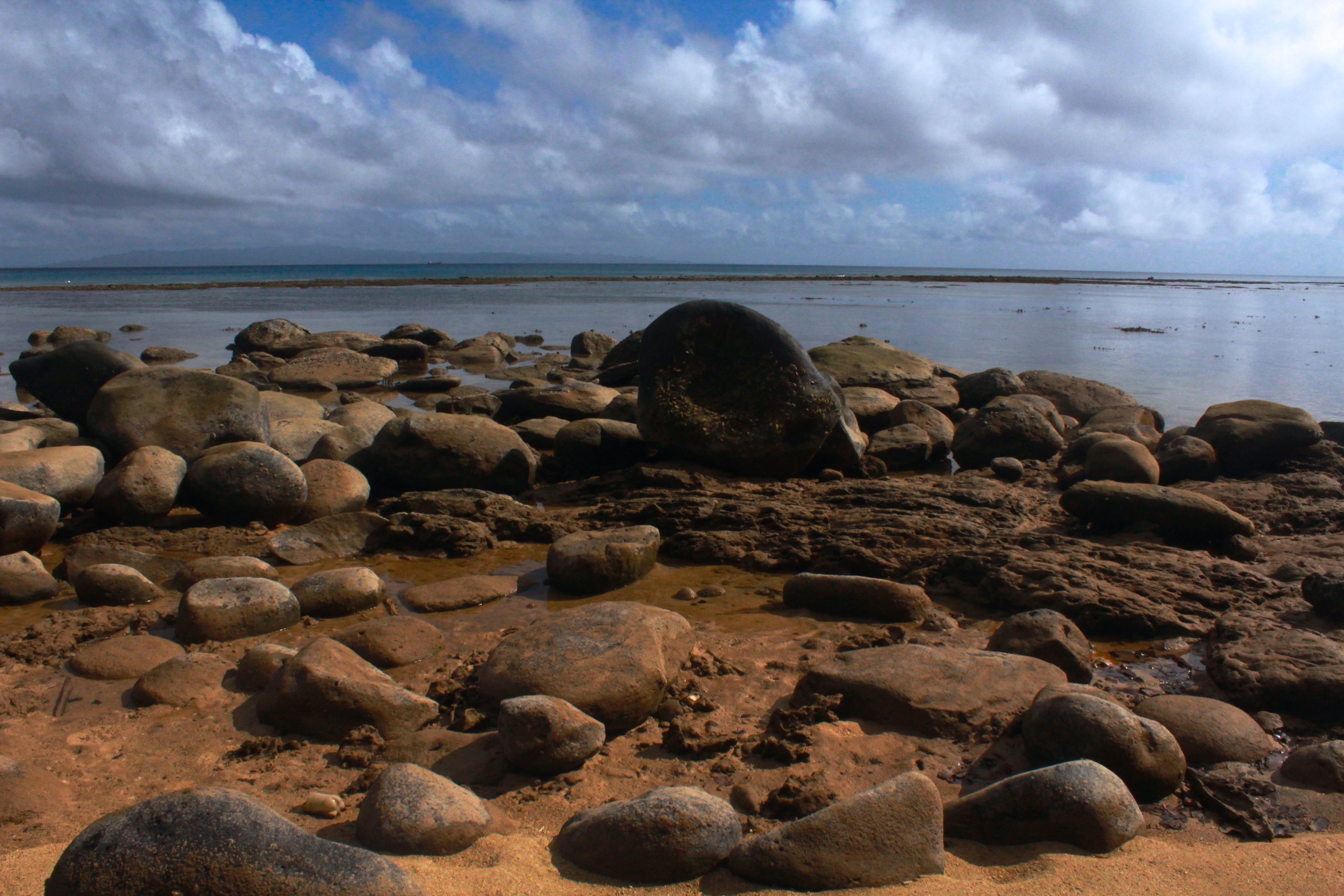
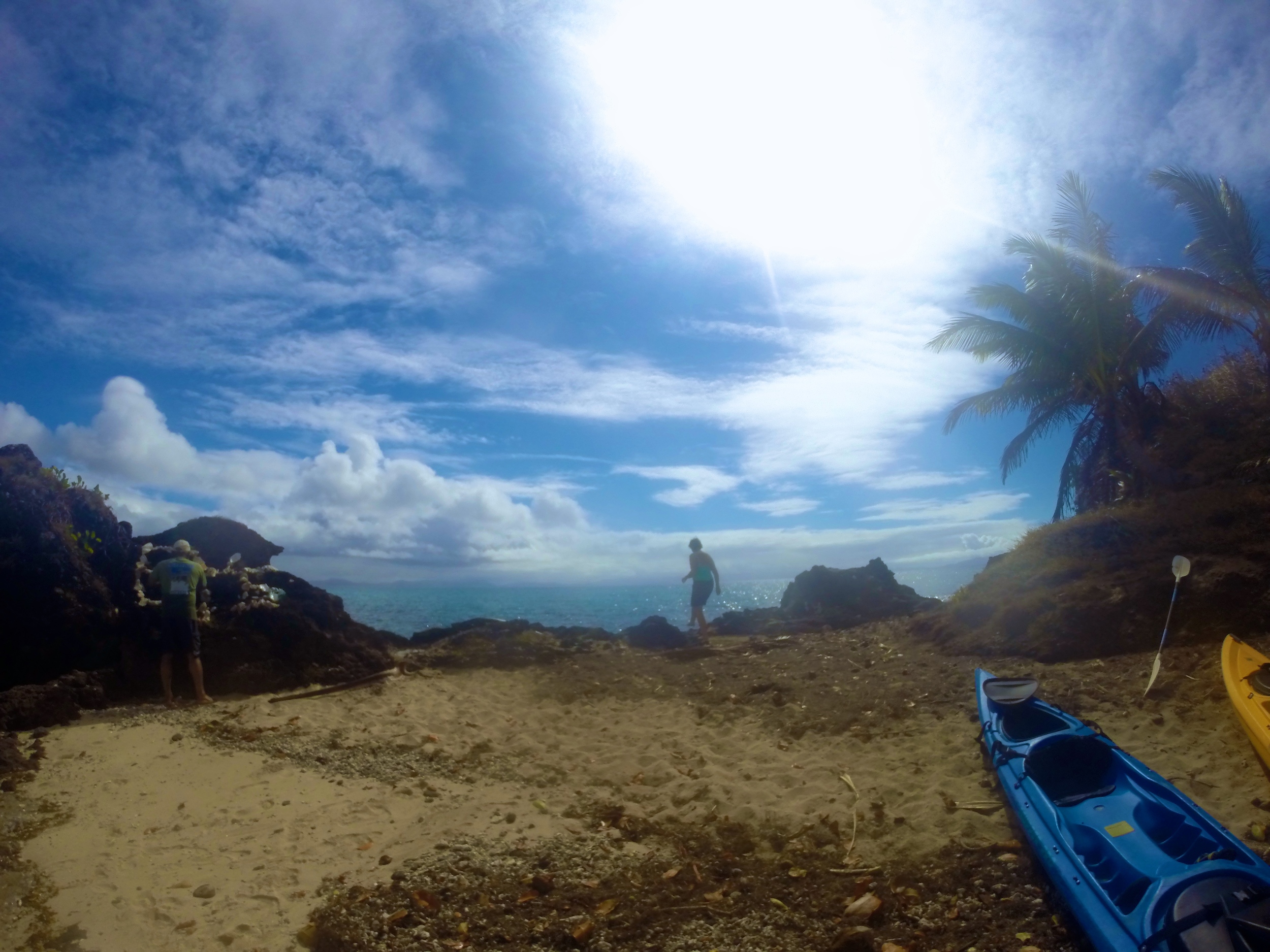
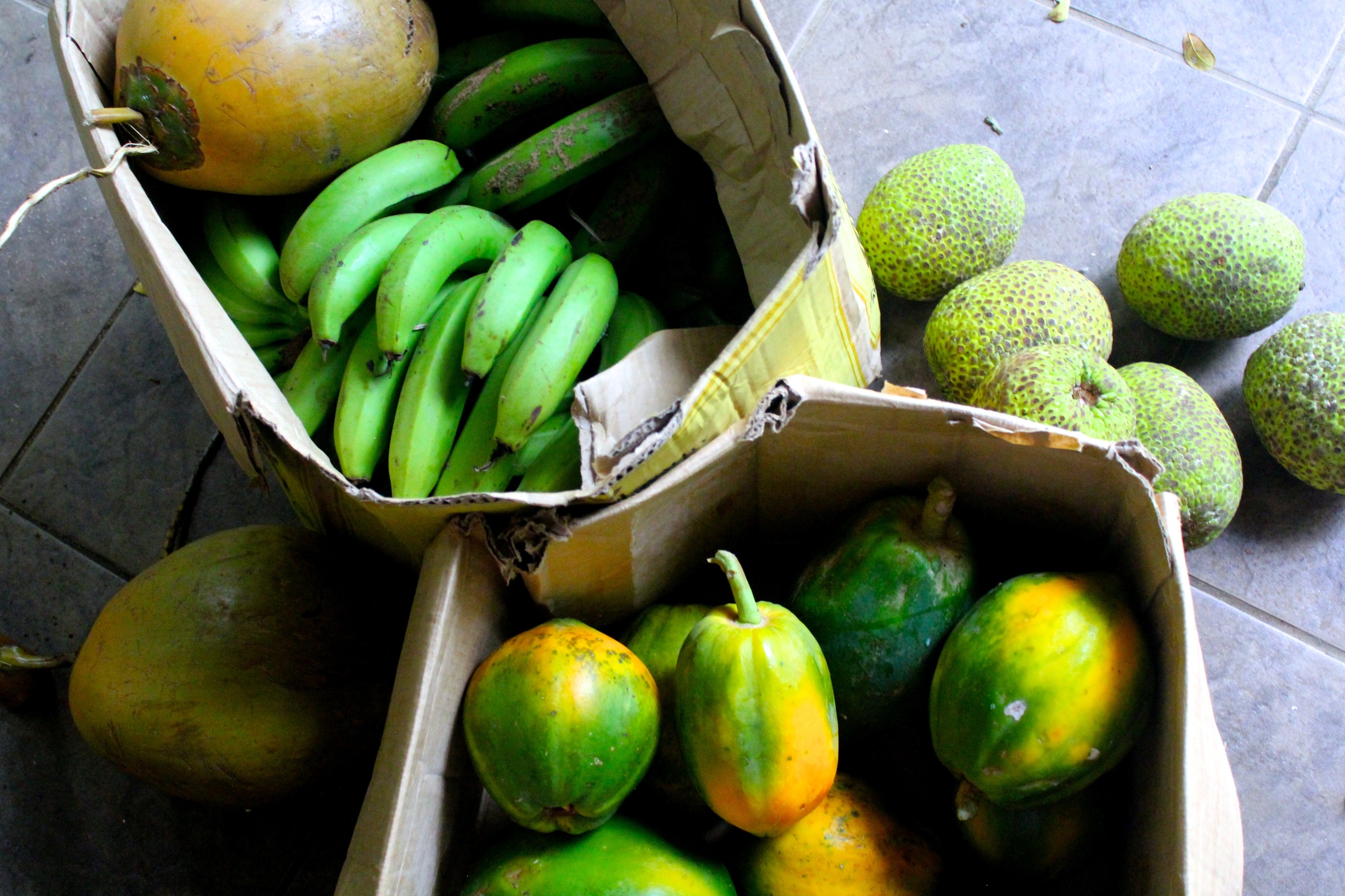


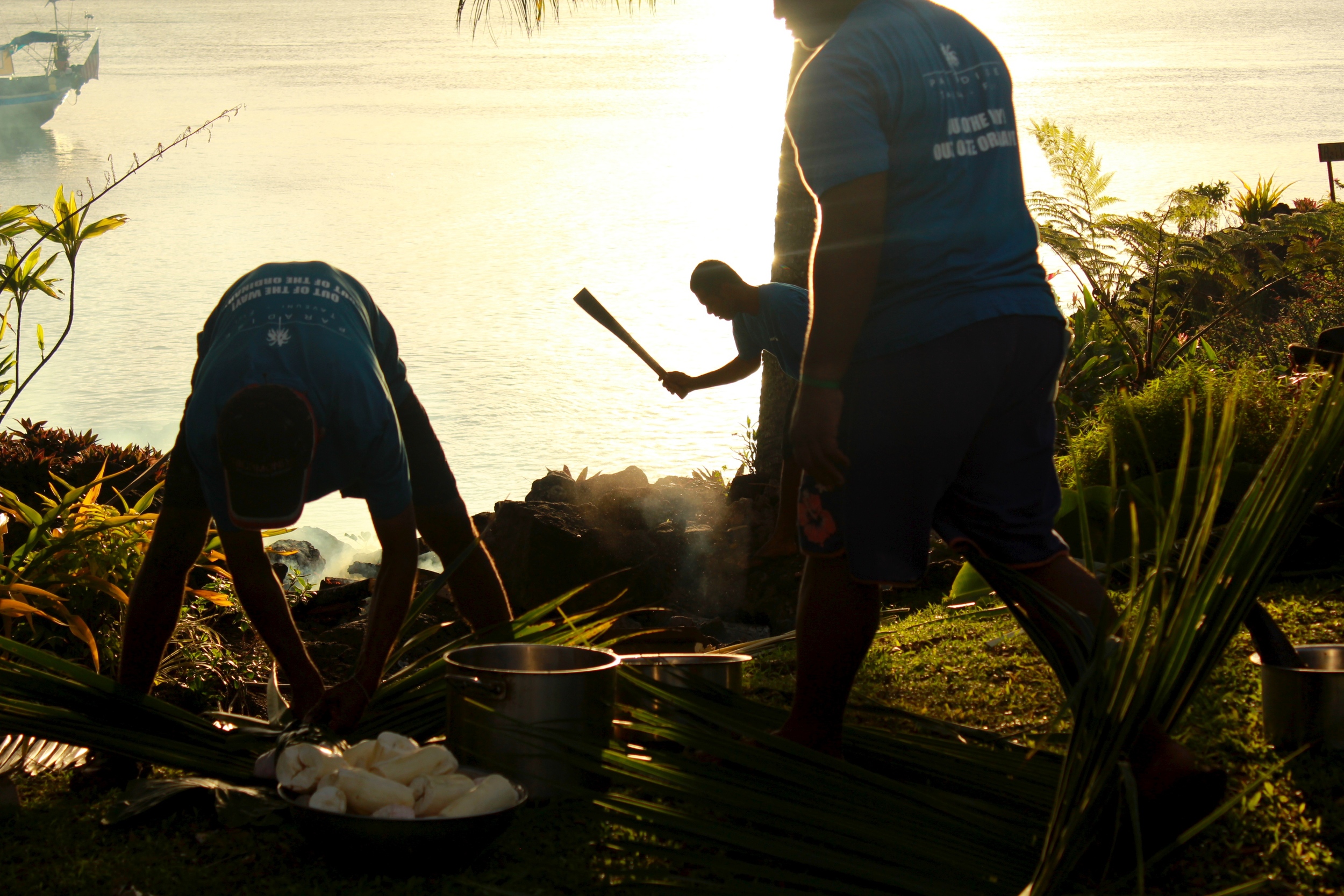






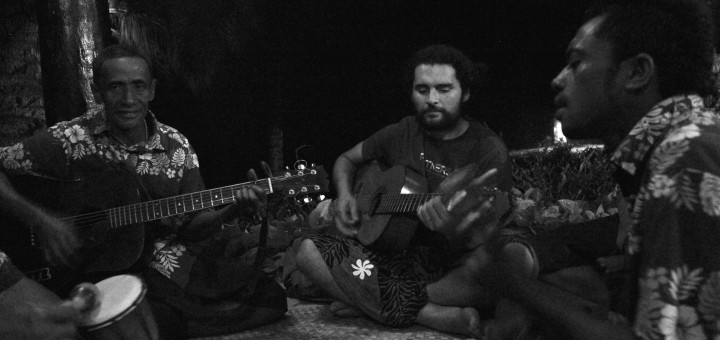



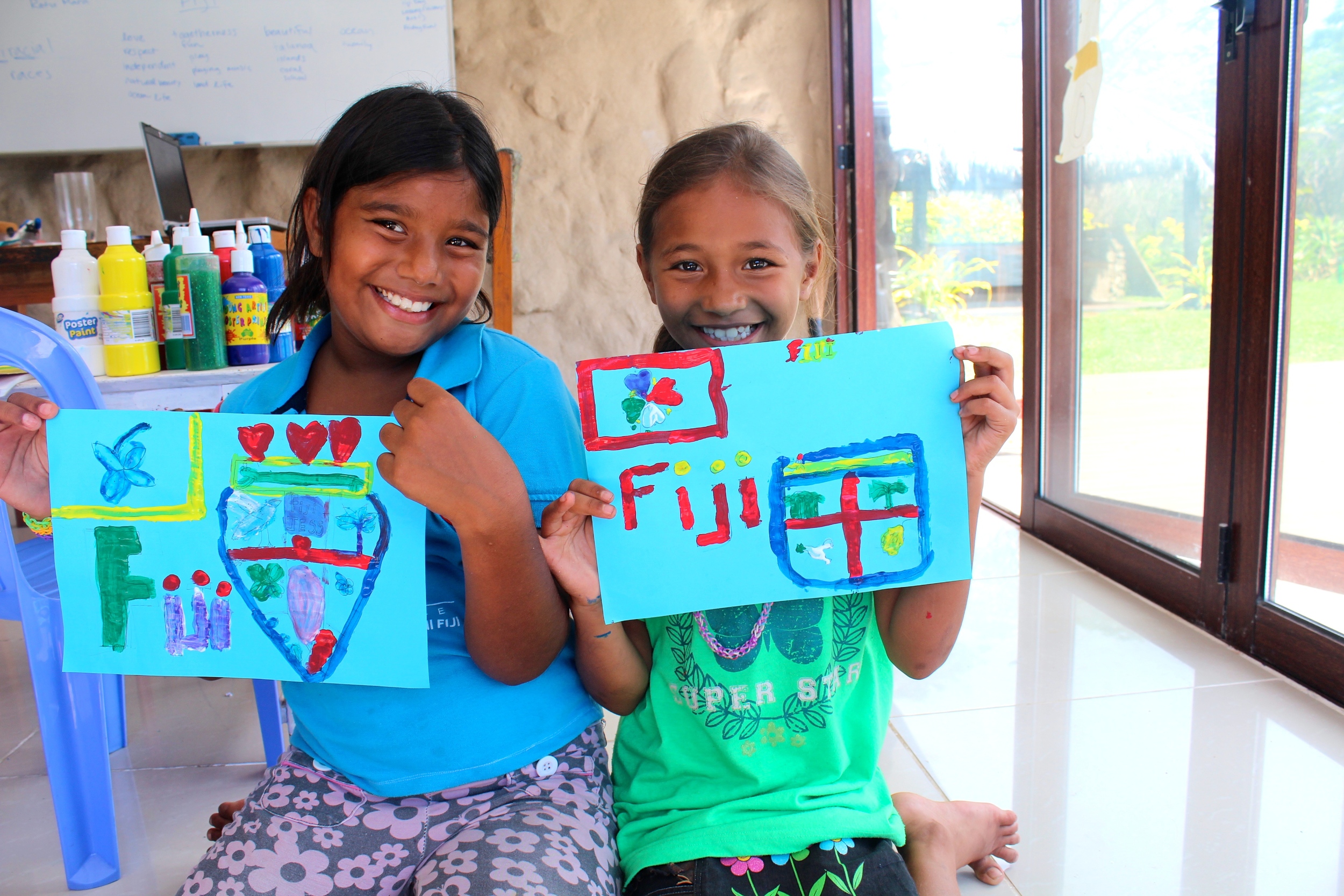
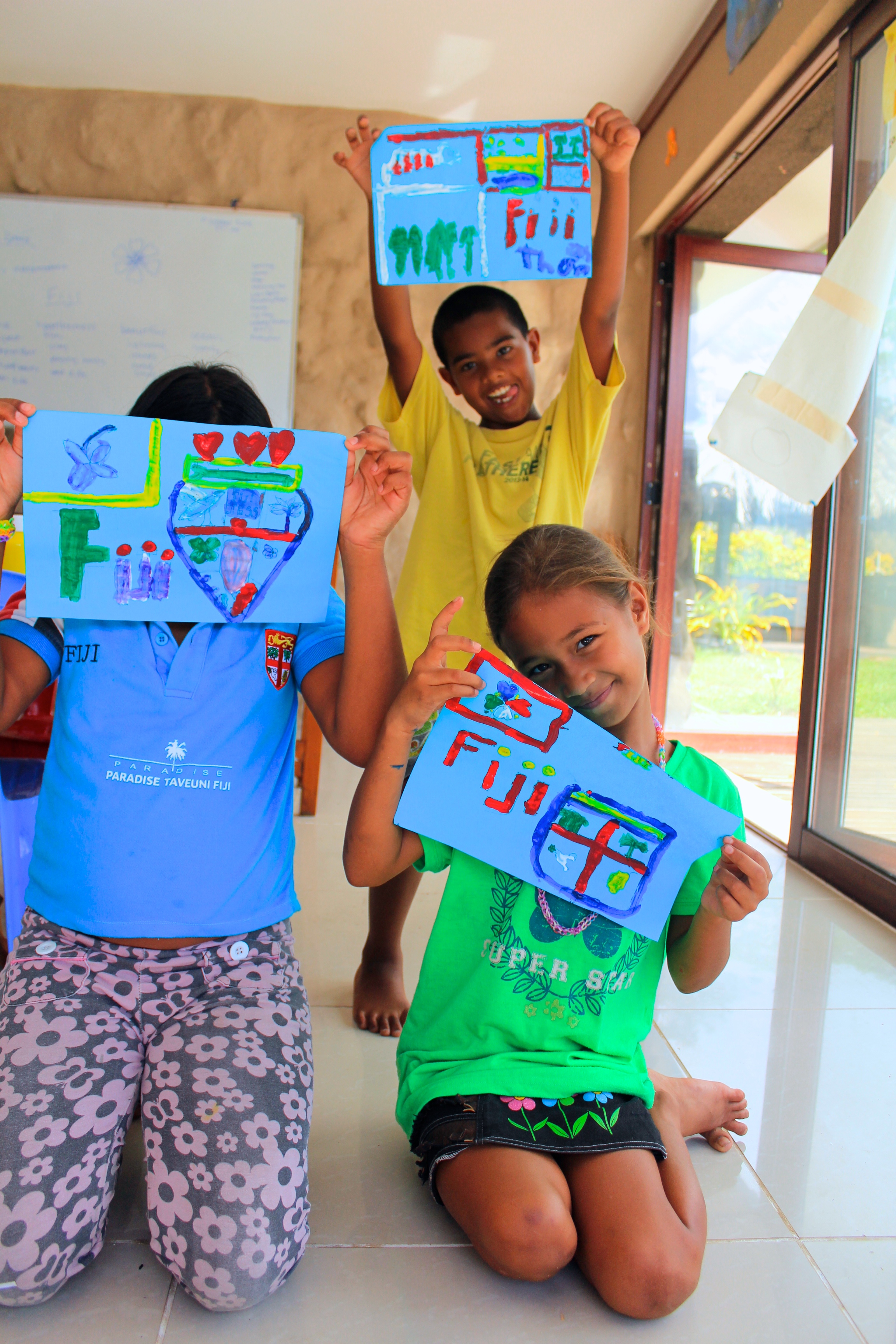


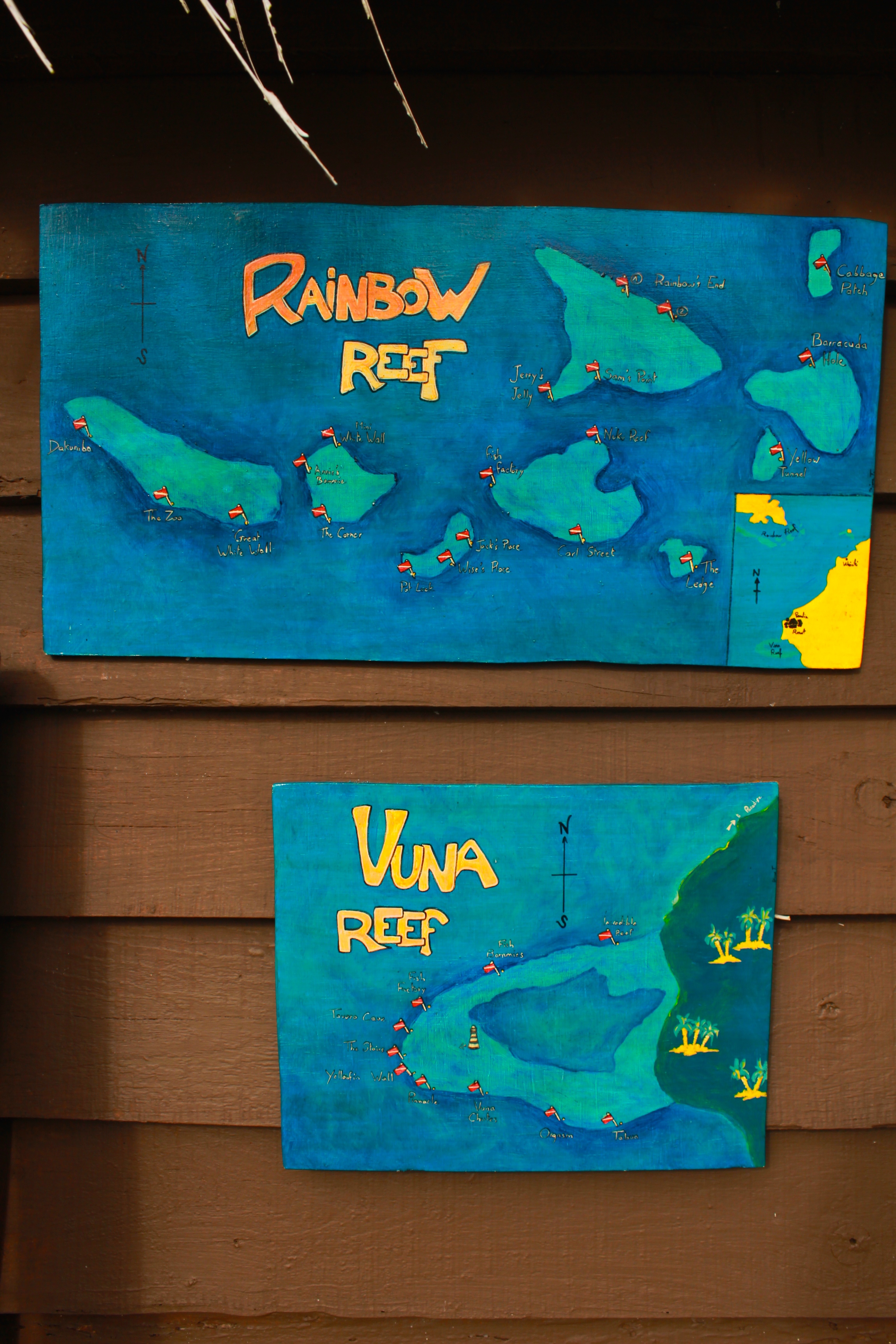
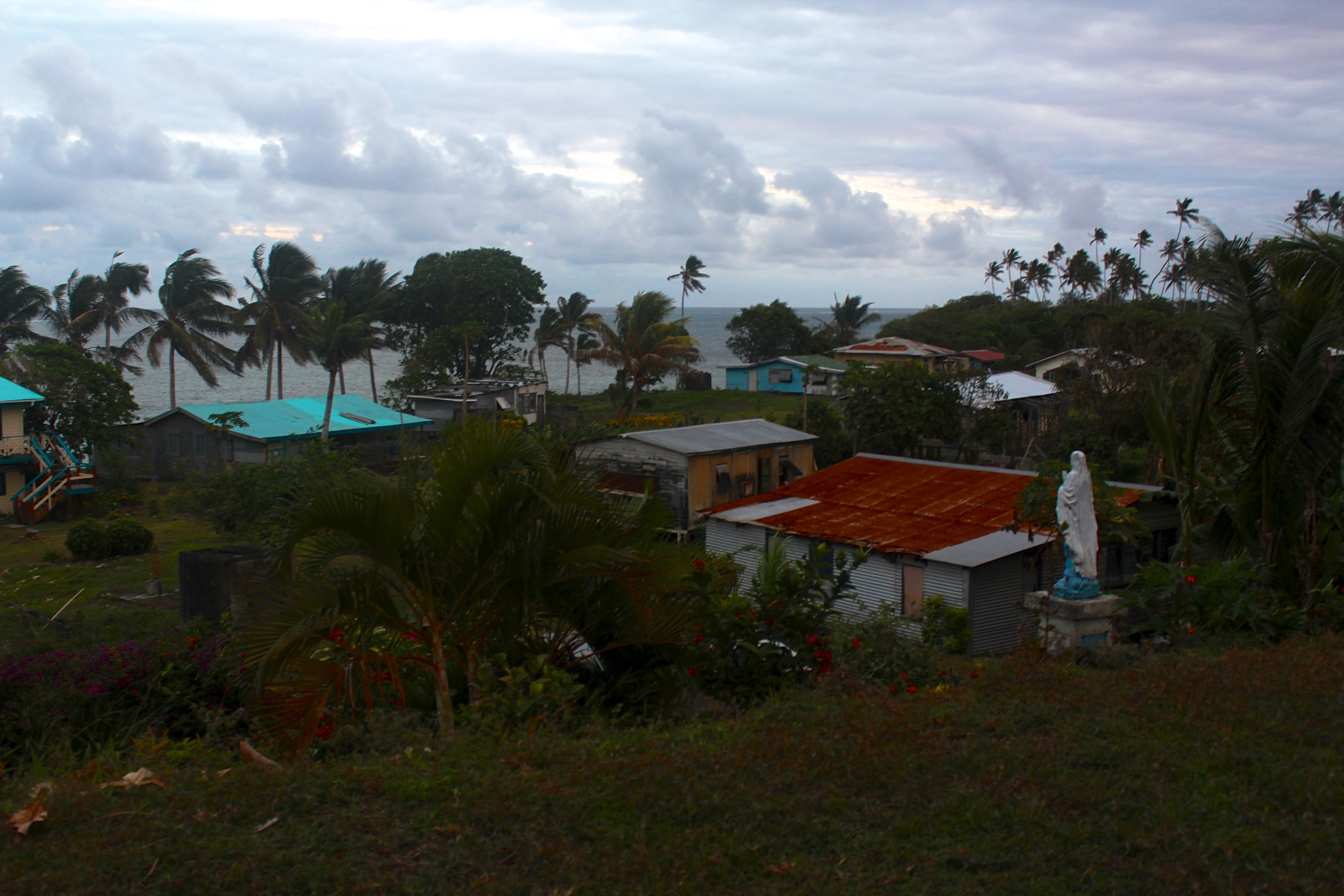
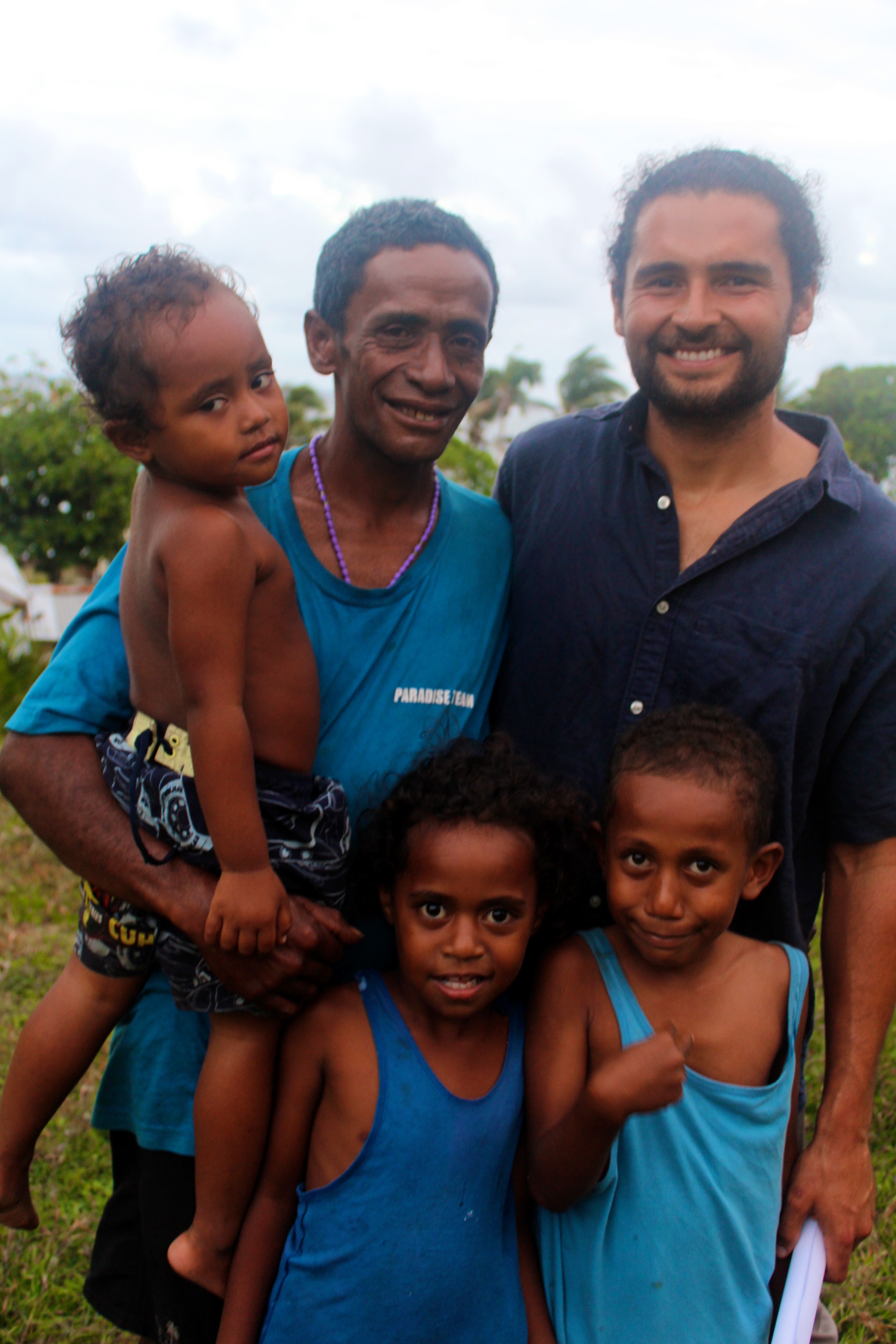
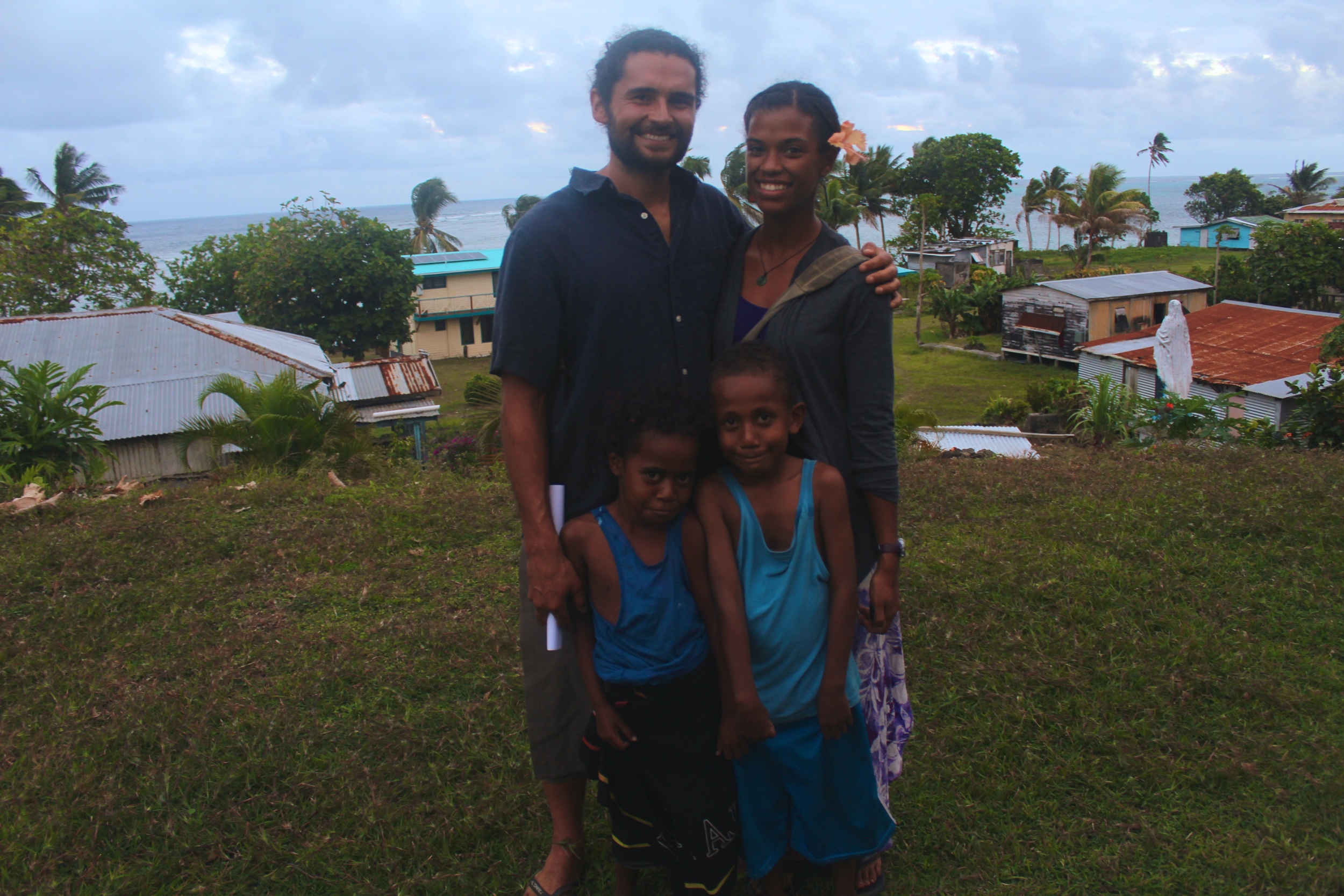
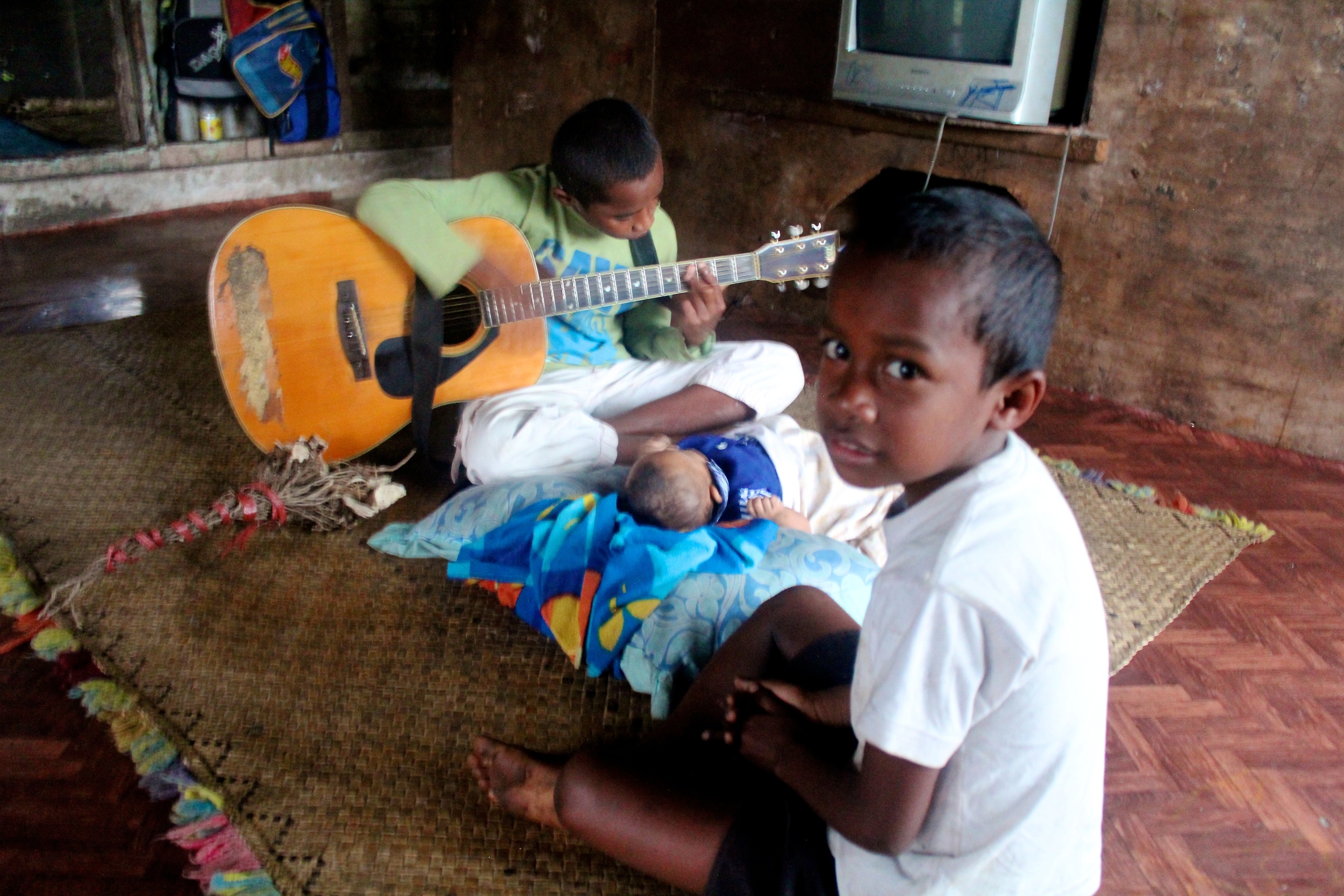
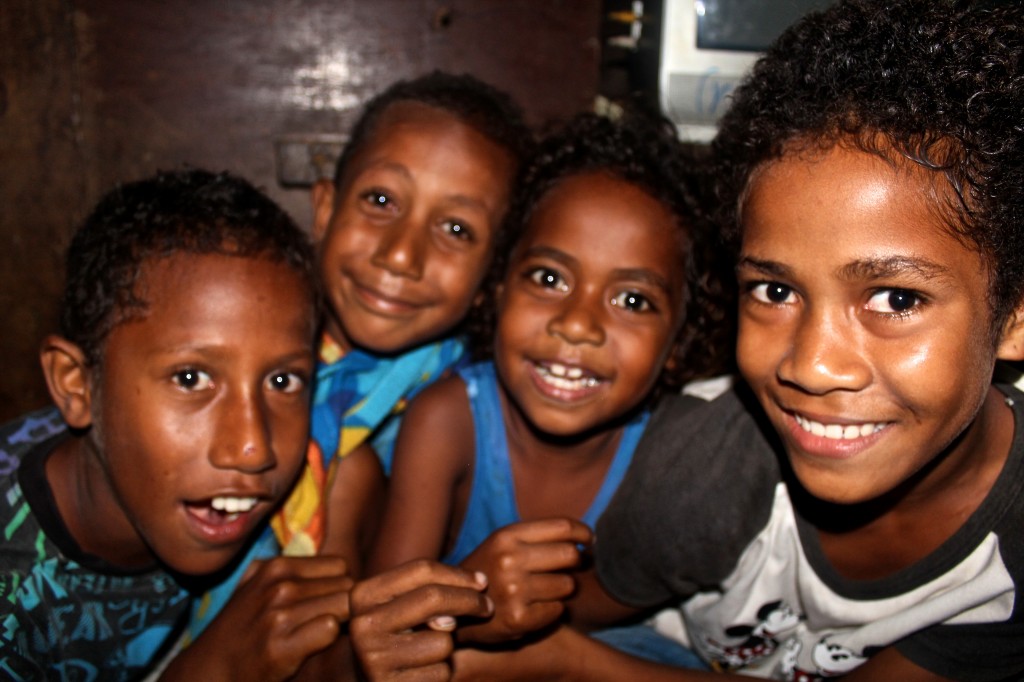


 The recipe is straightforward and the kids did everything on their own except operate the blender!
The recipe is straightforward and the kids did everything on their own except operate the blender!